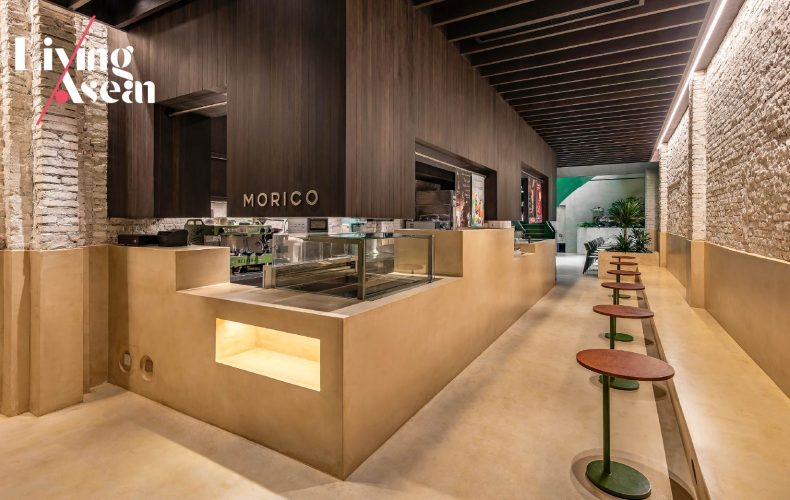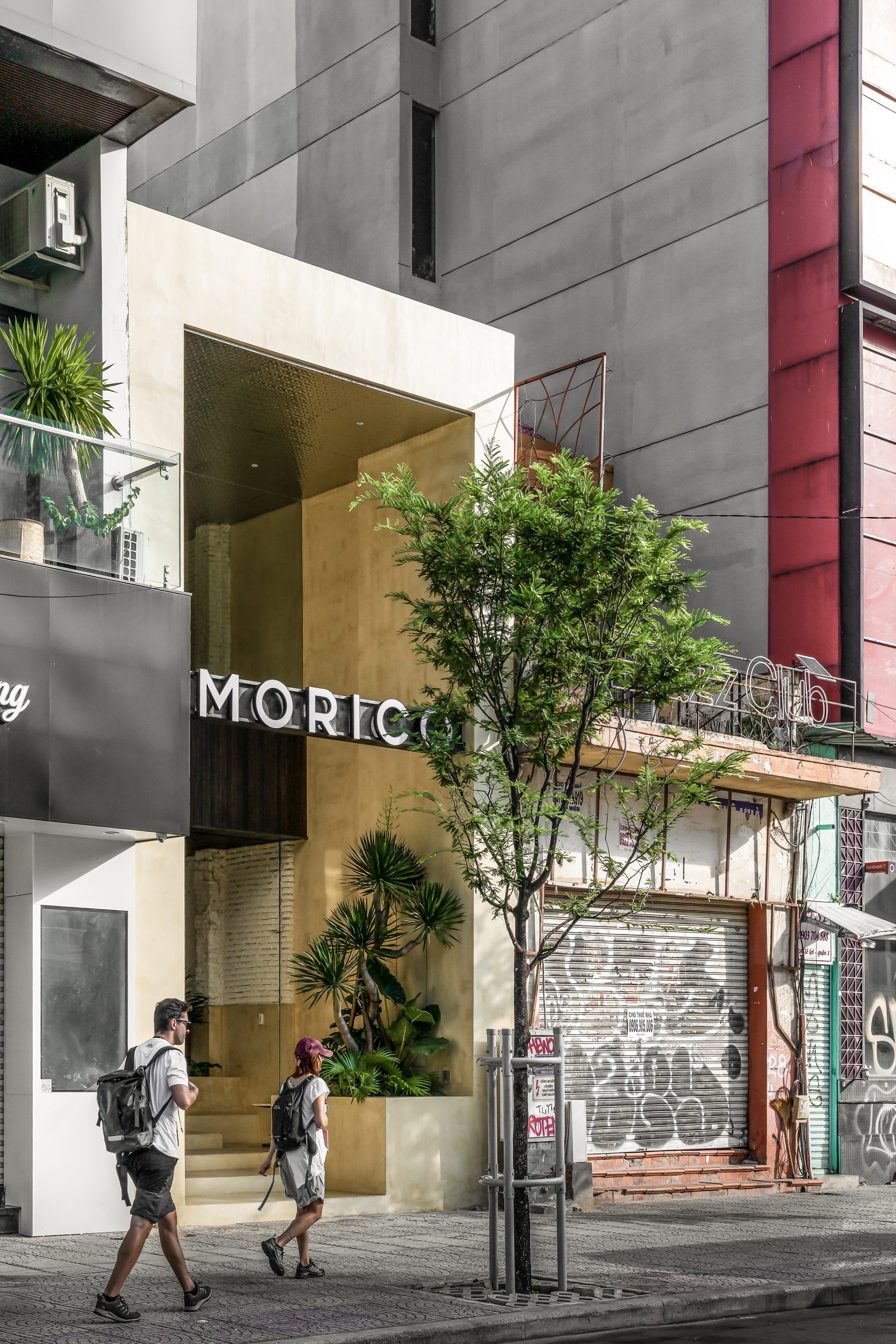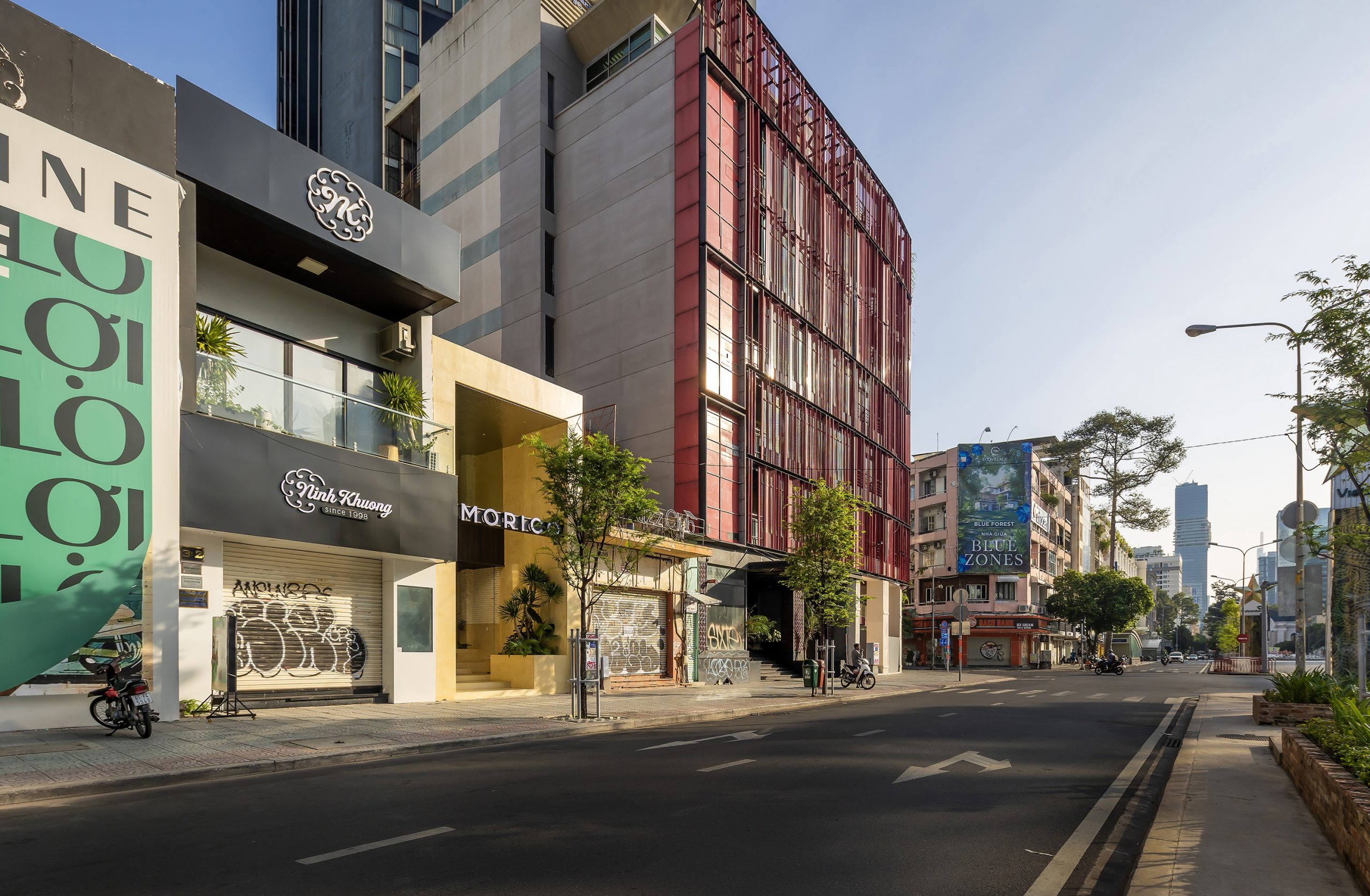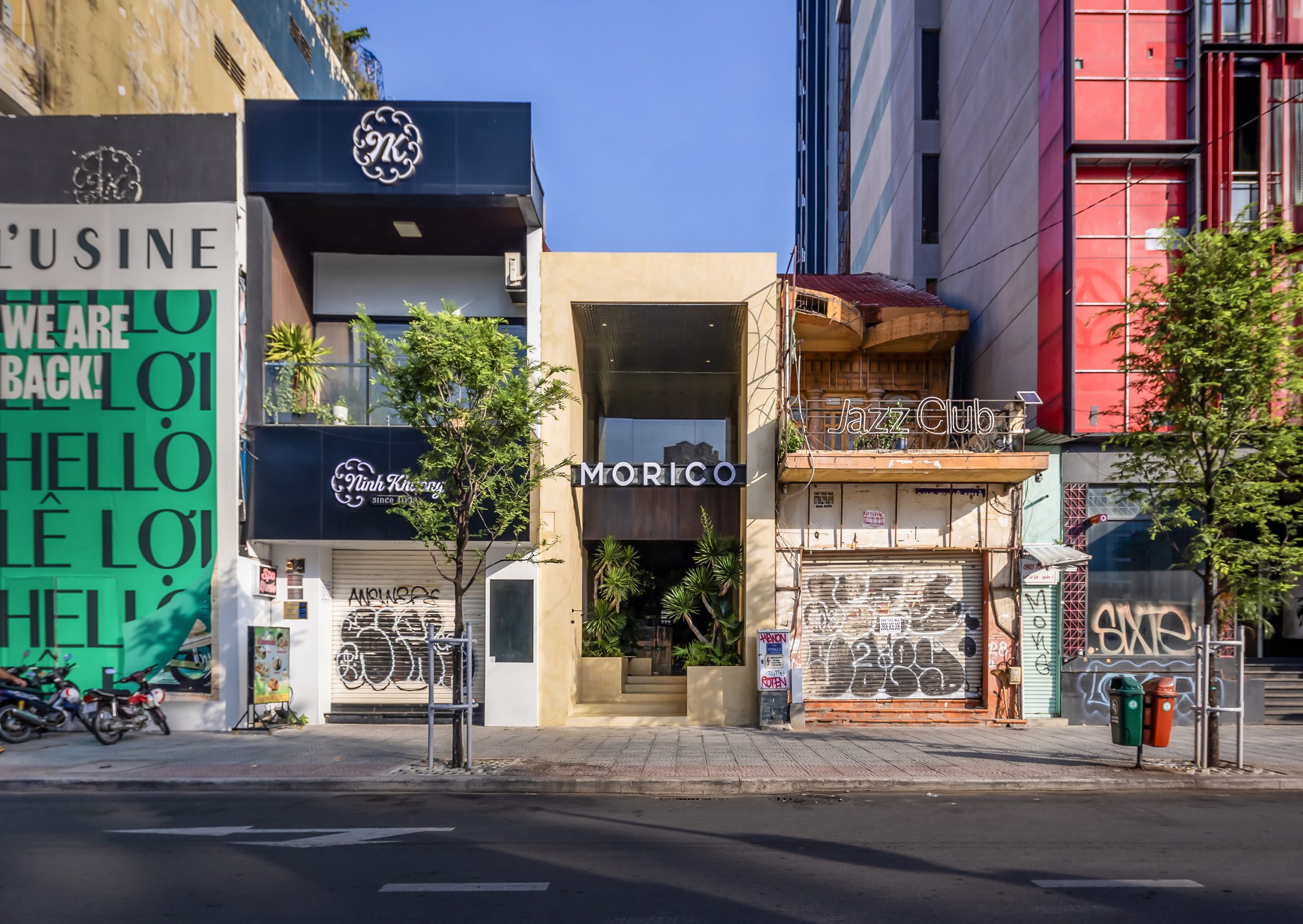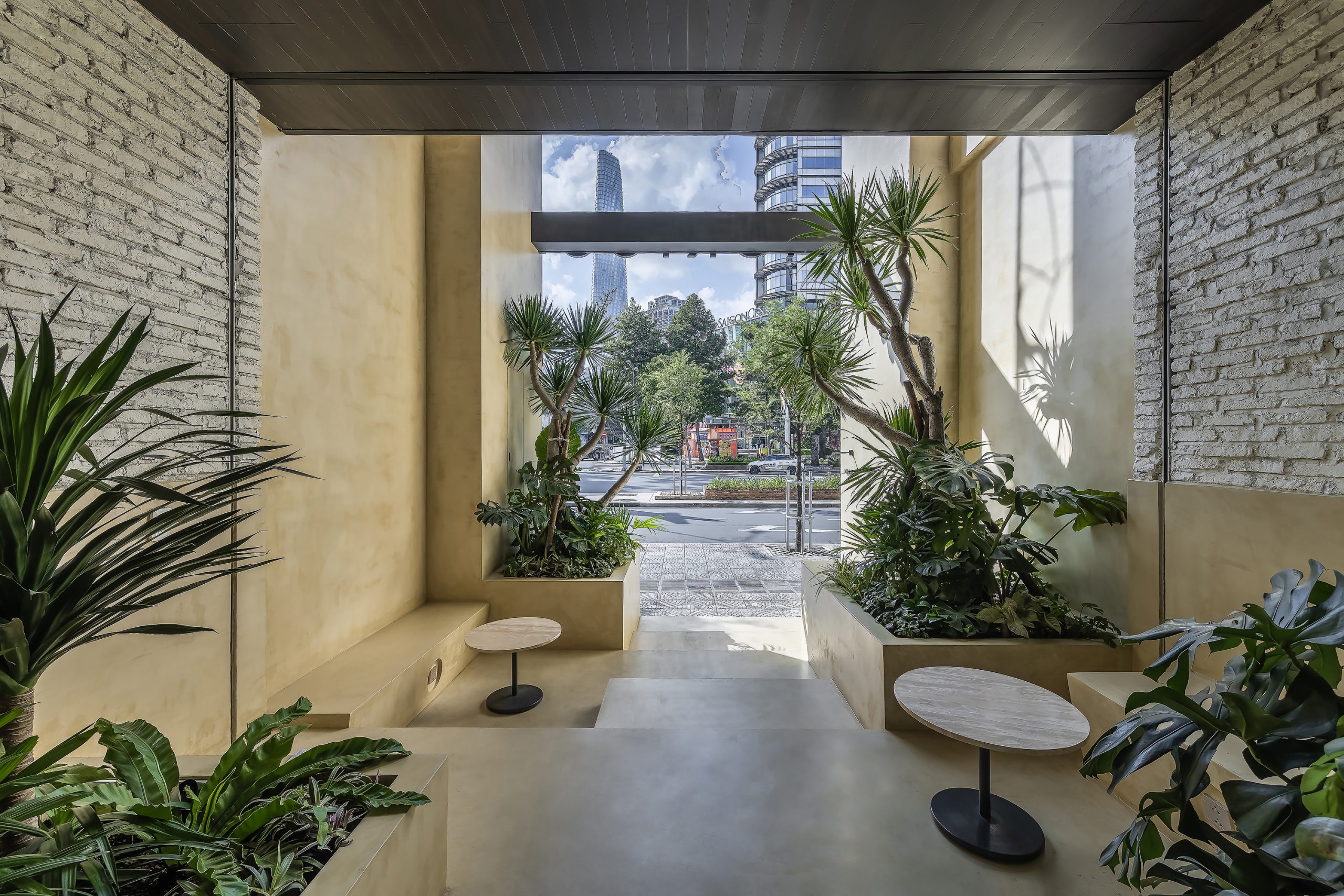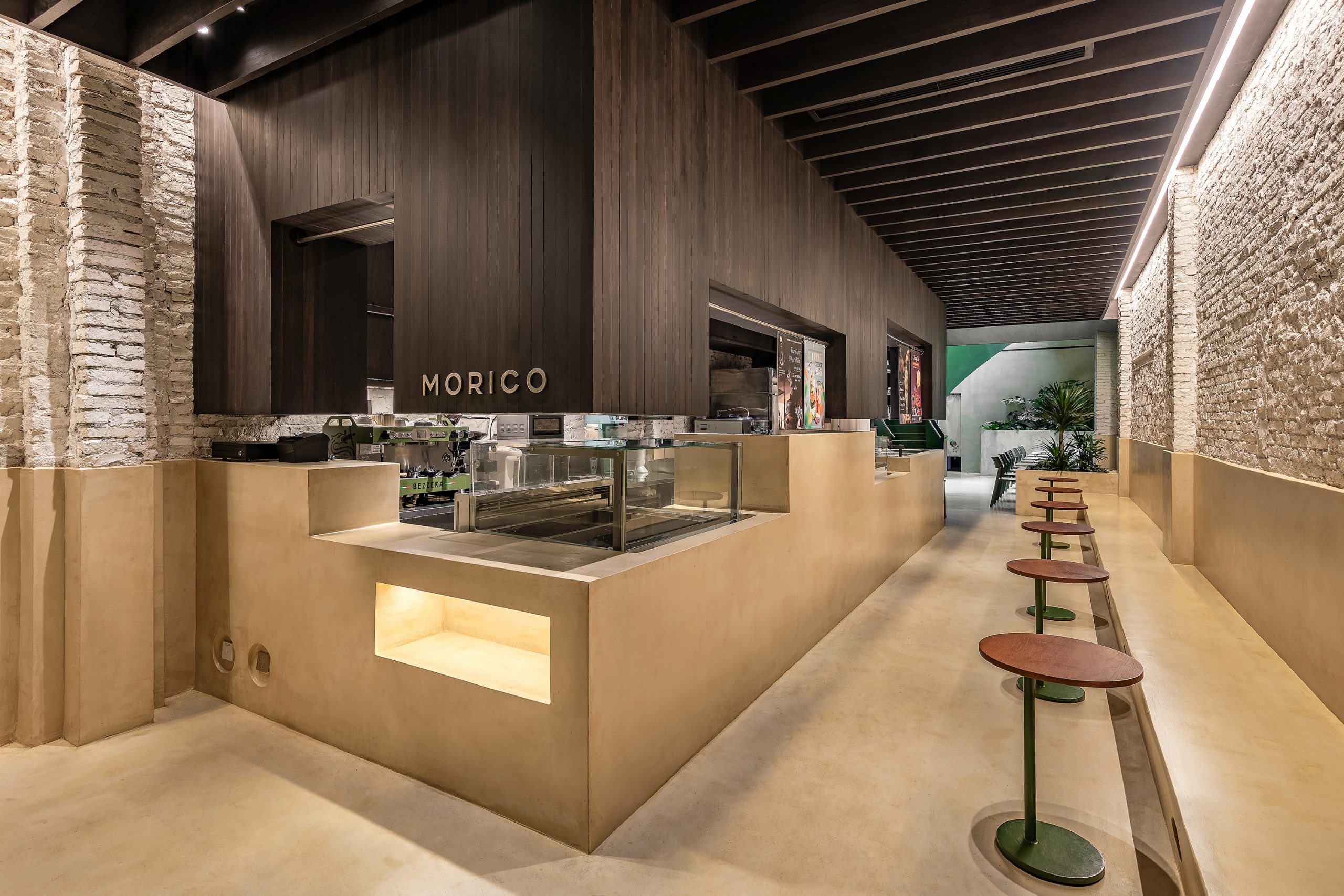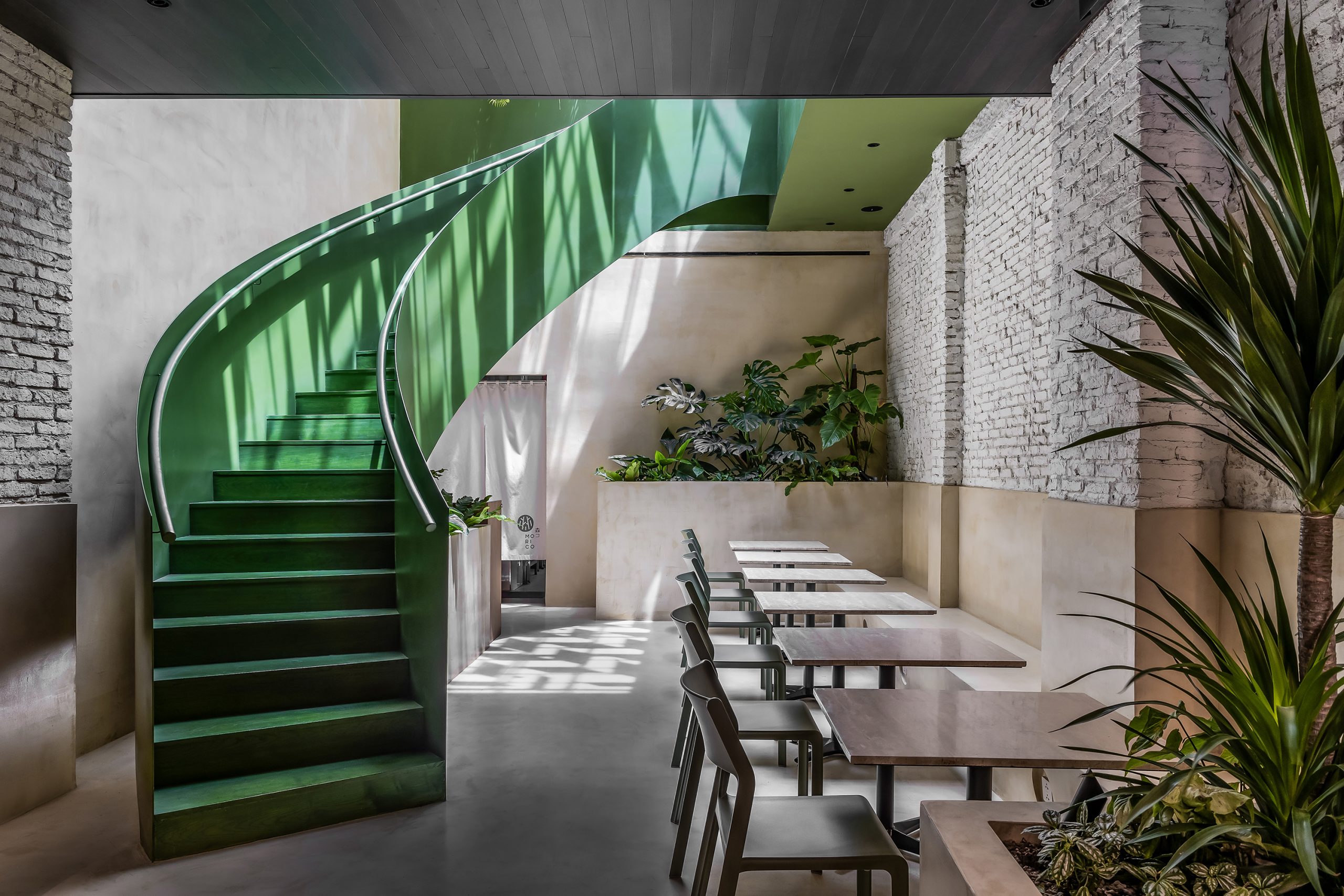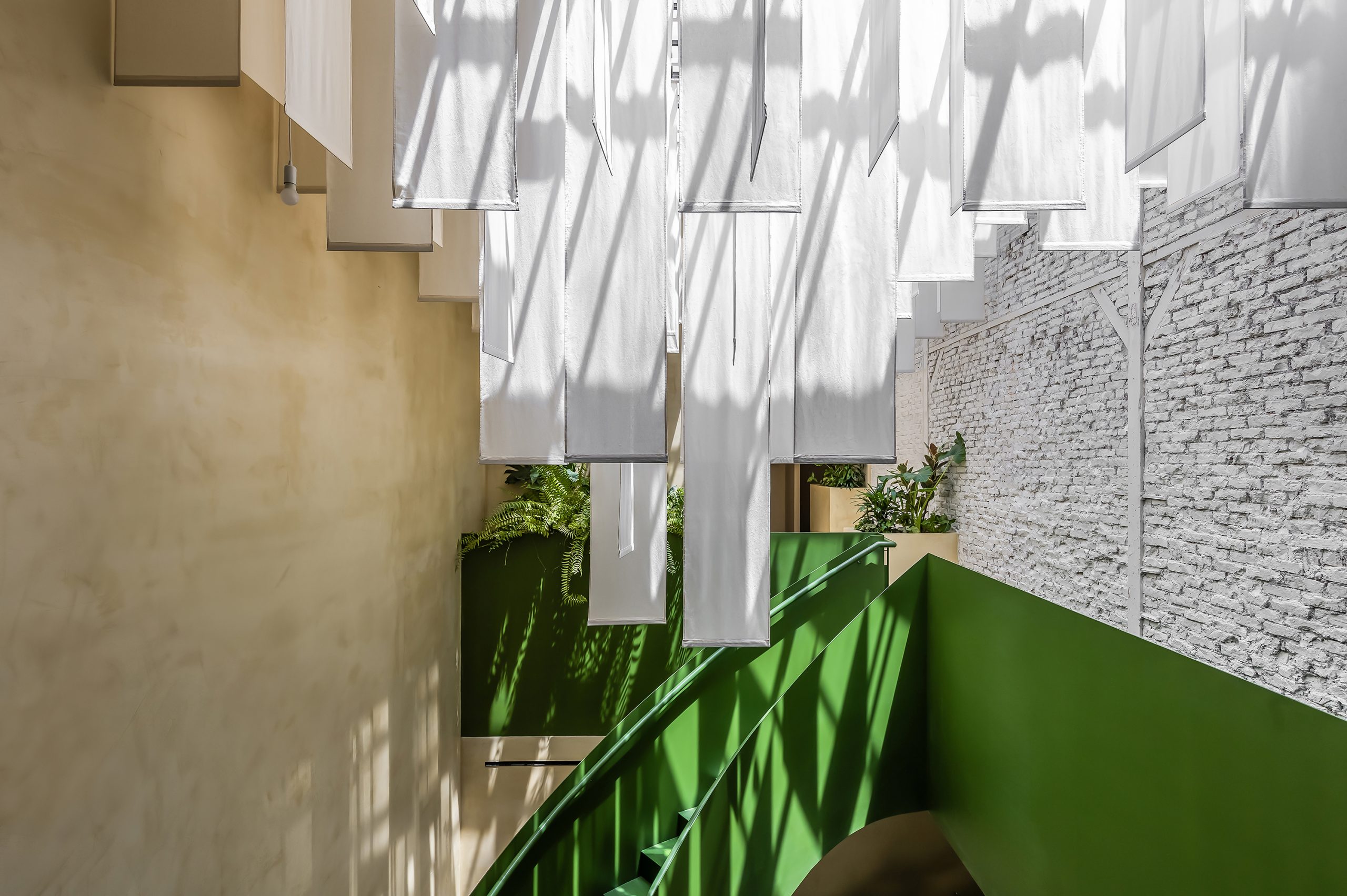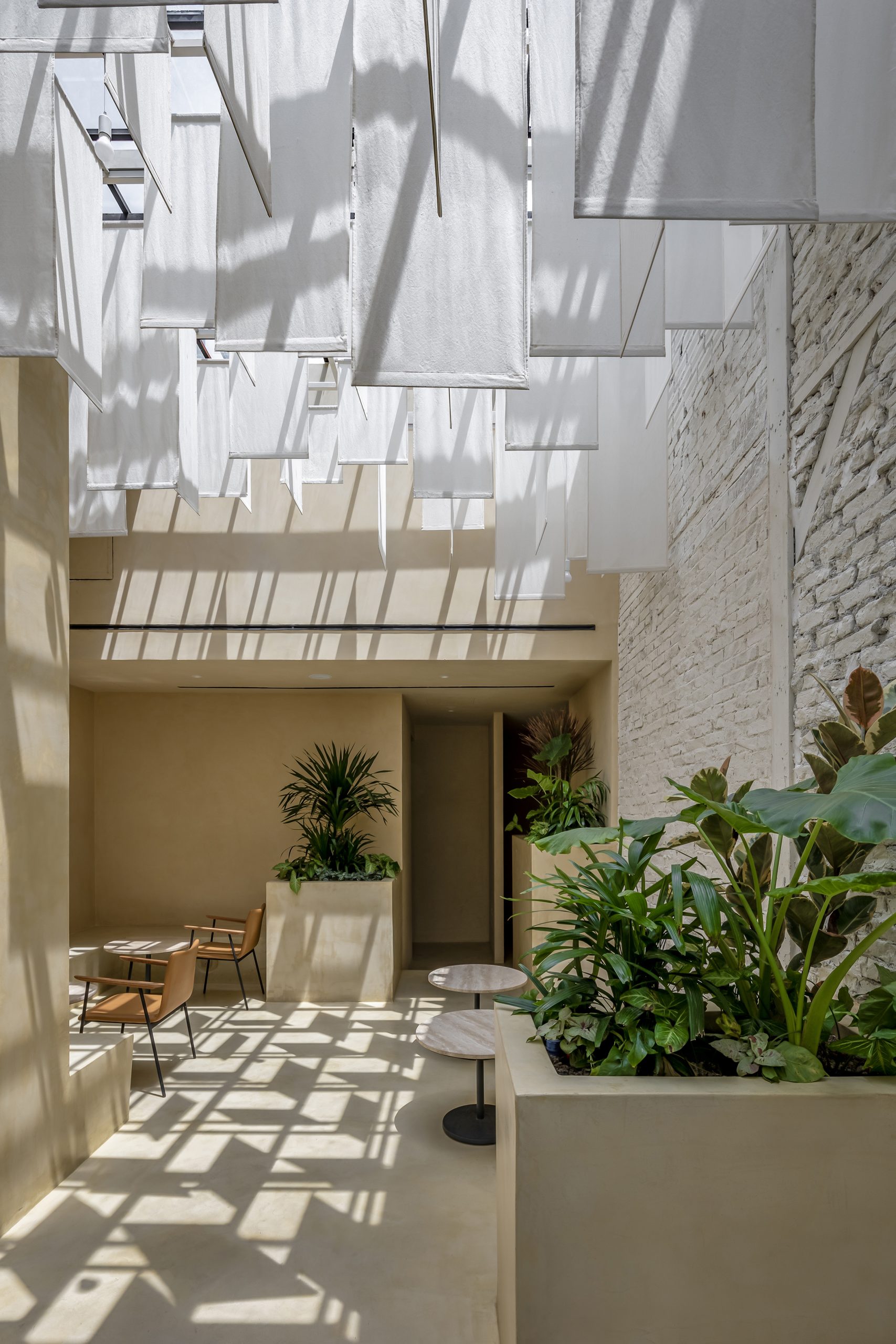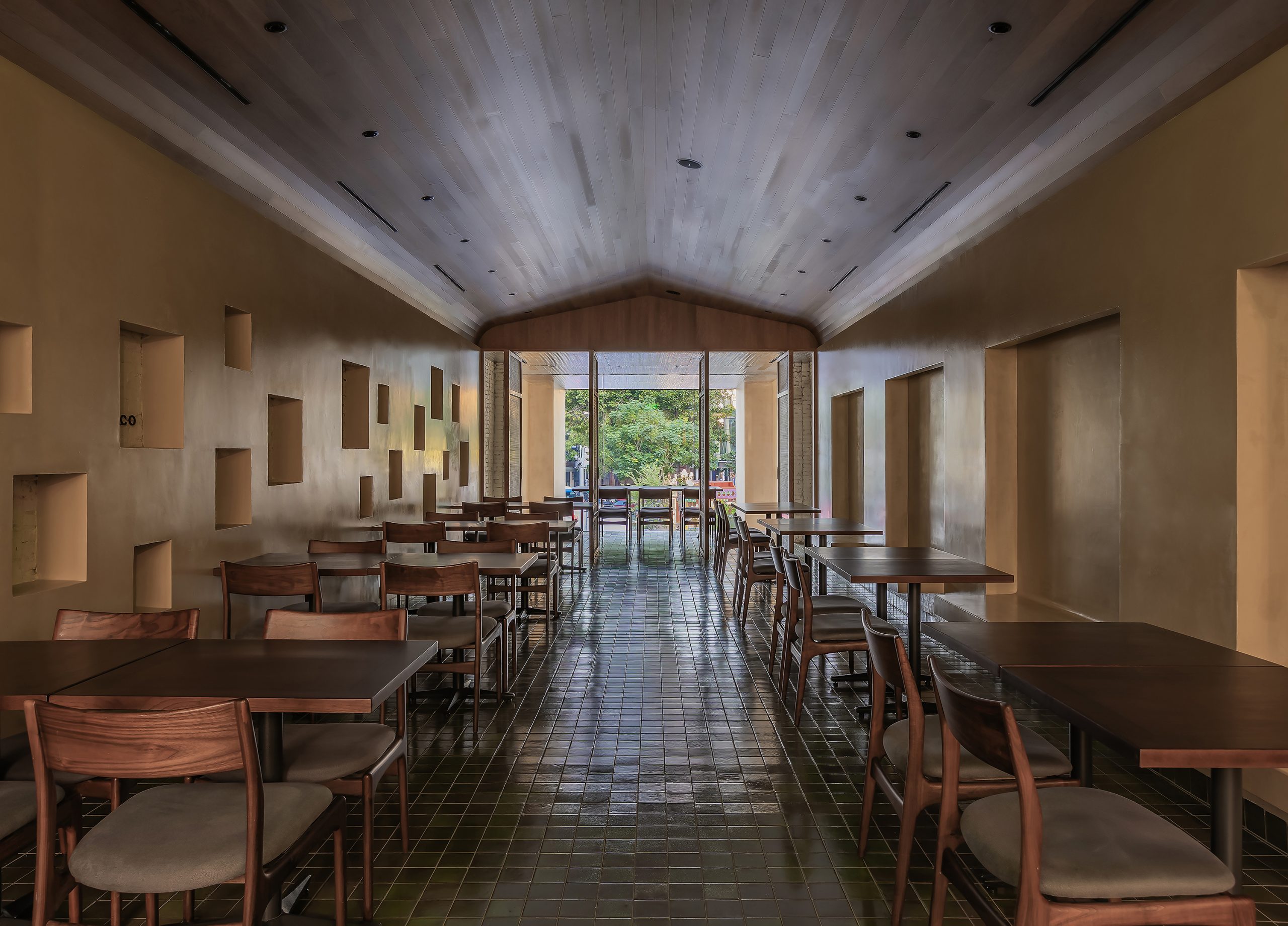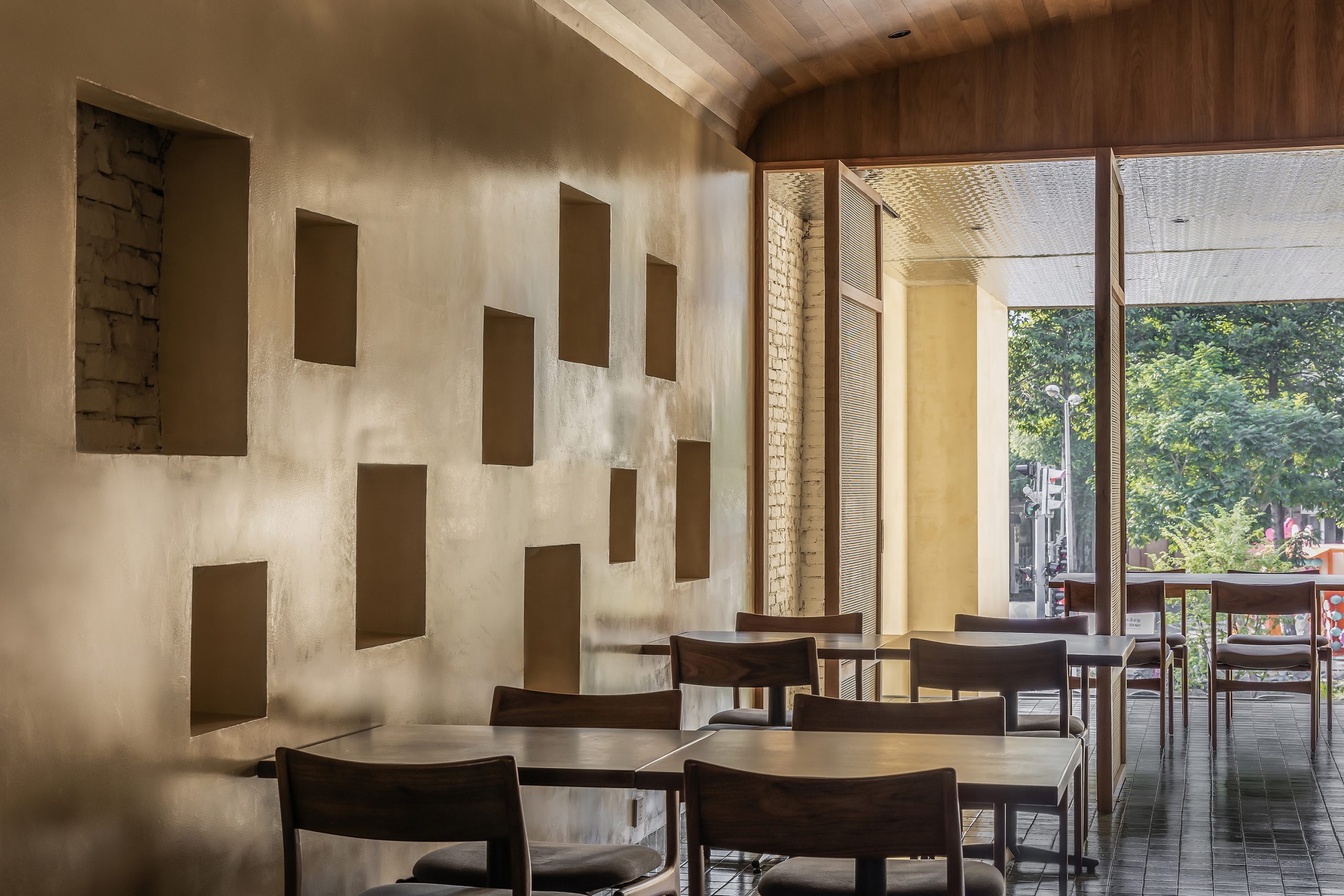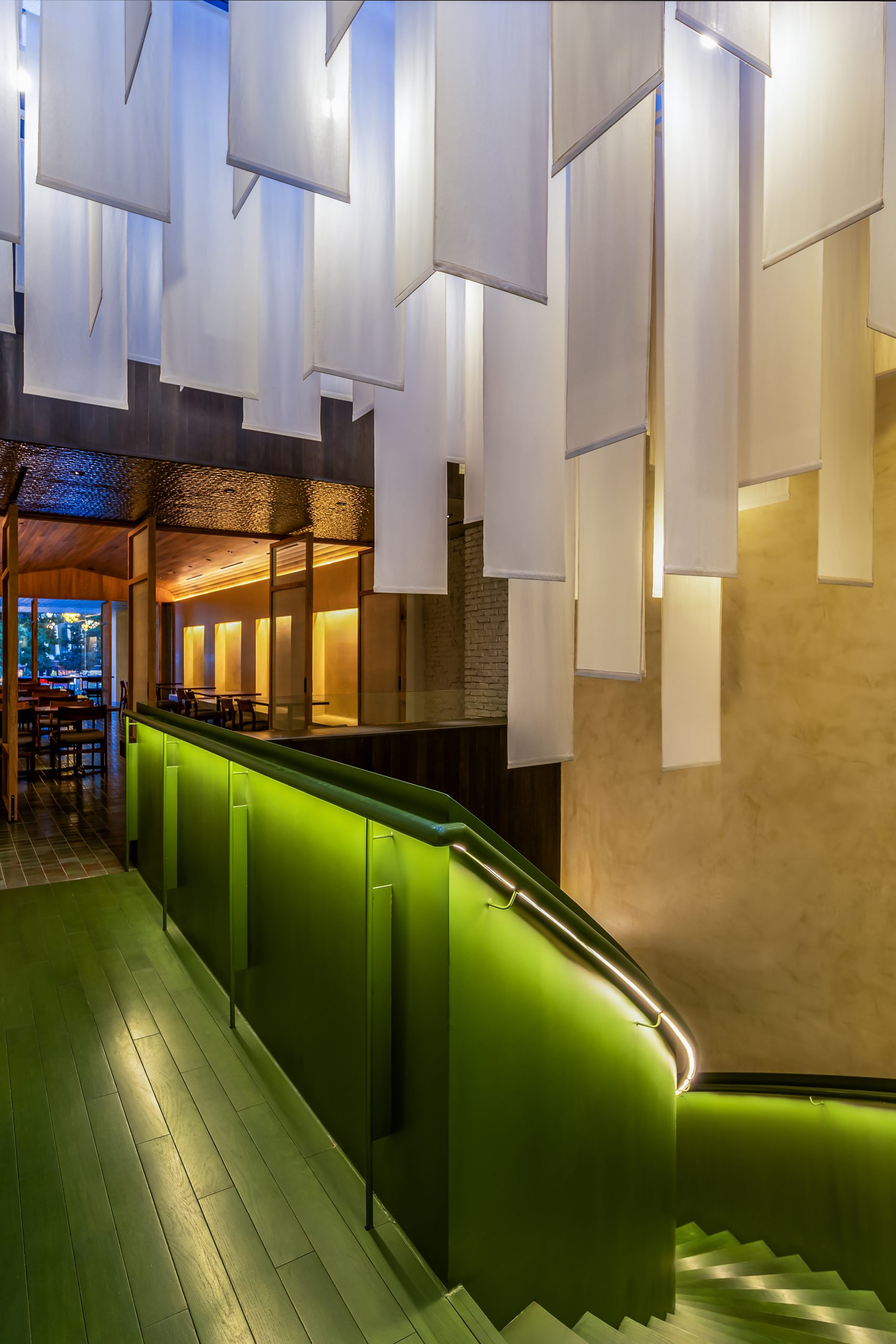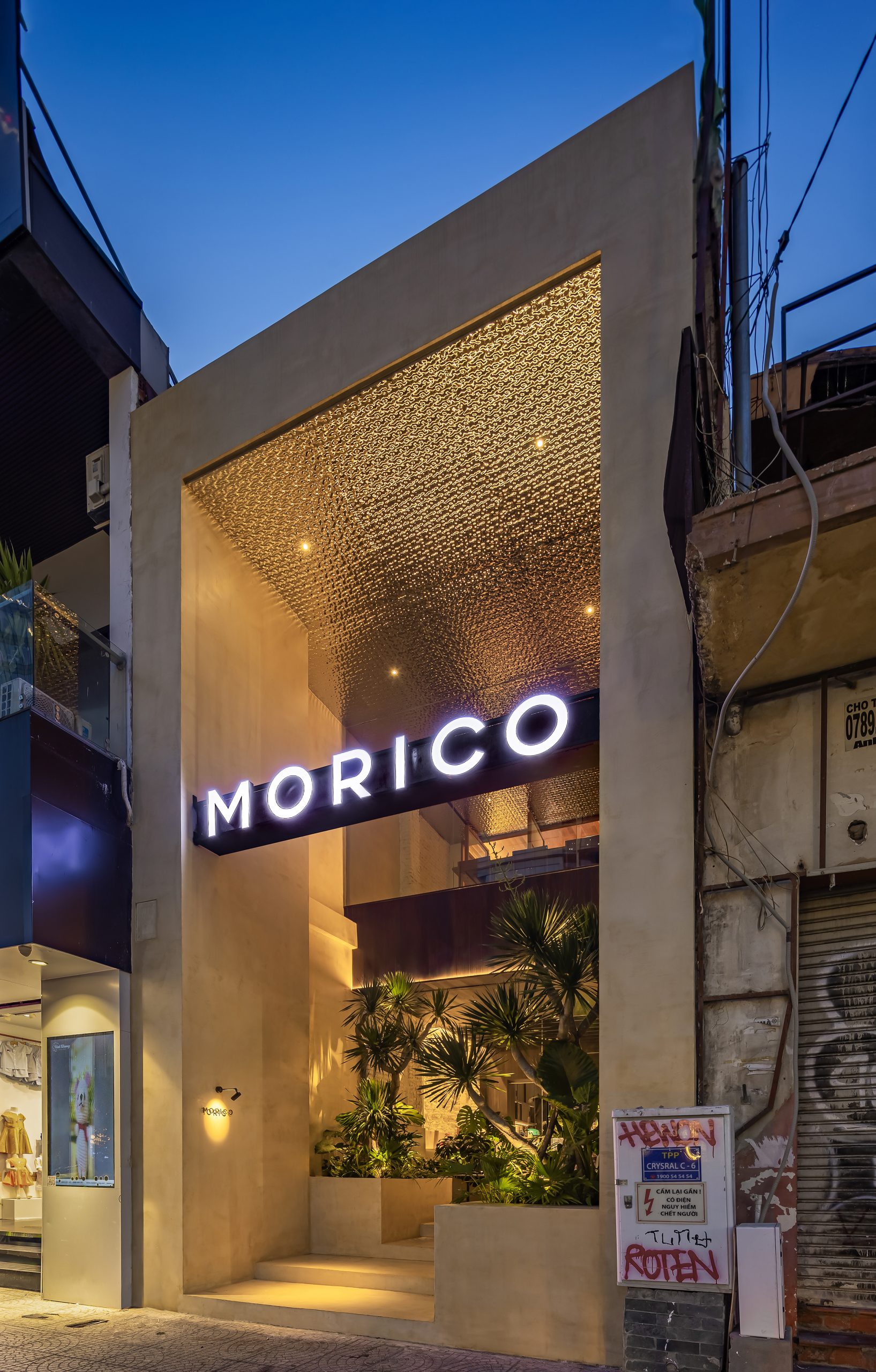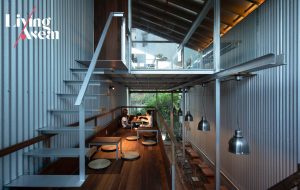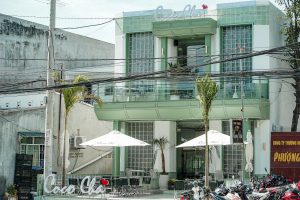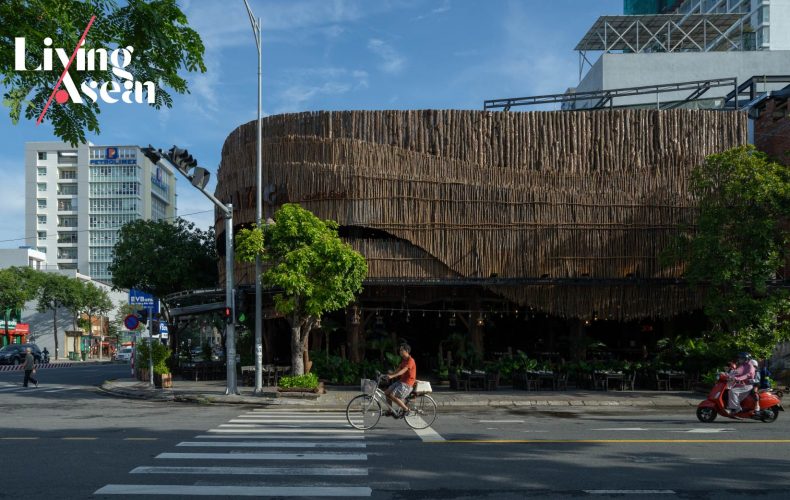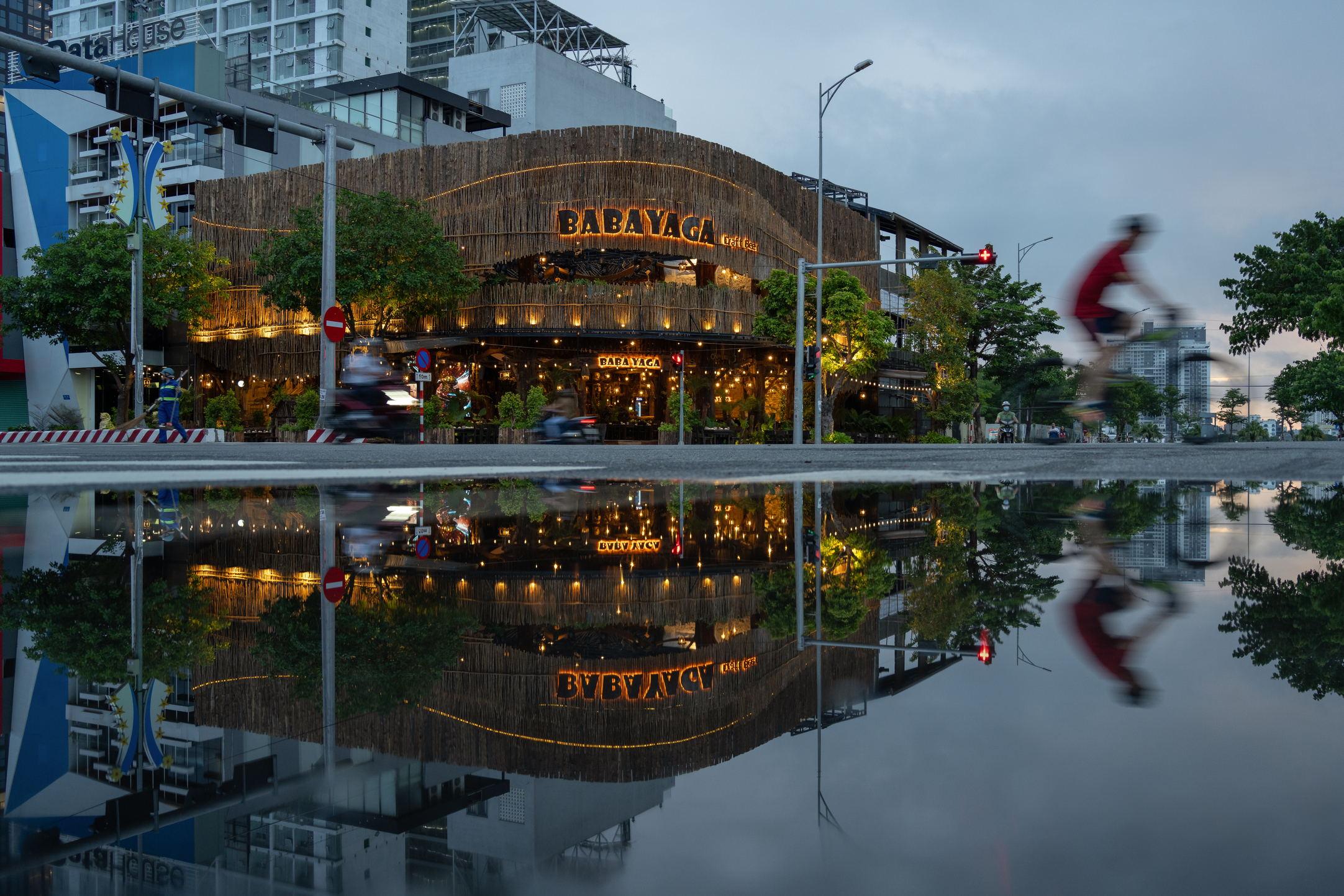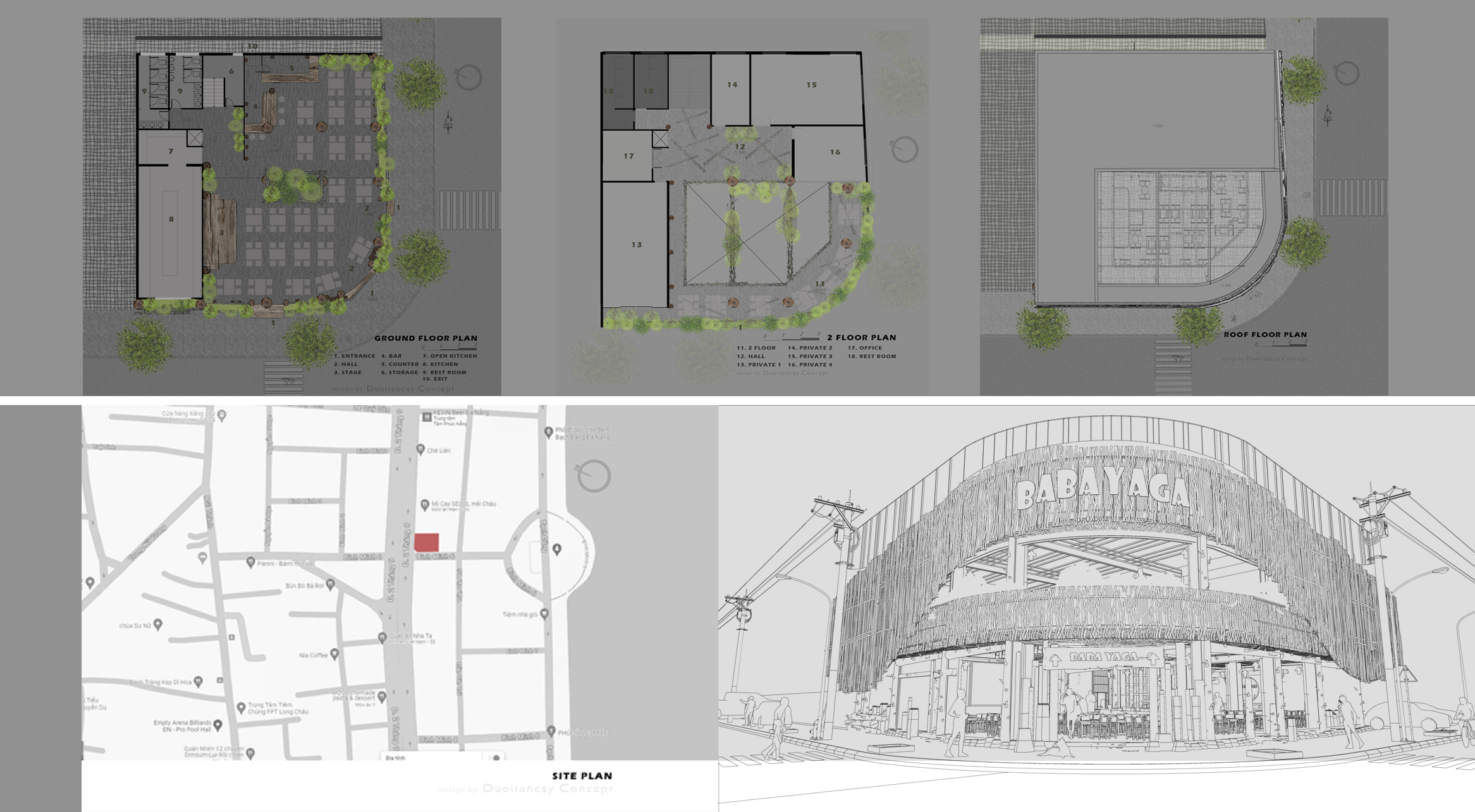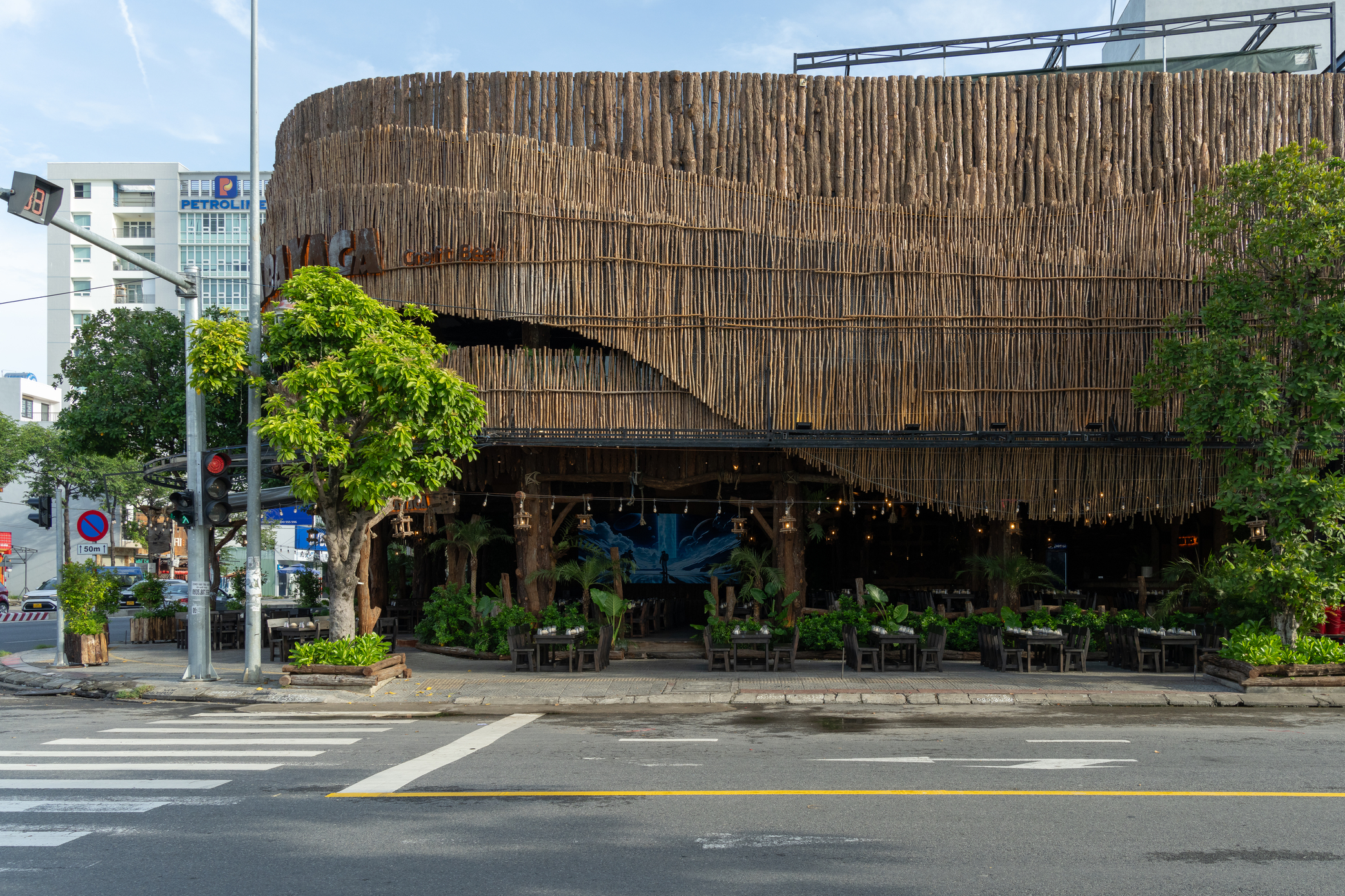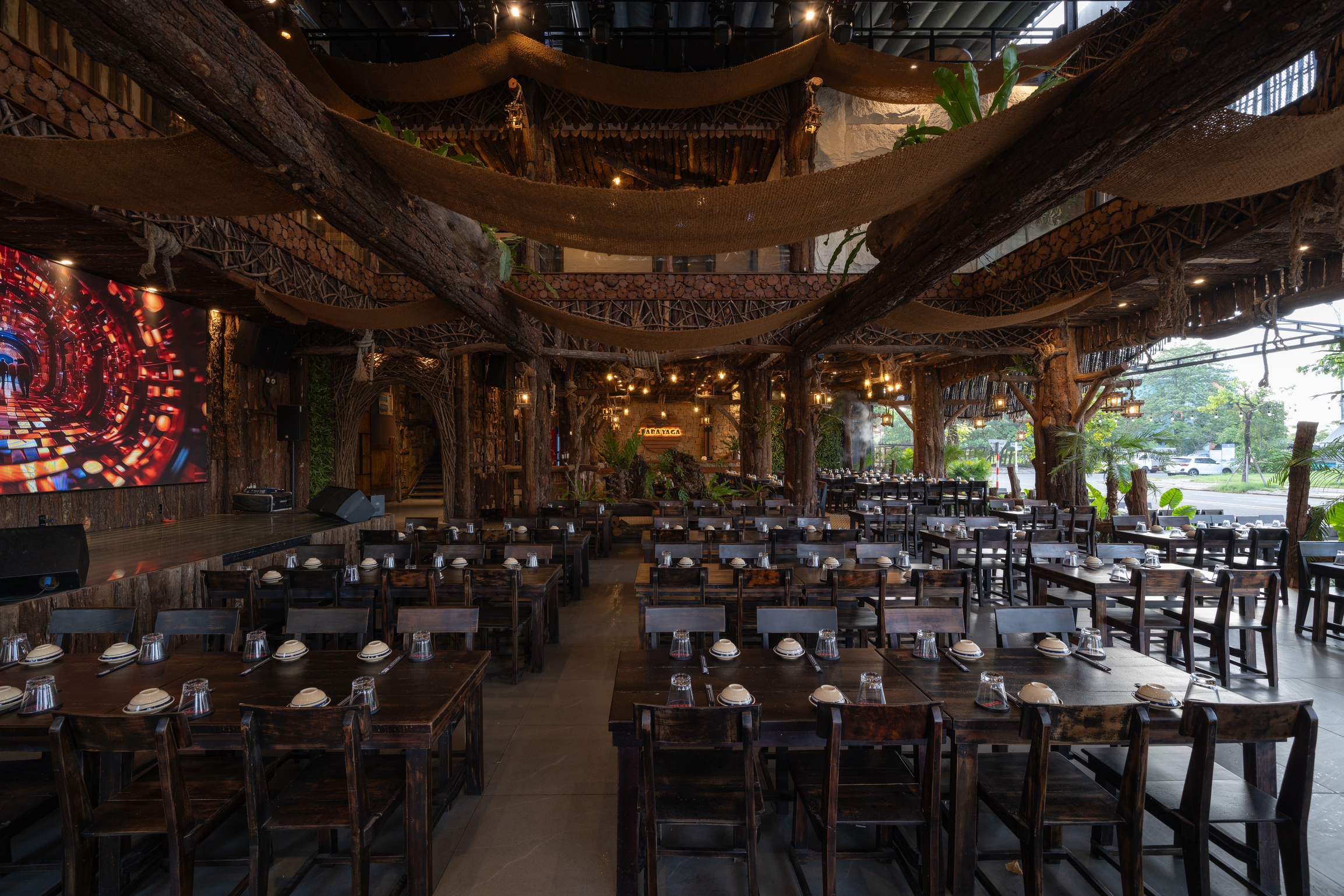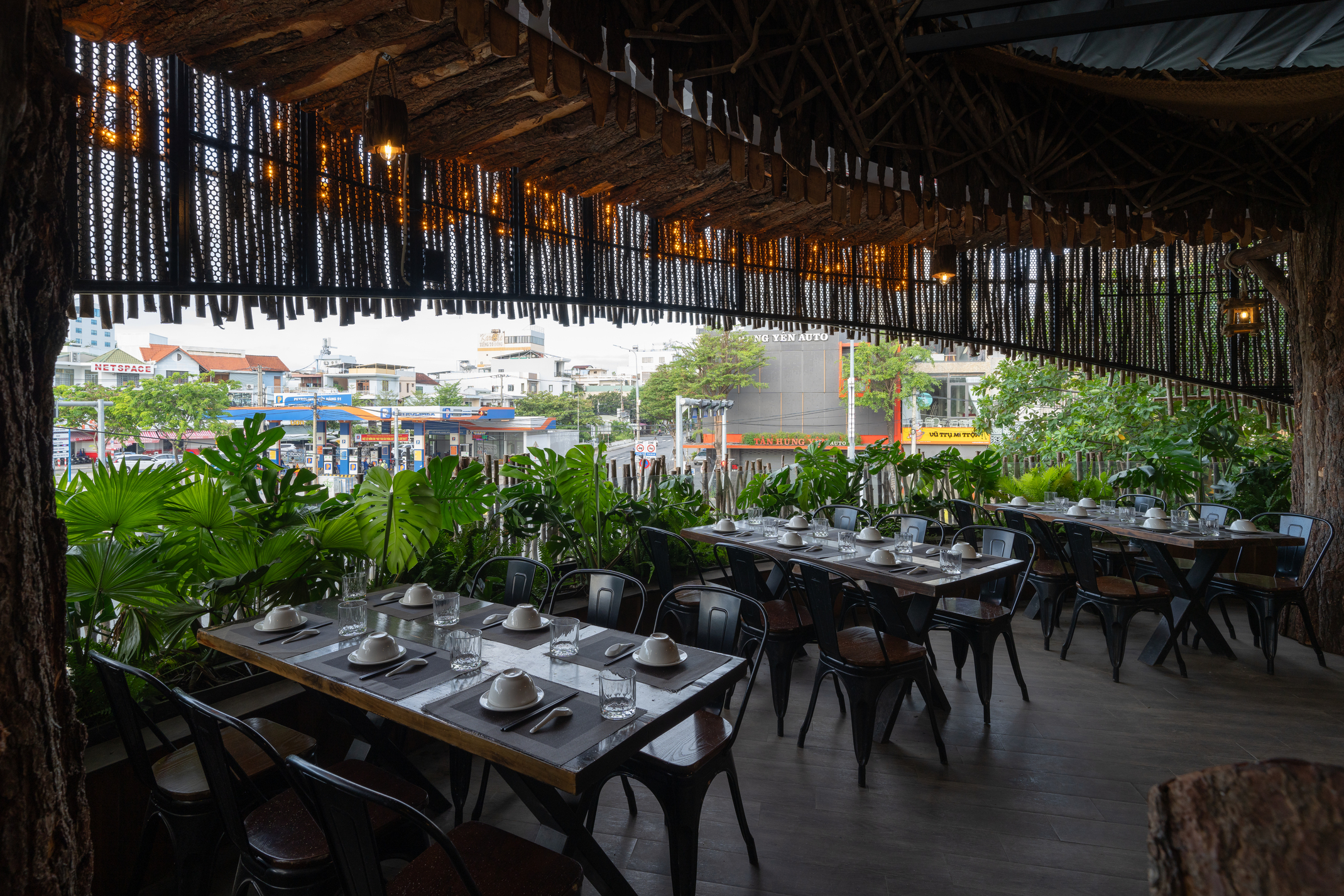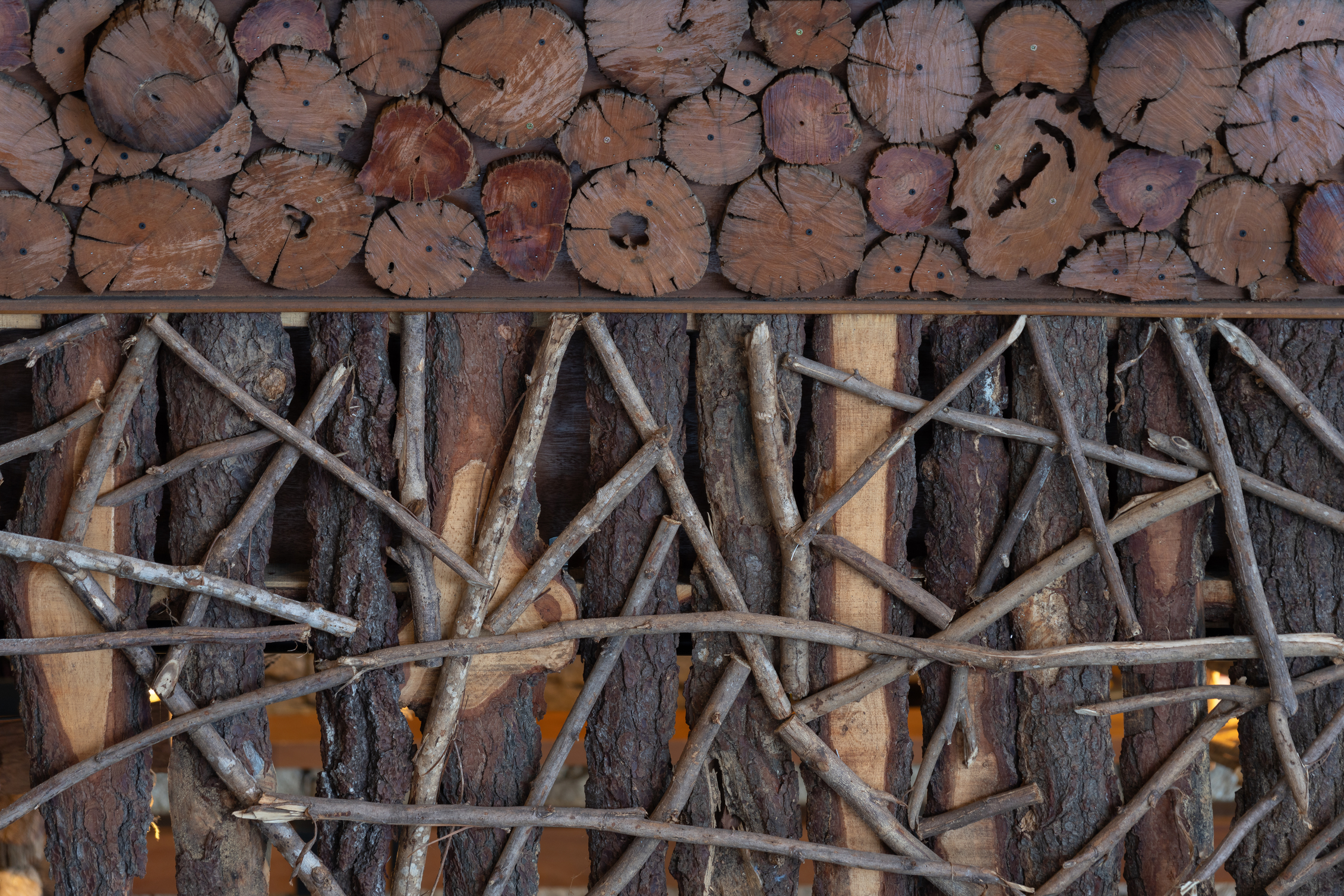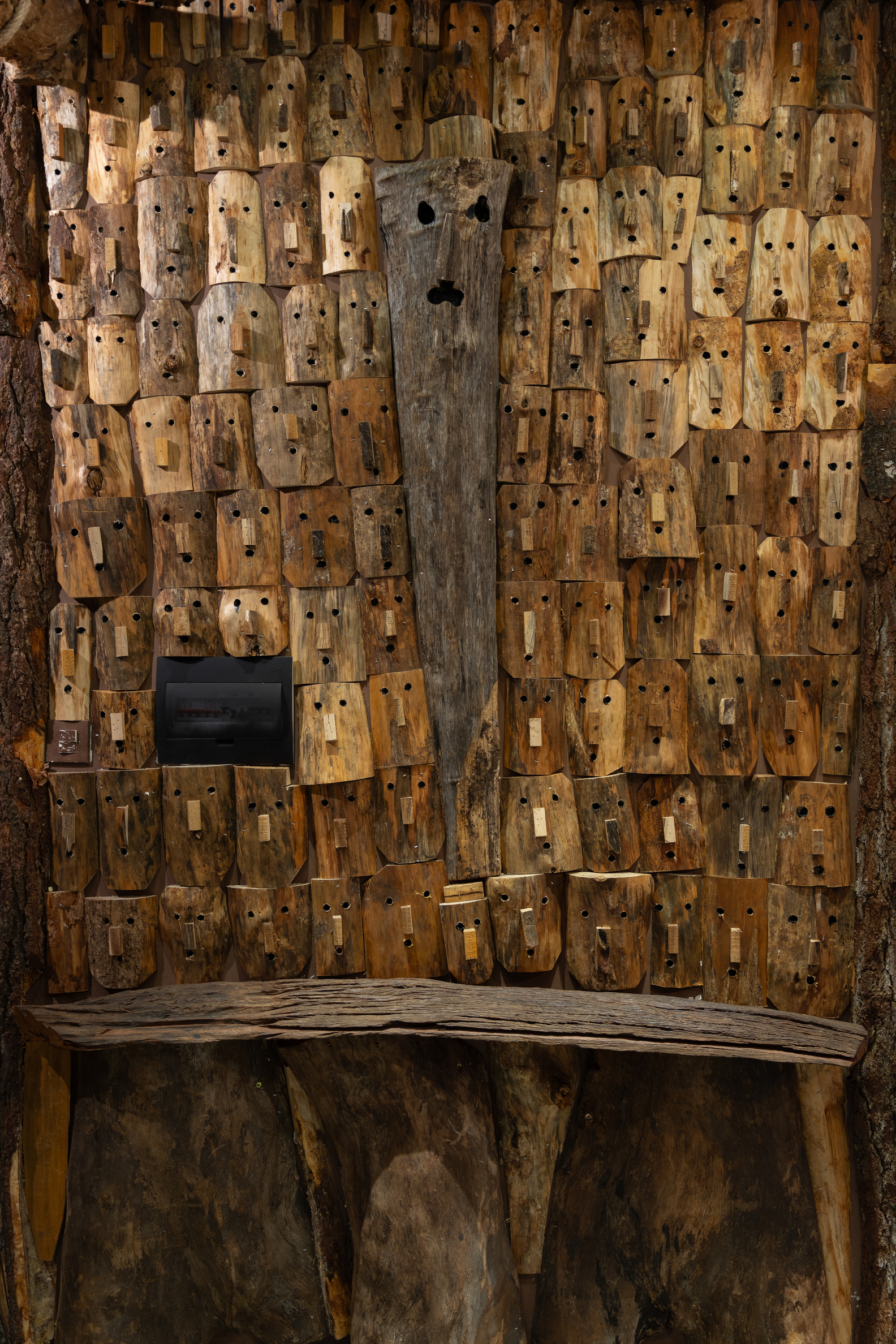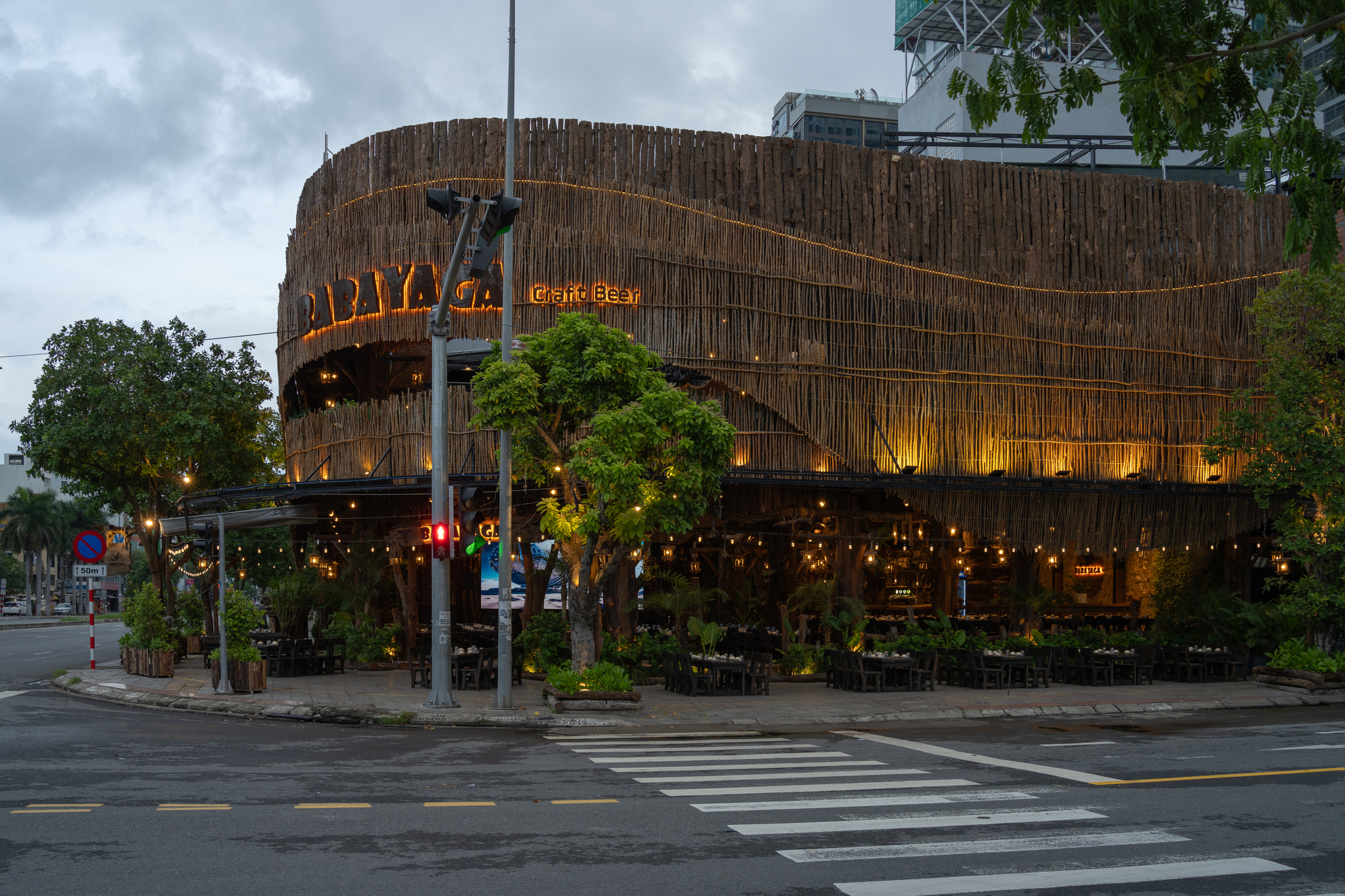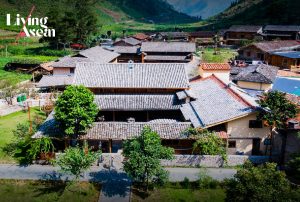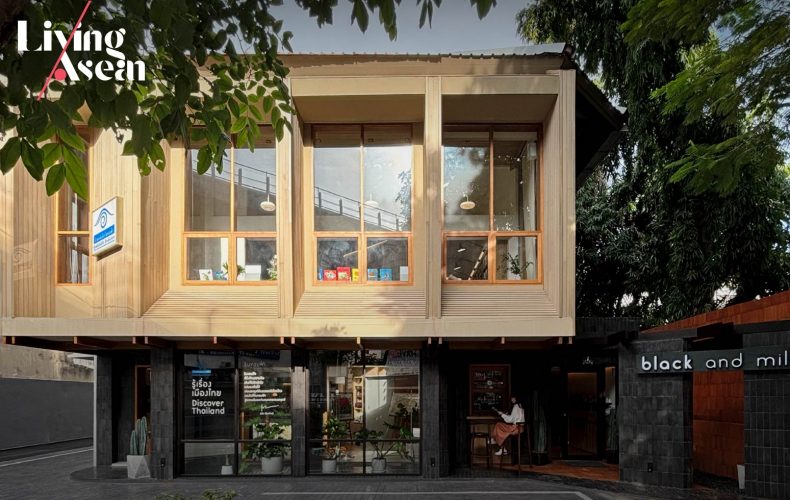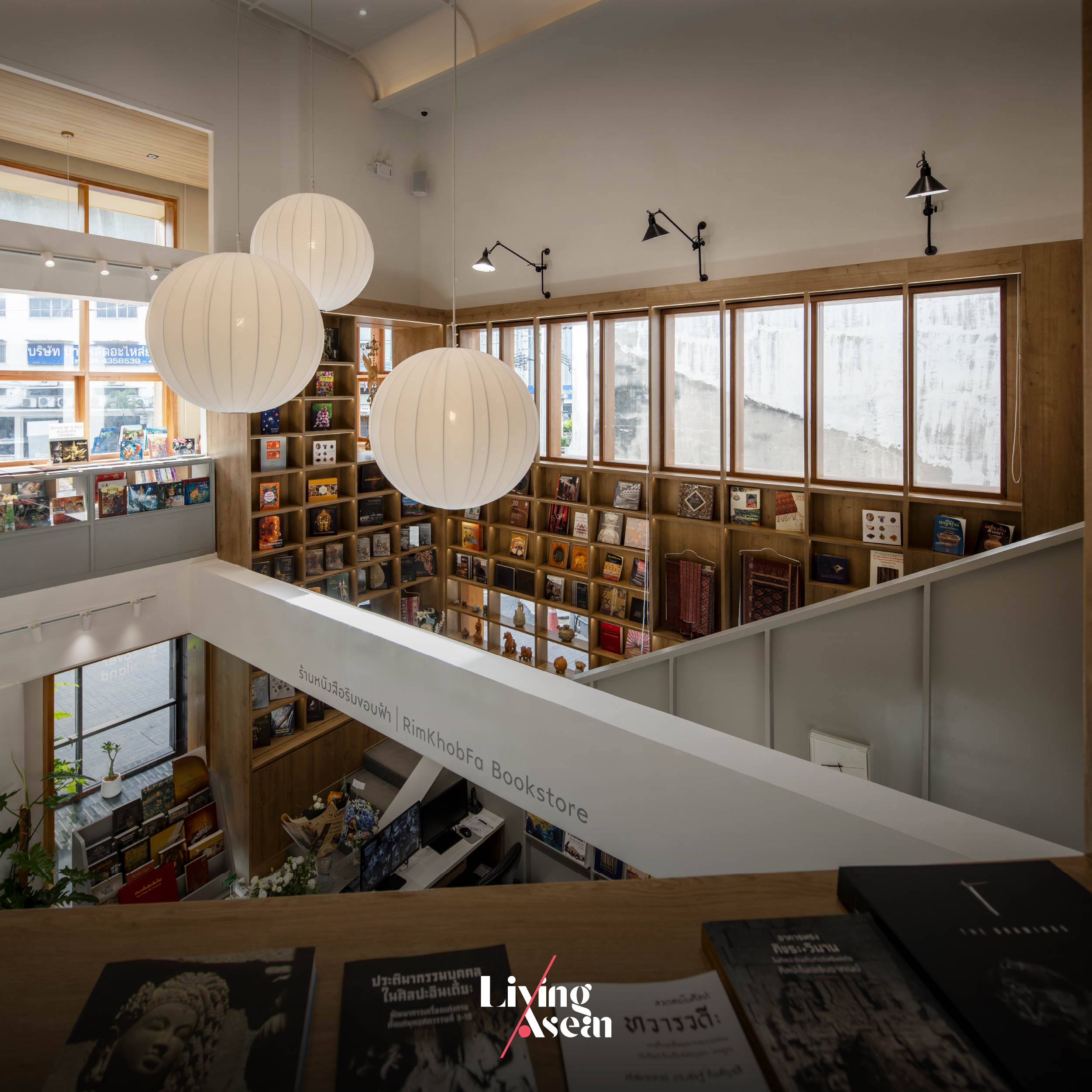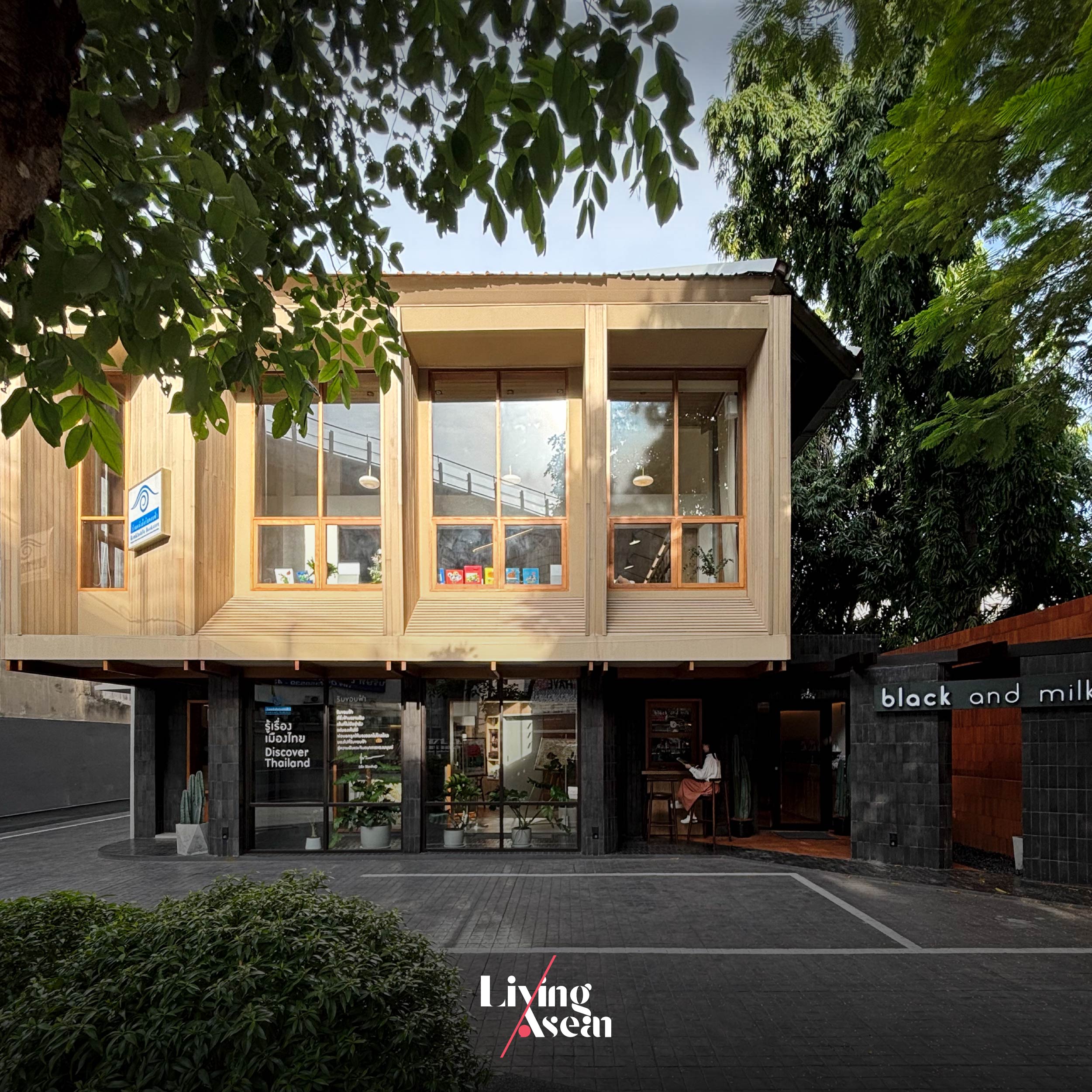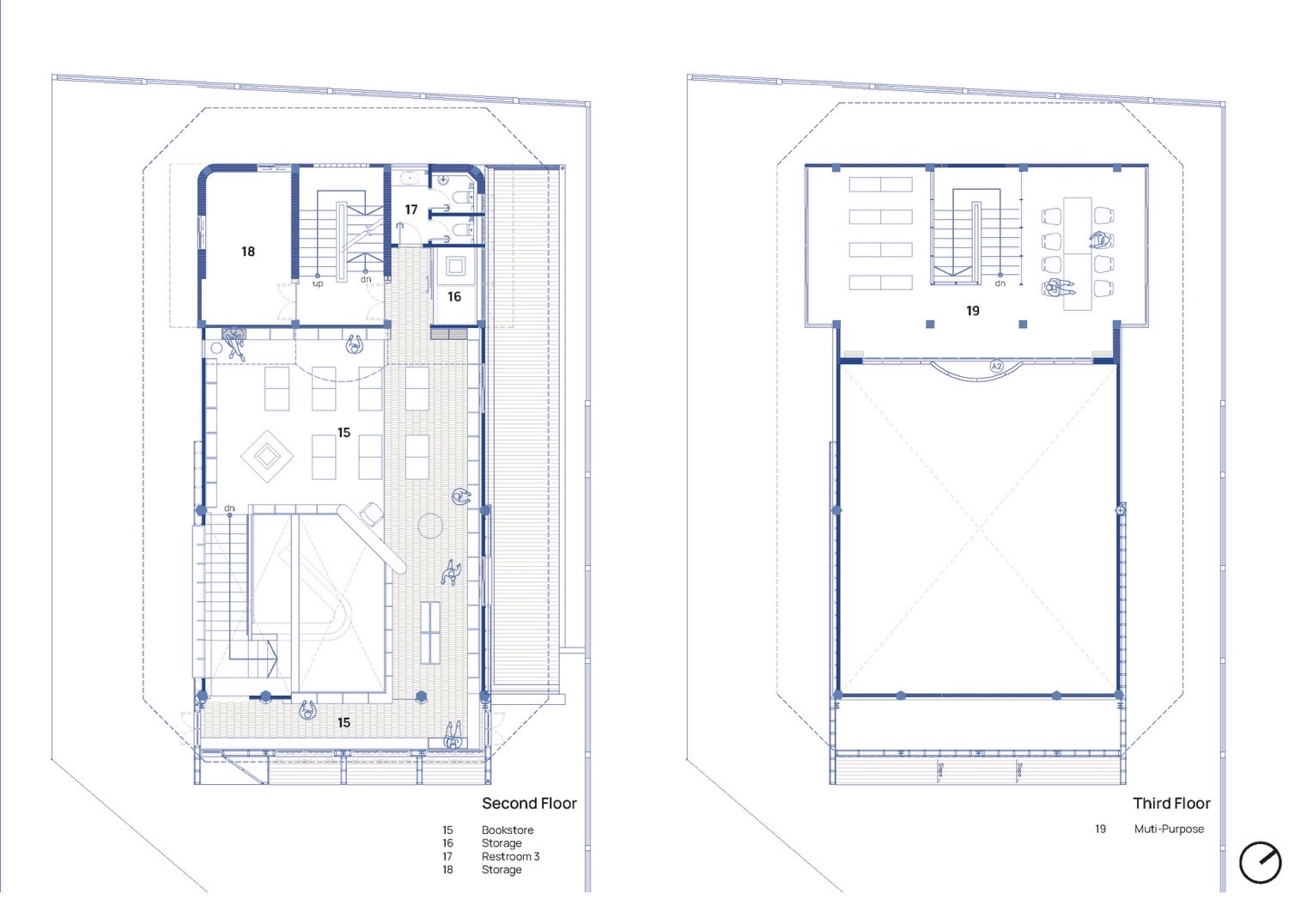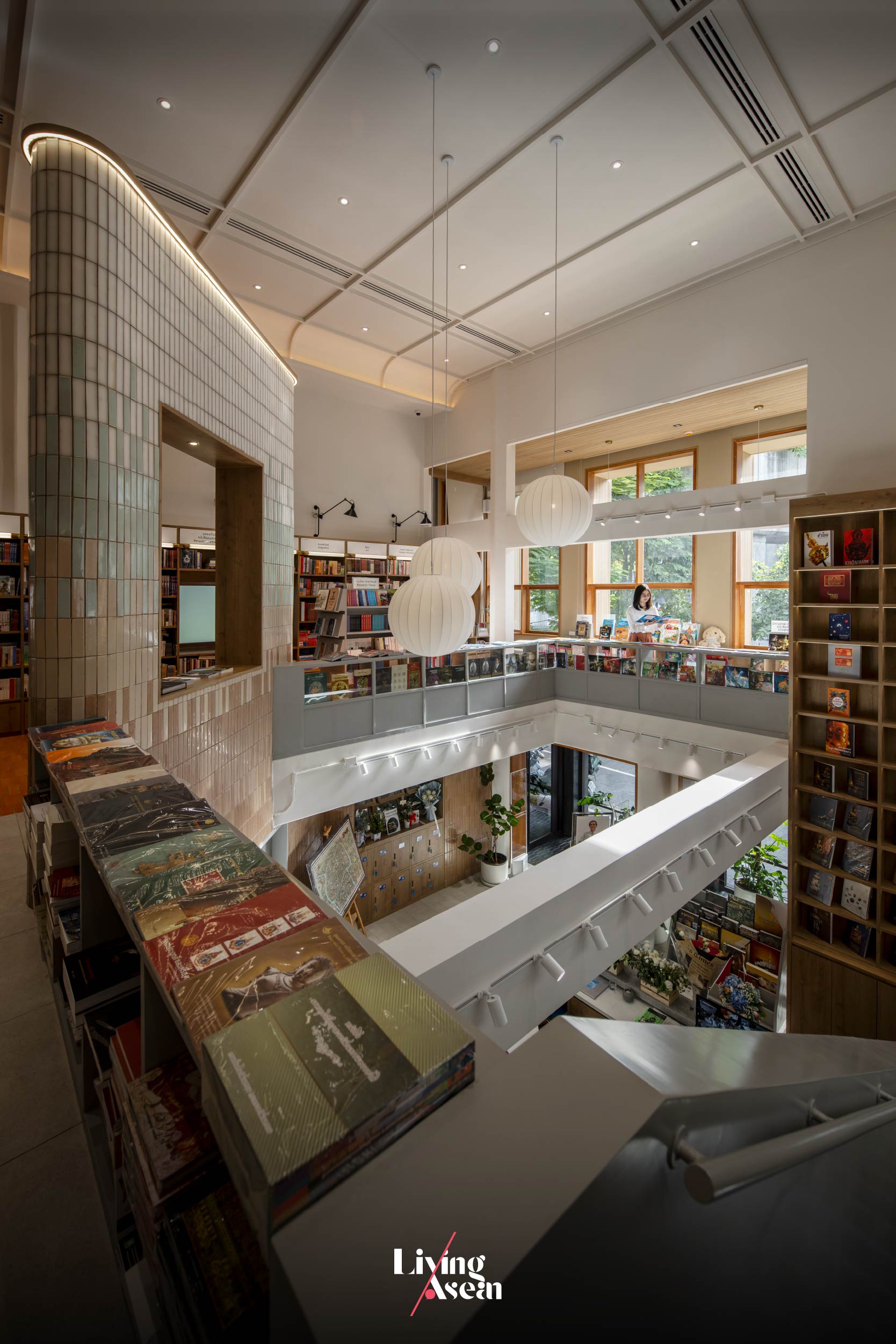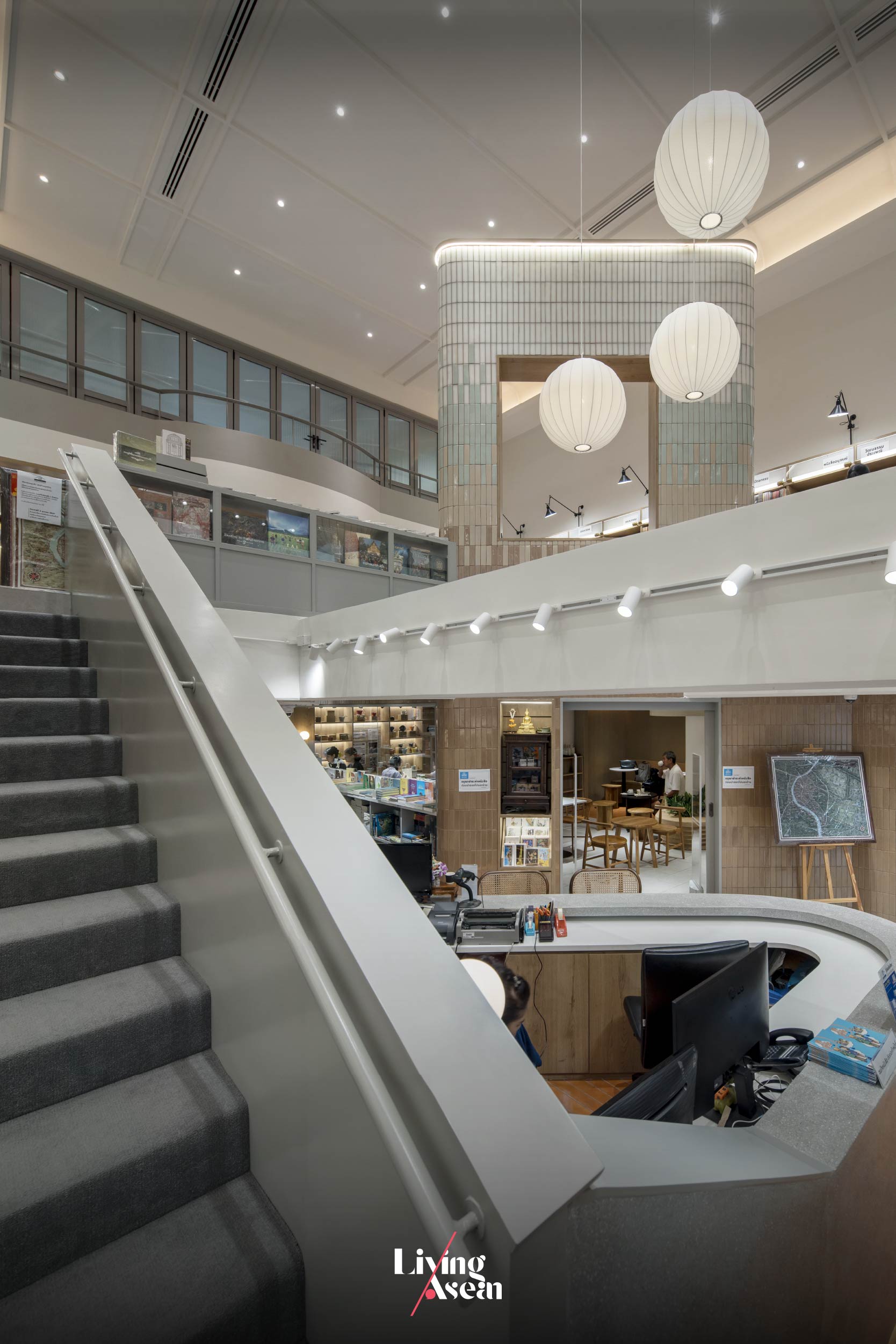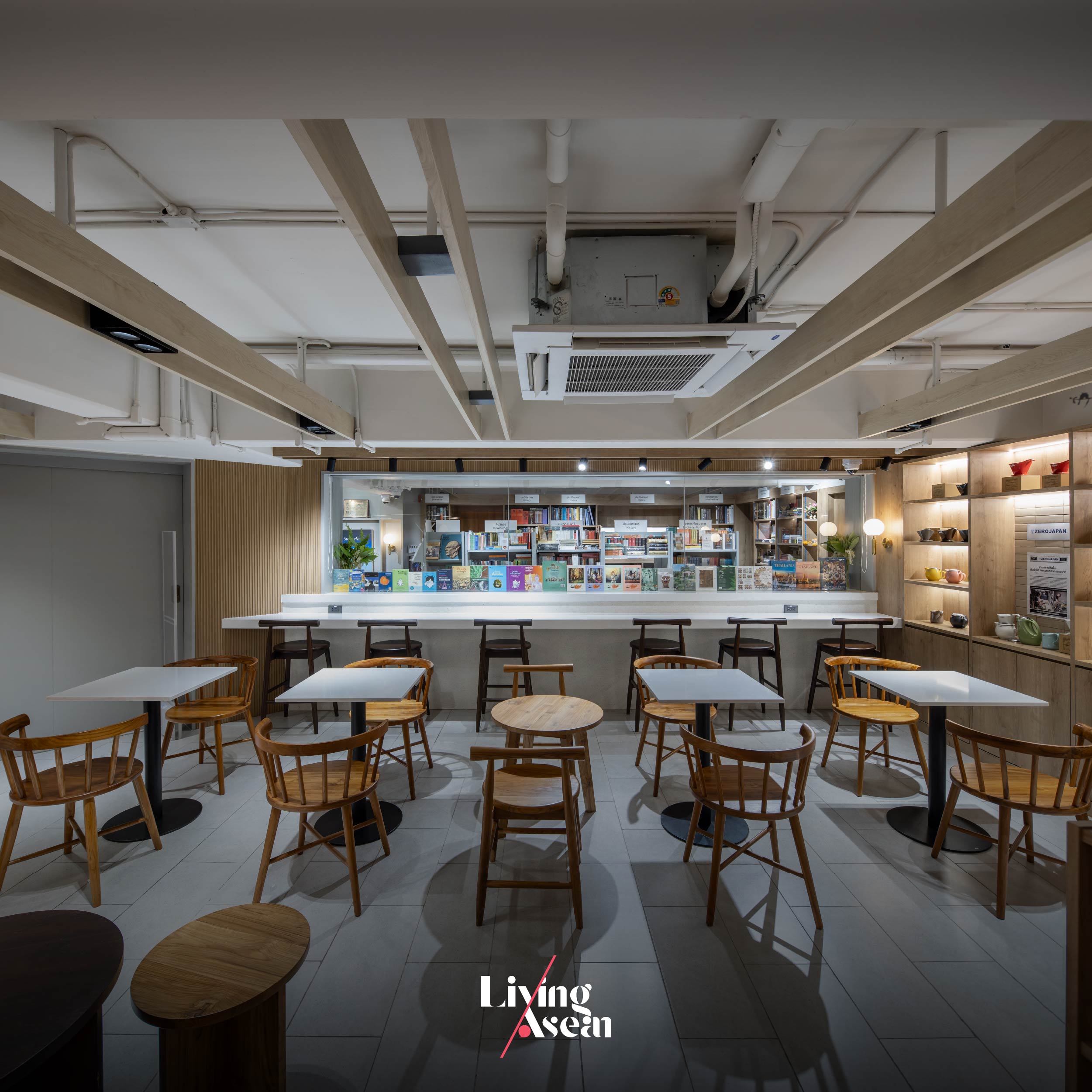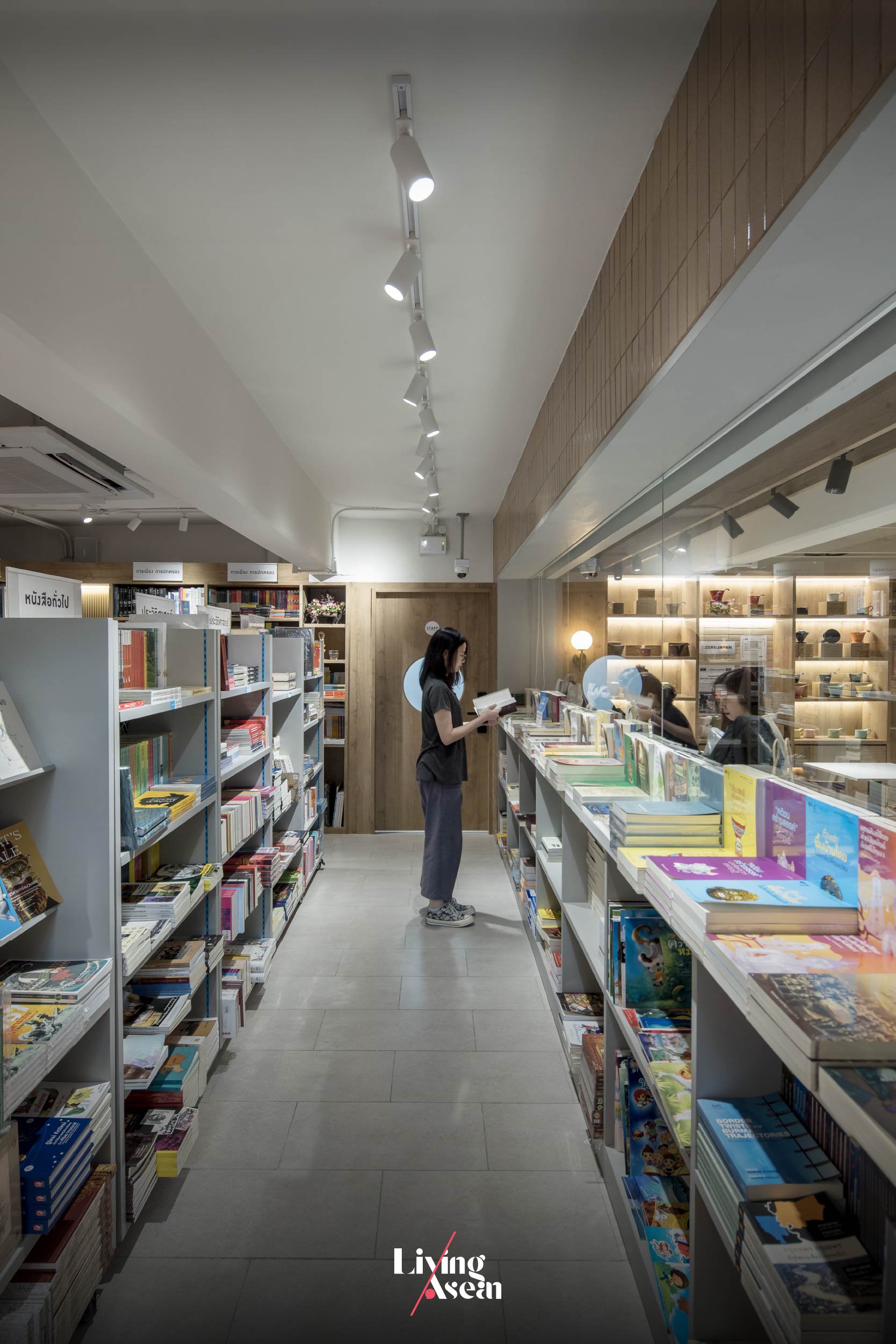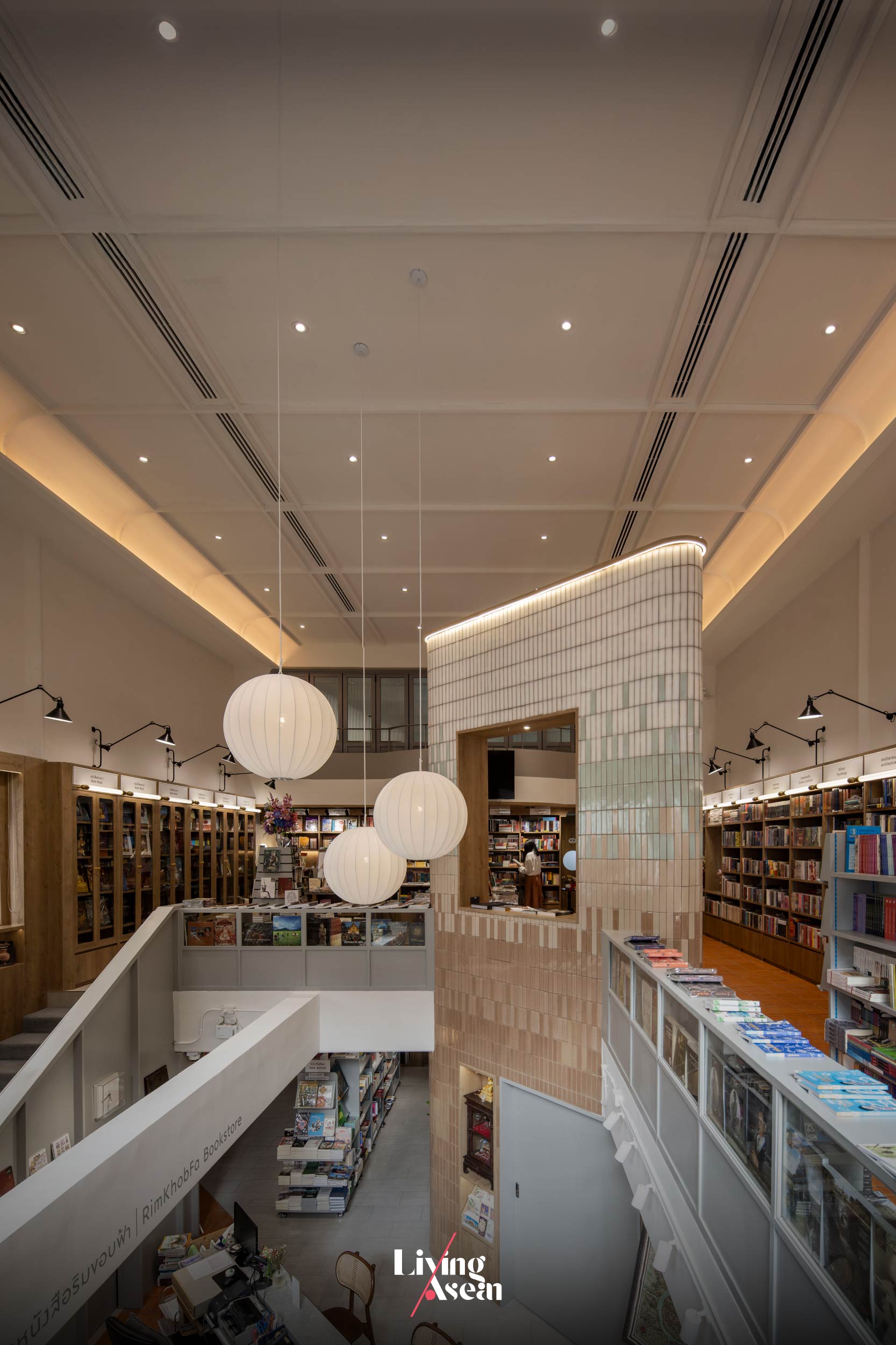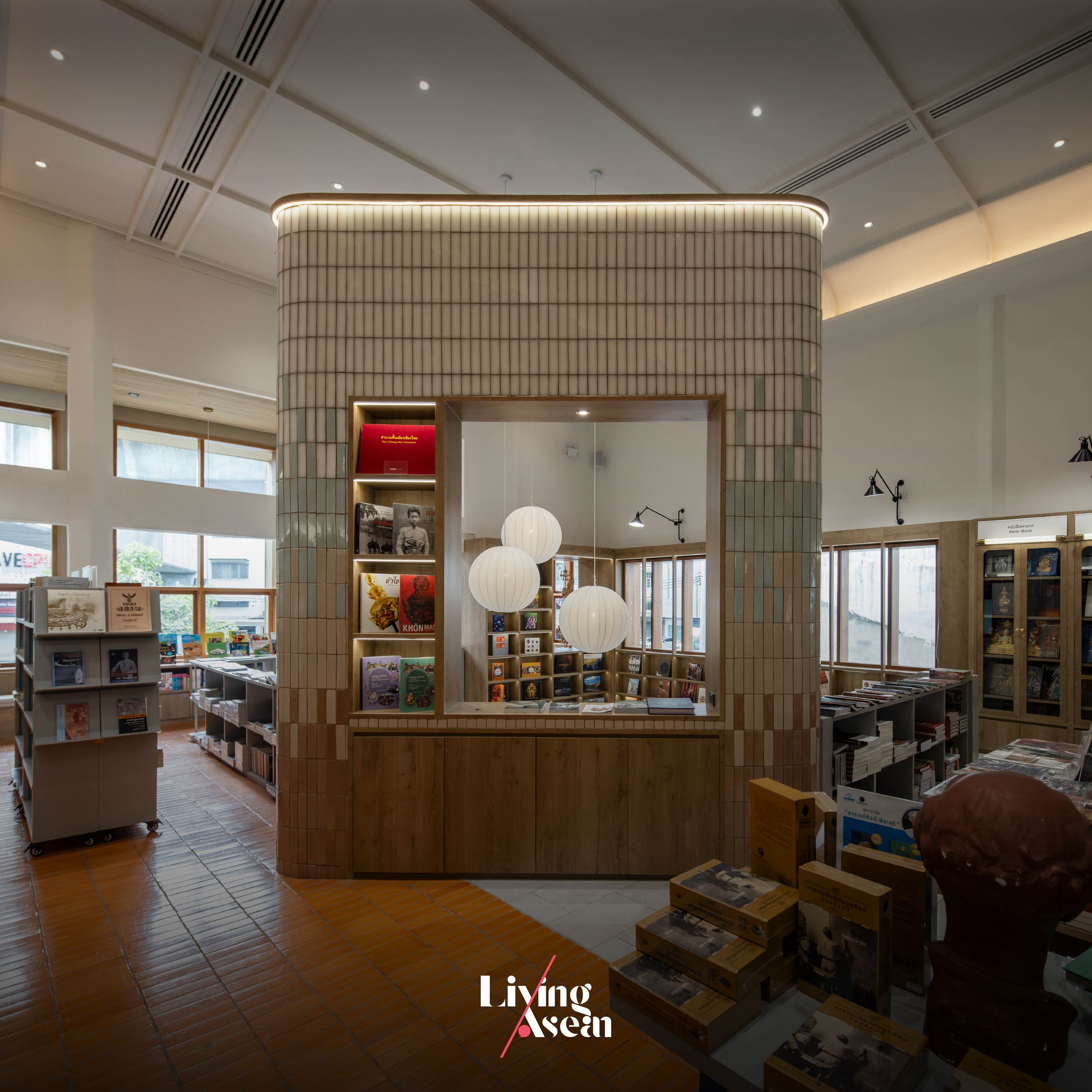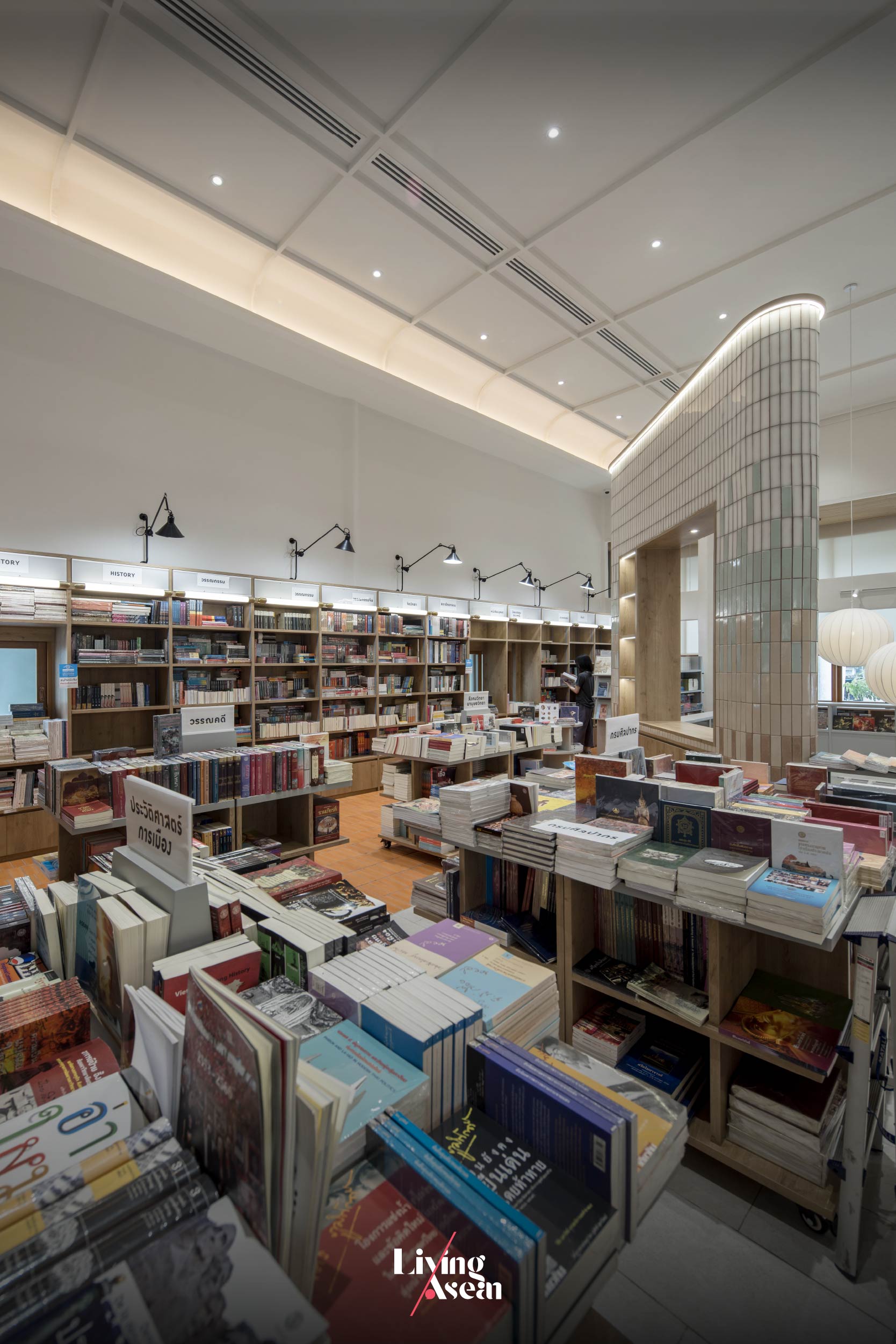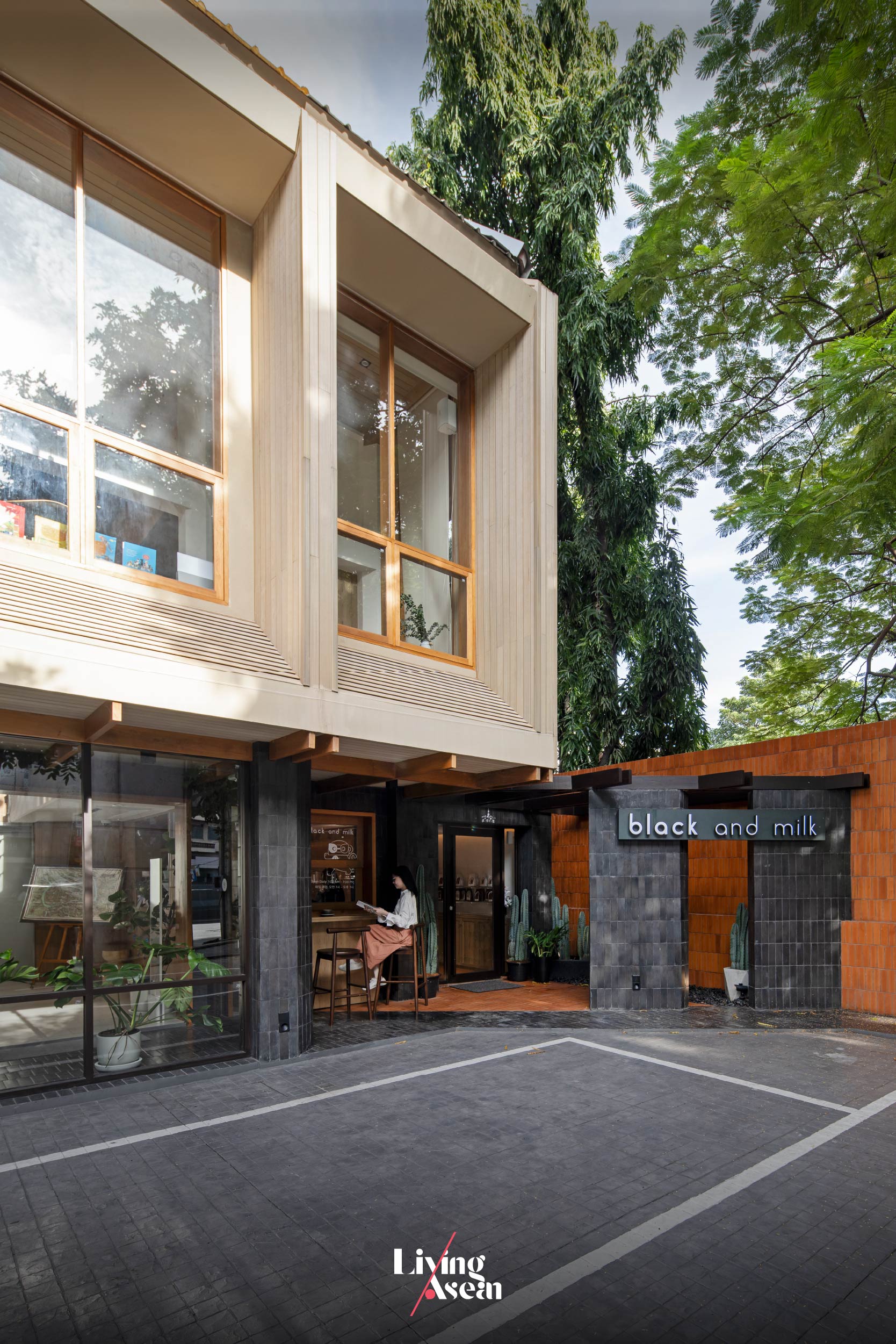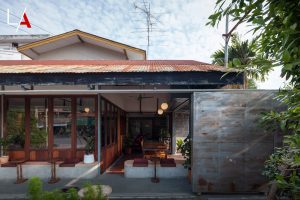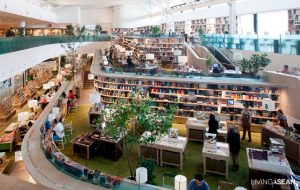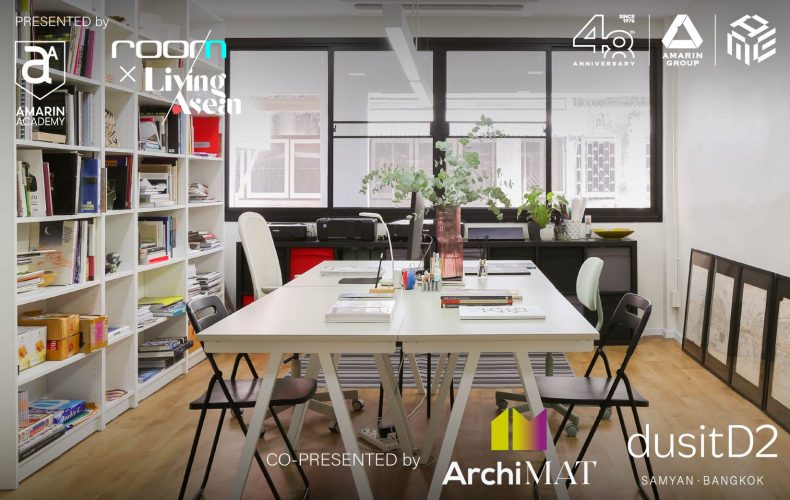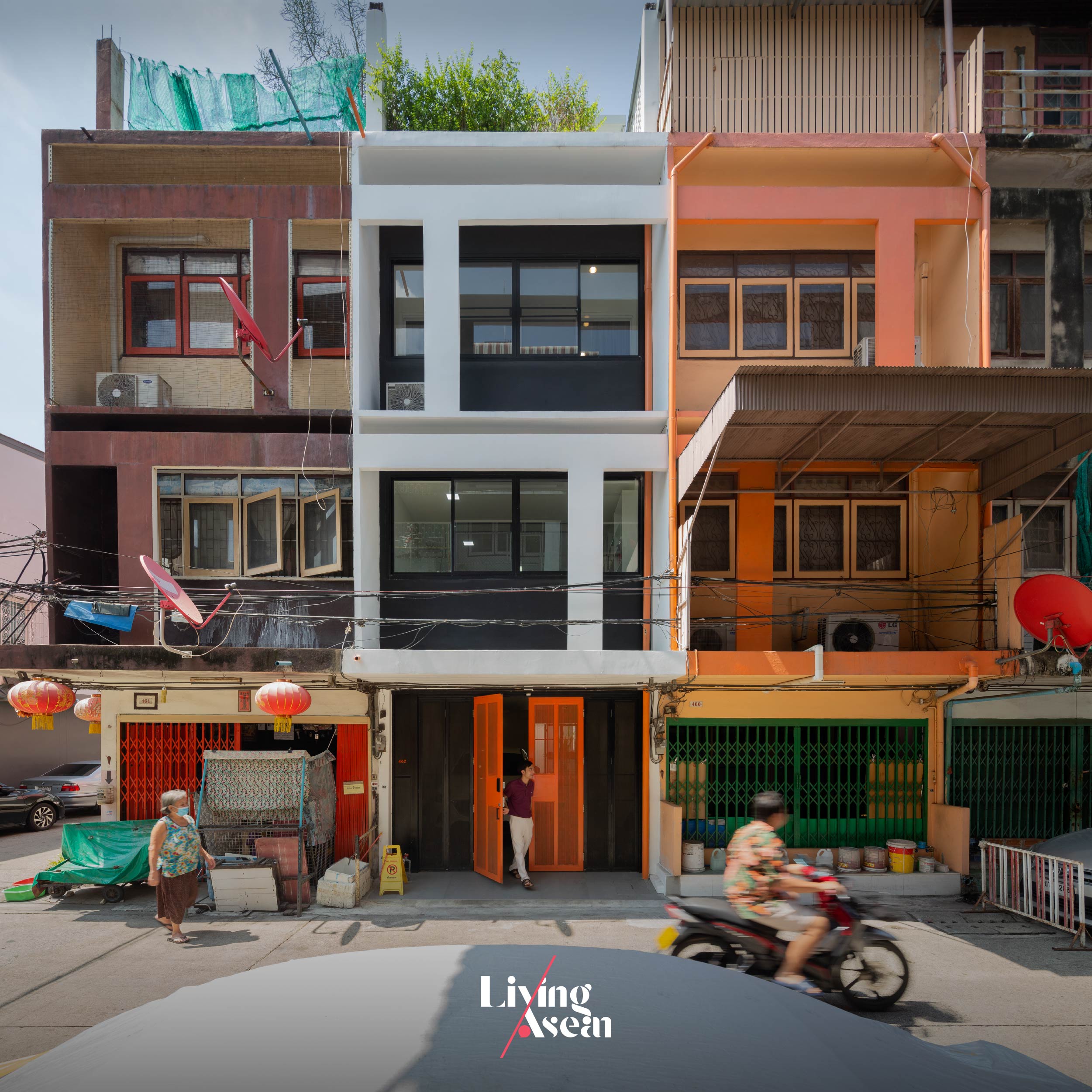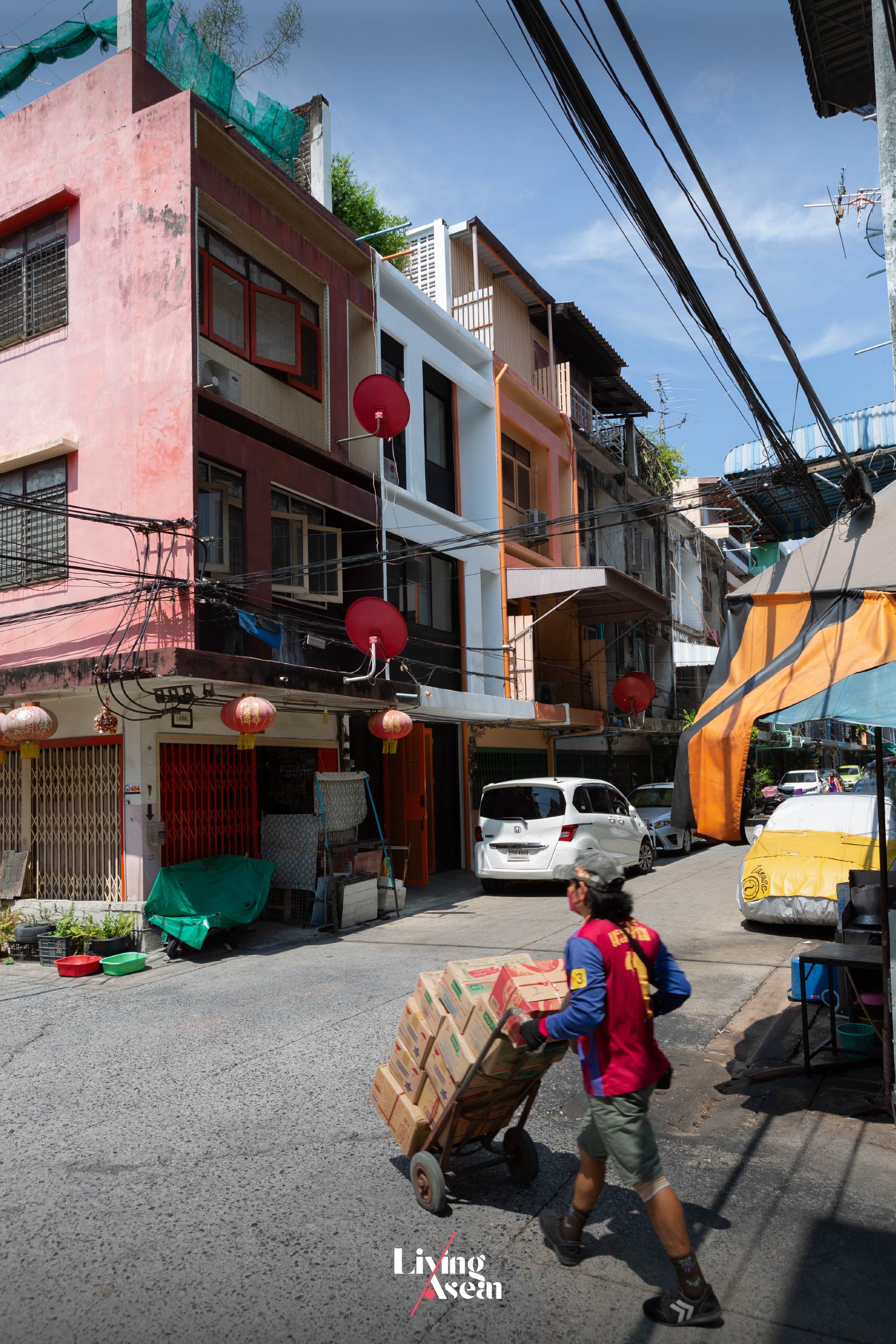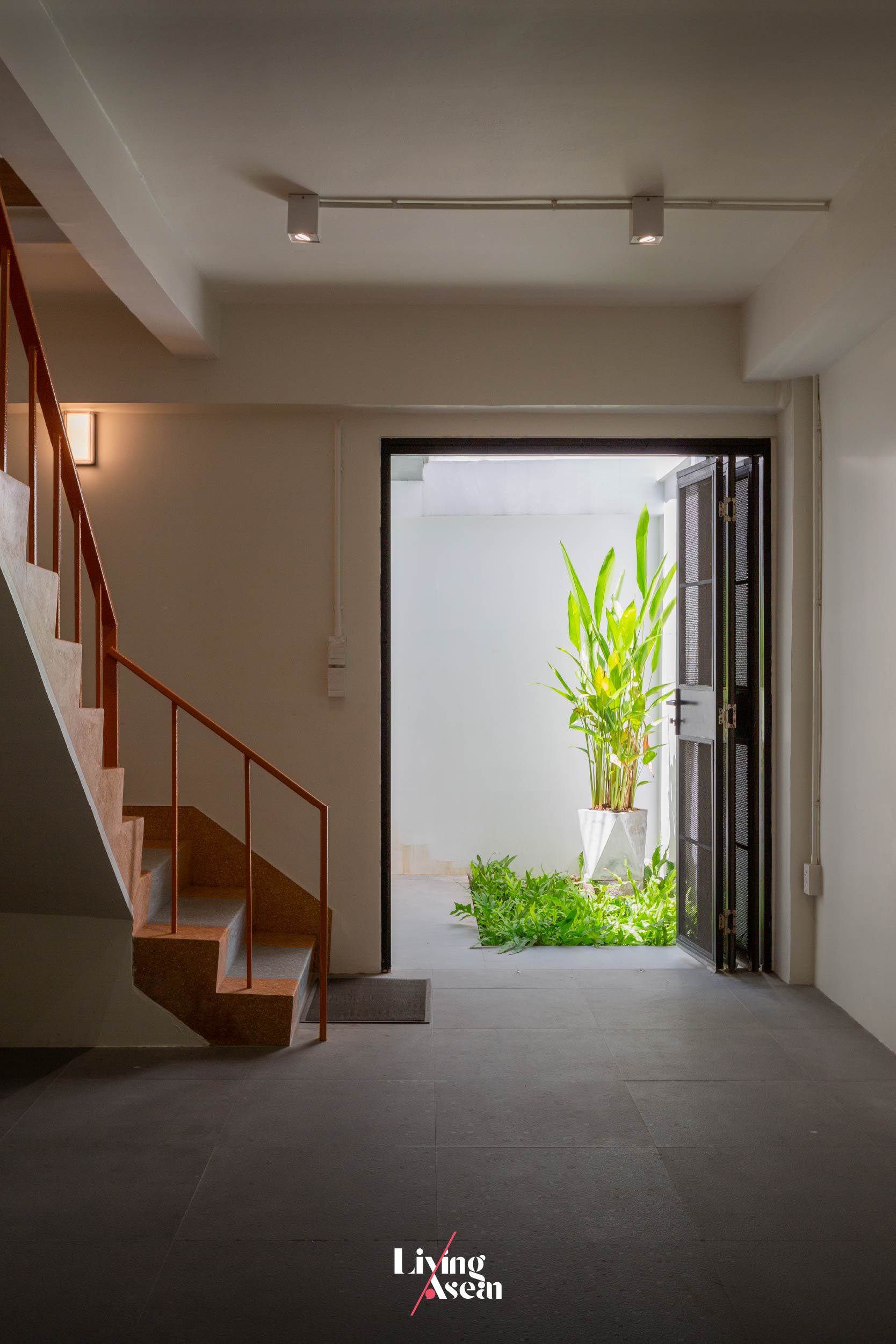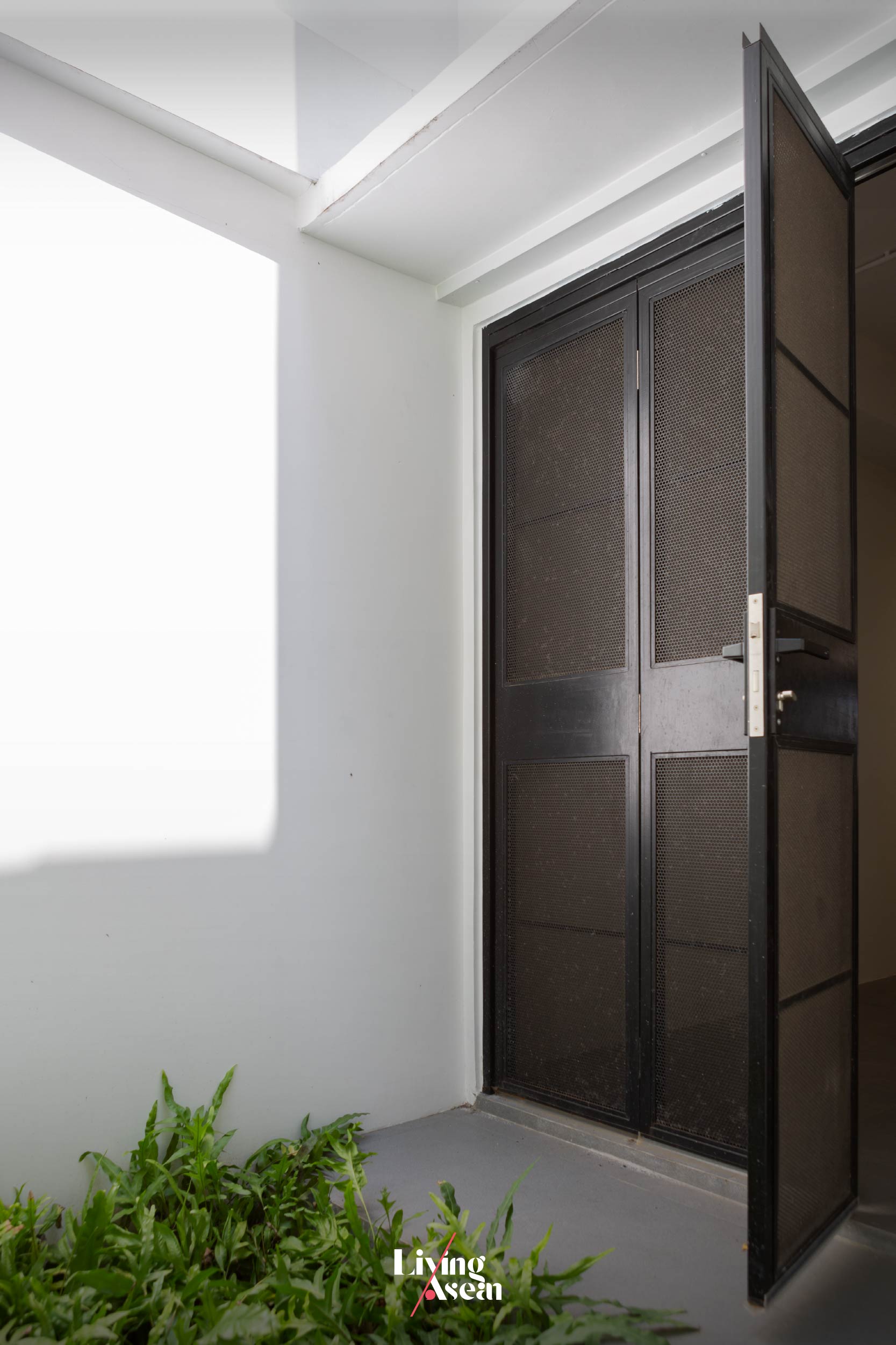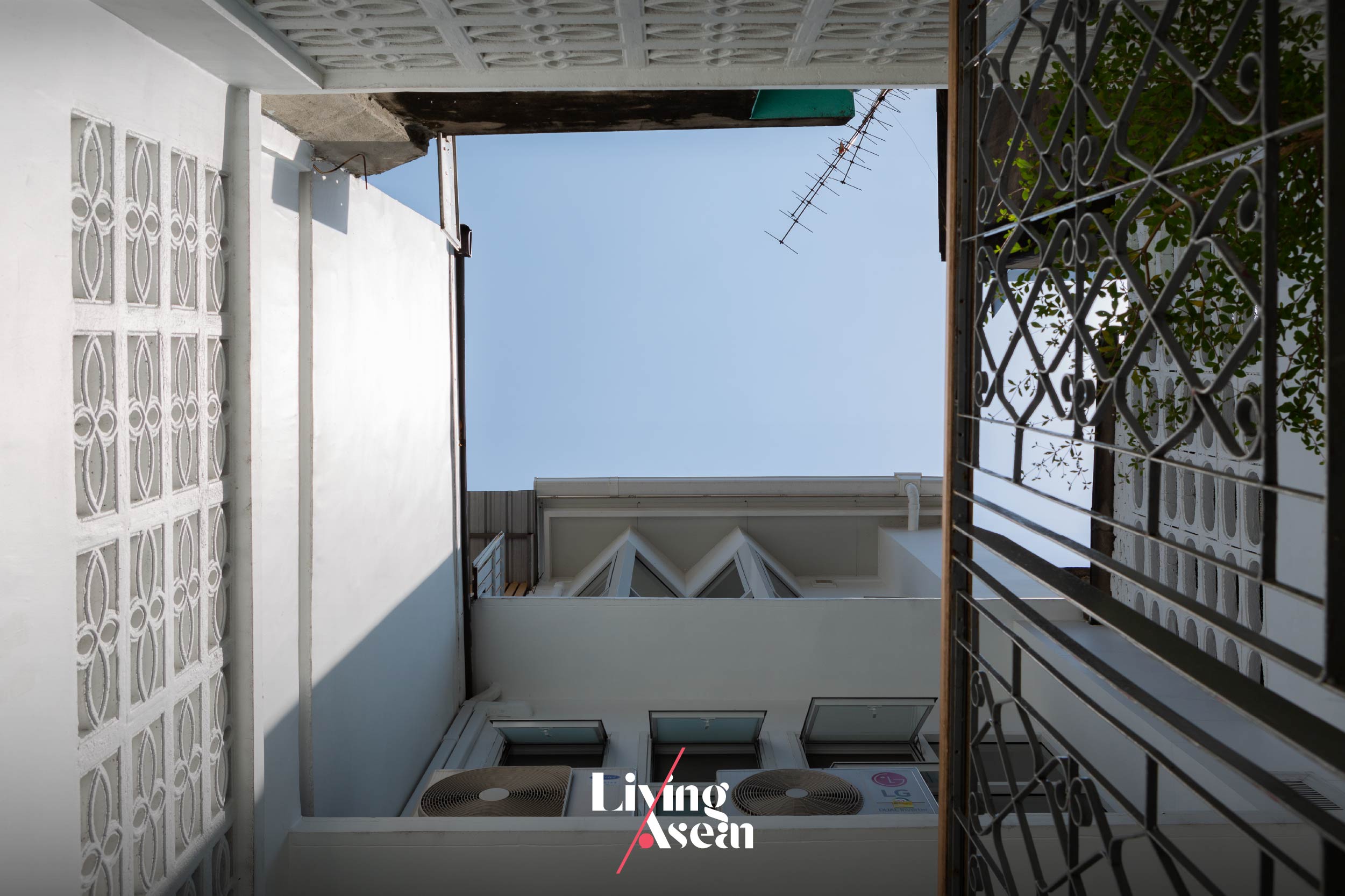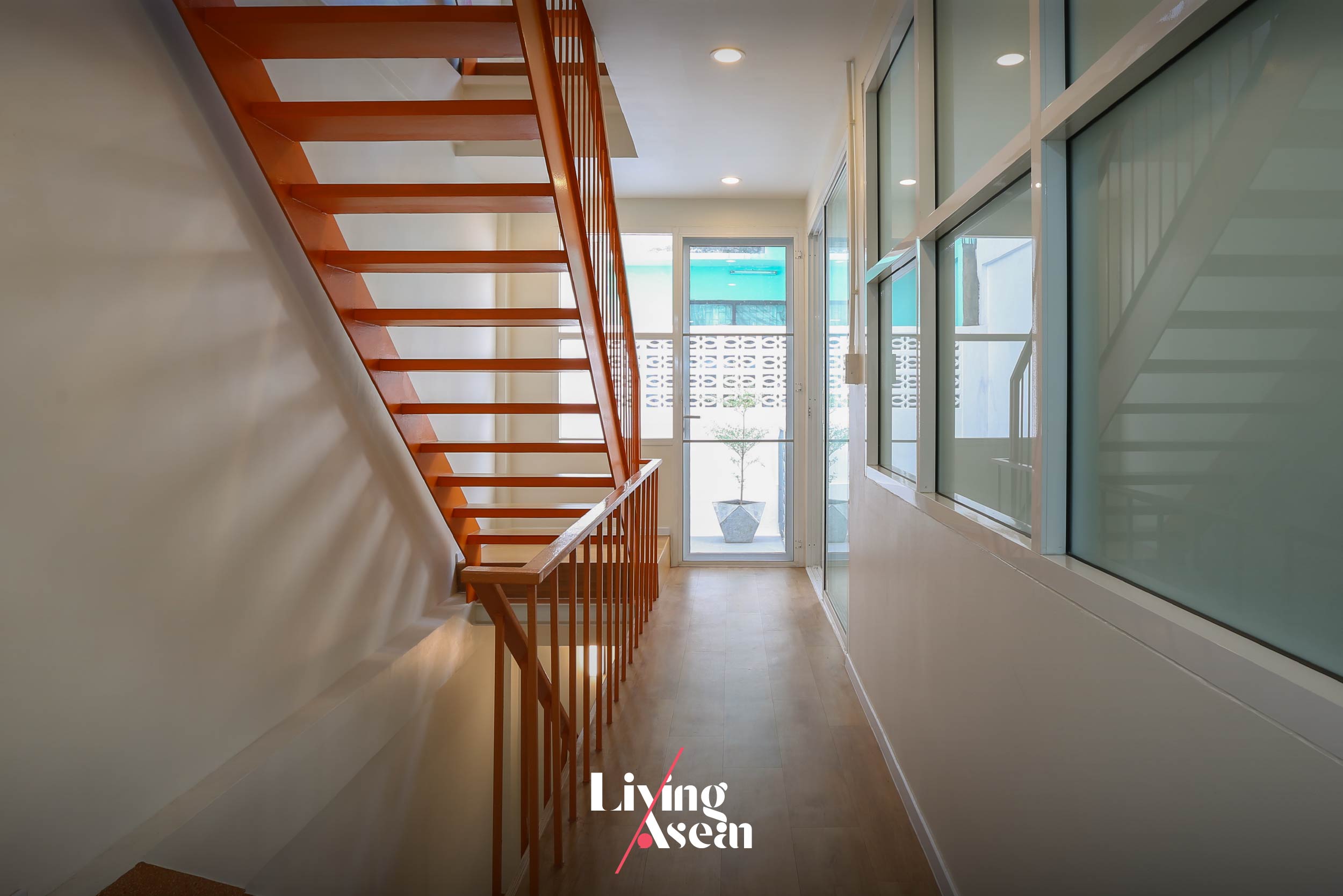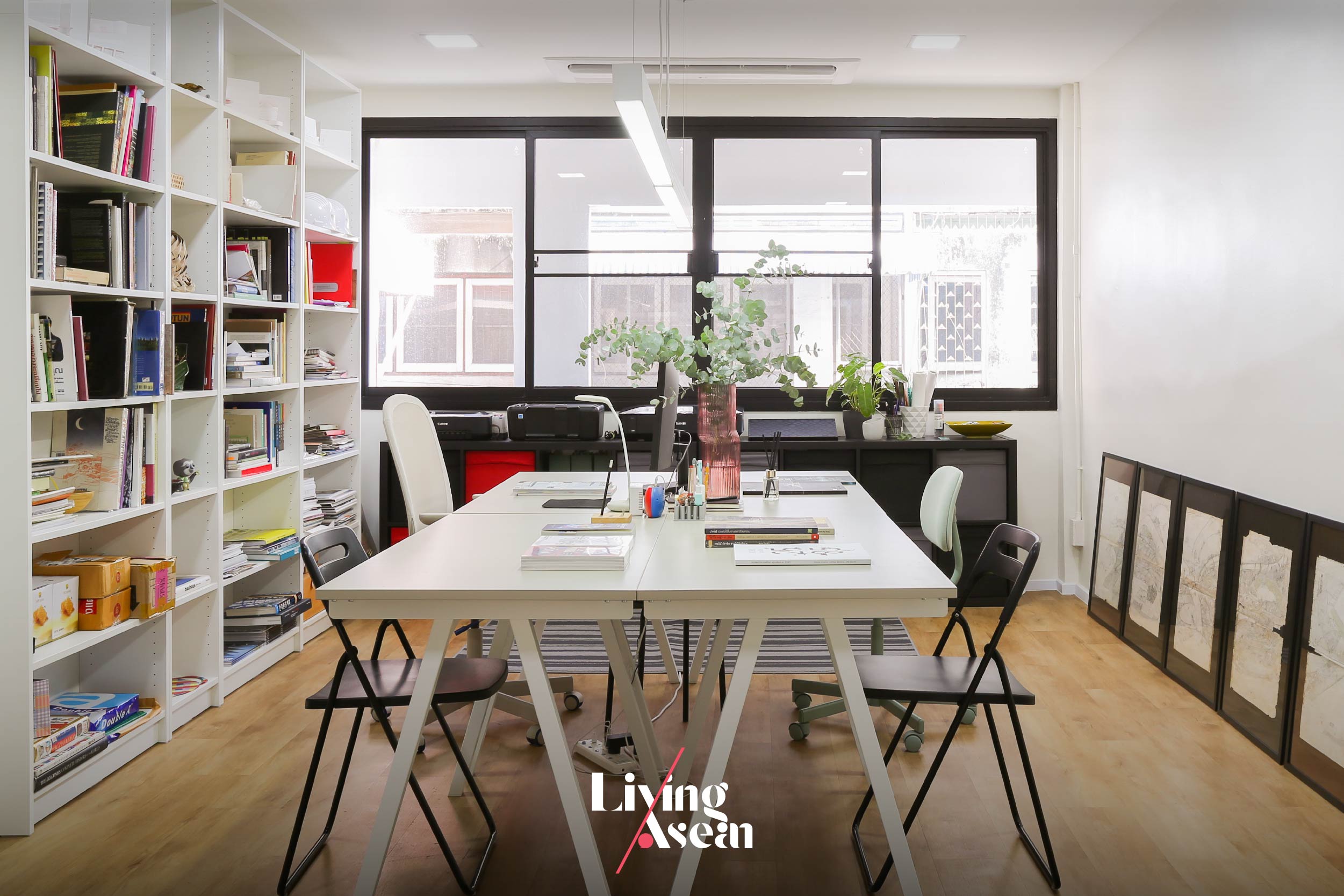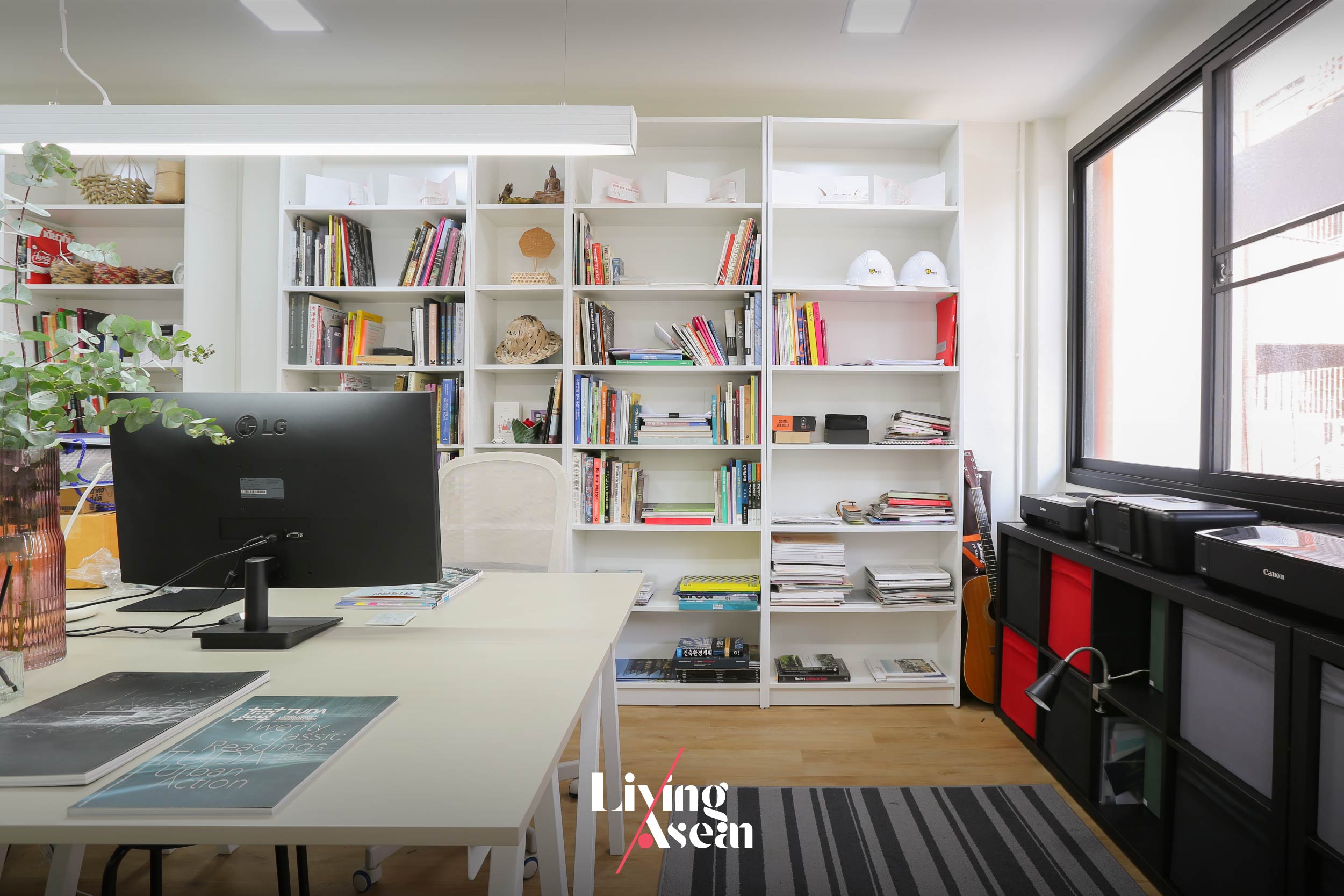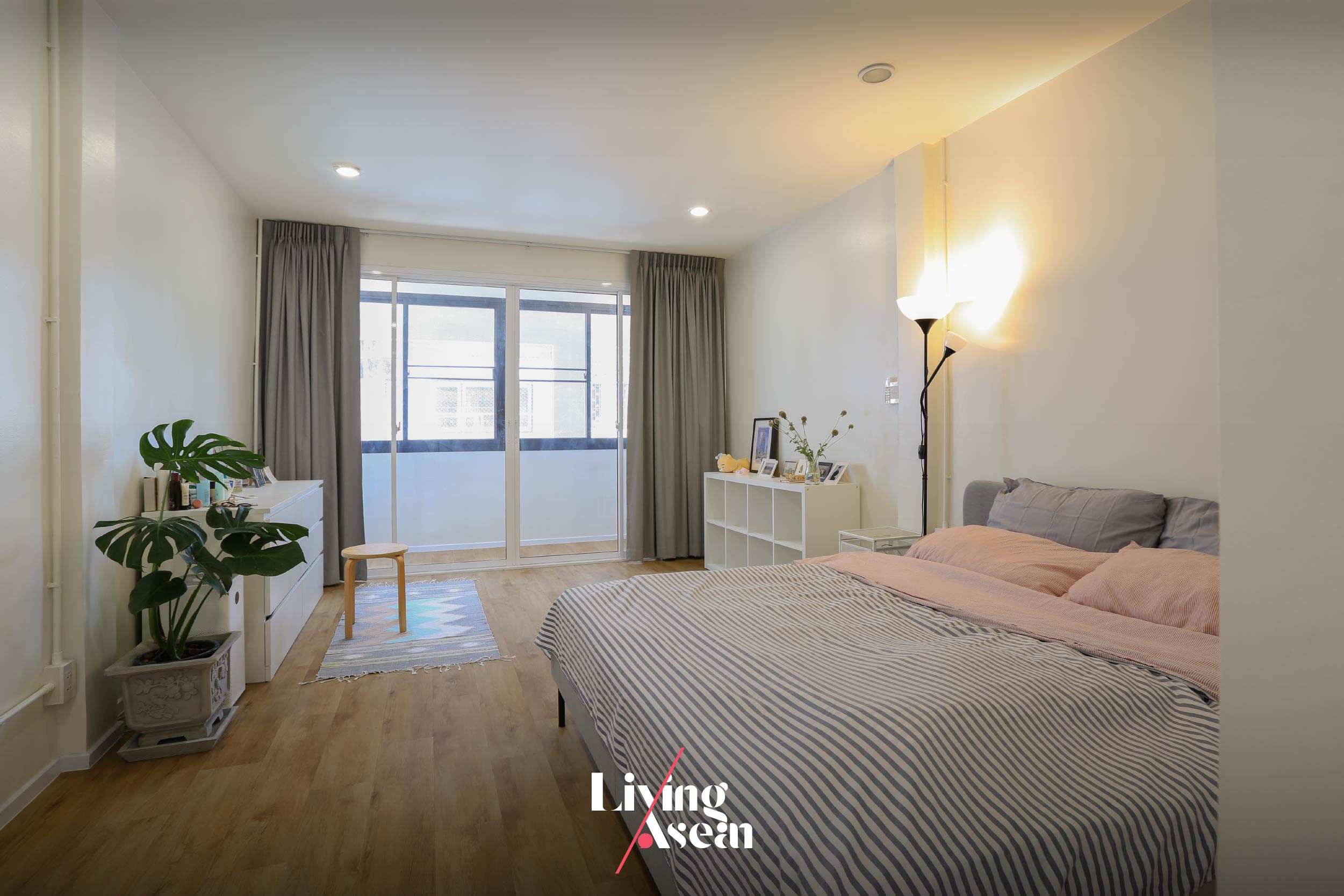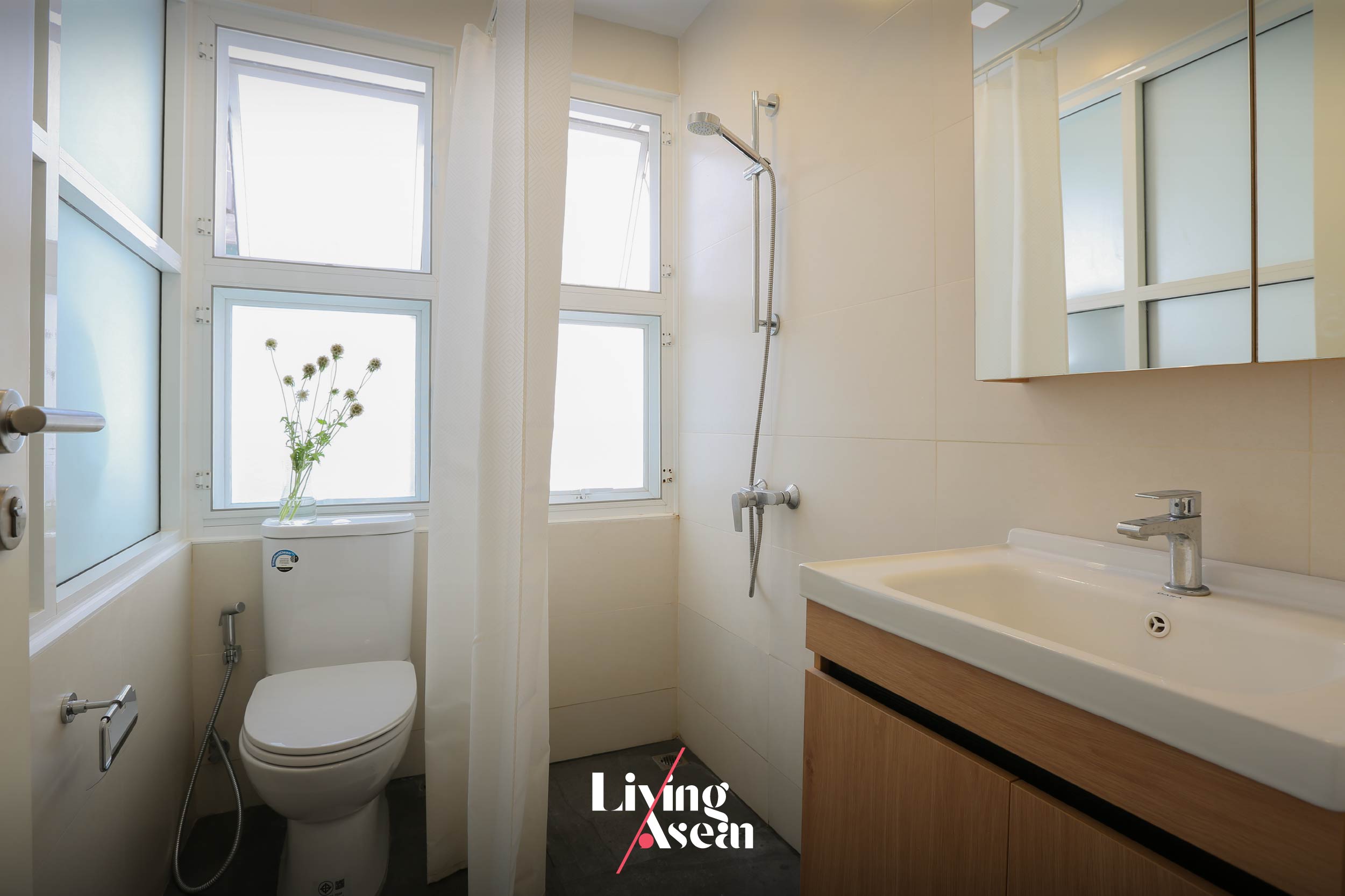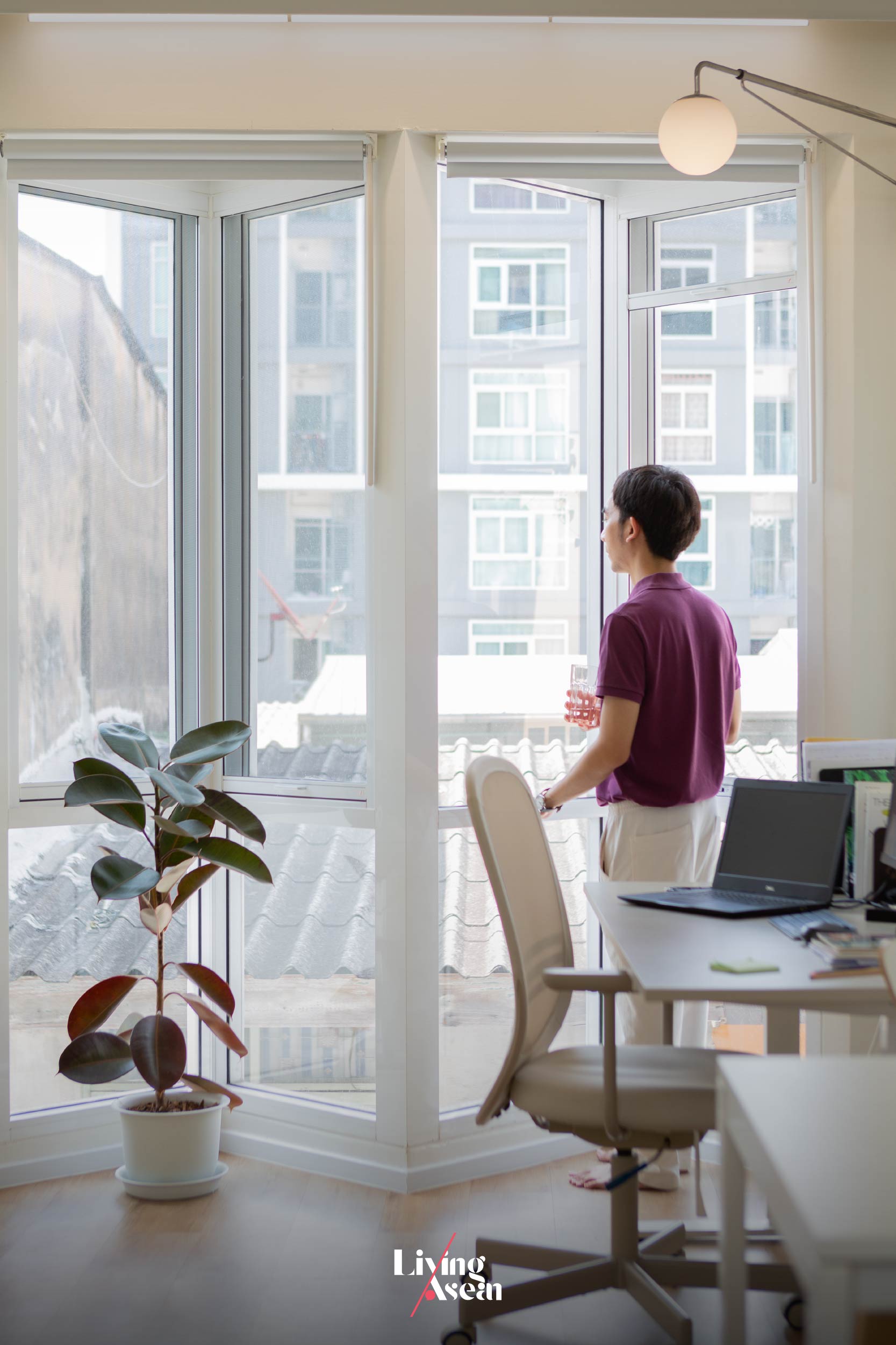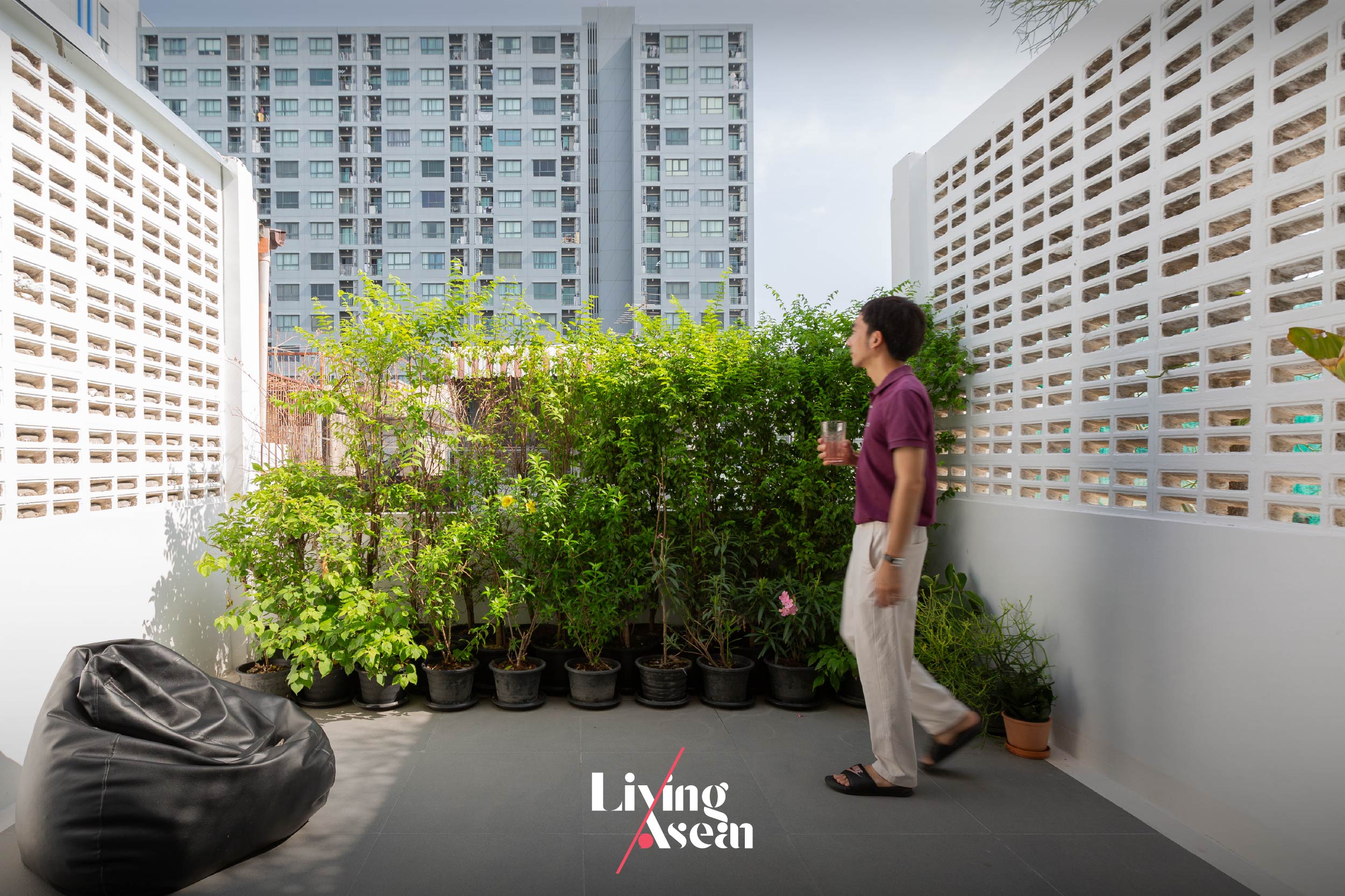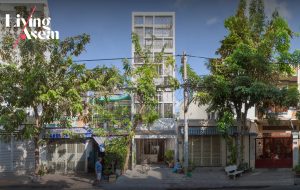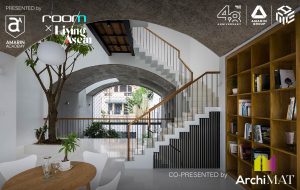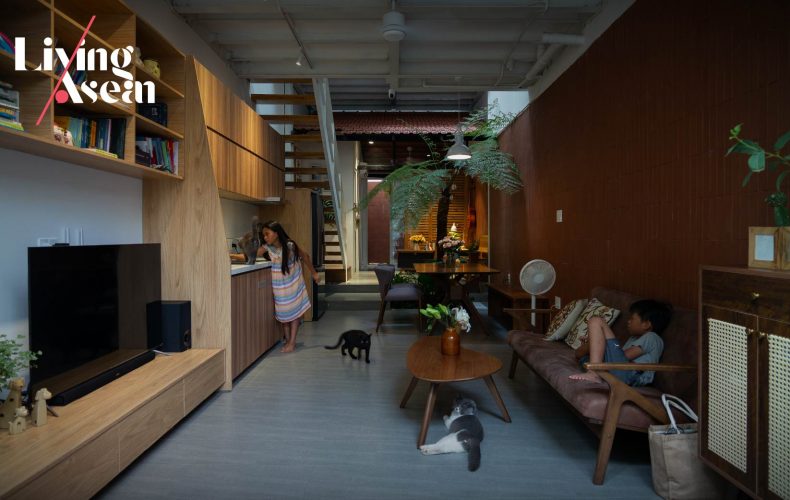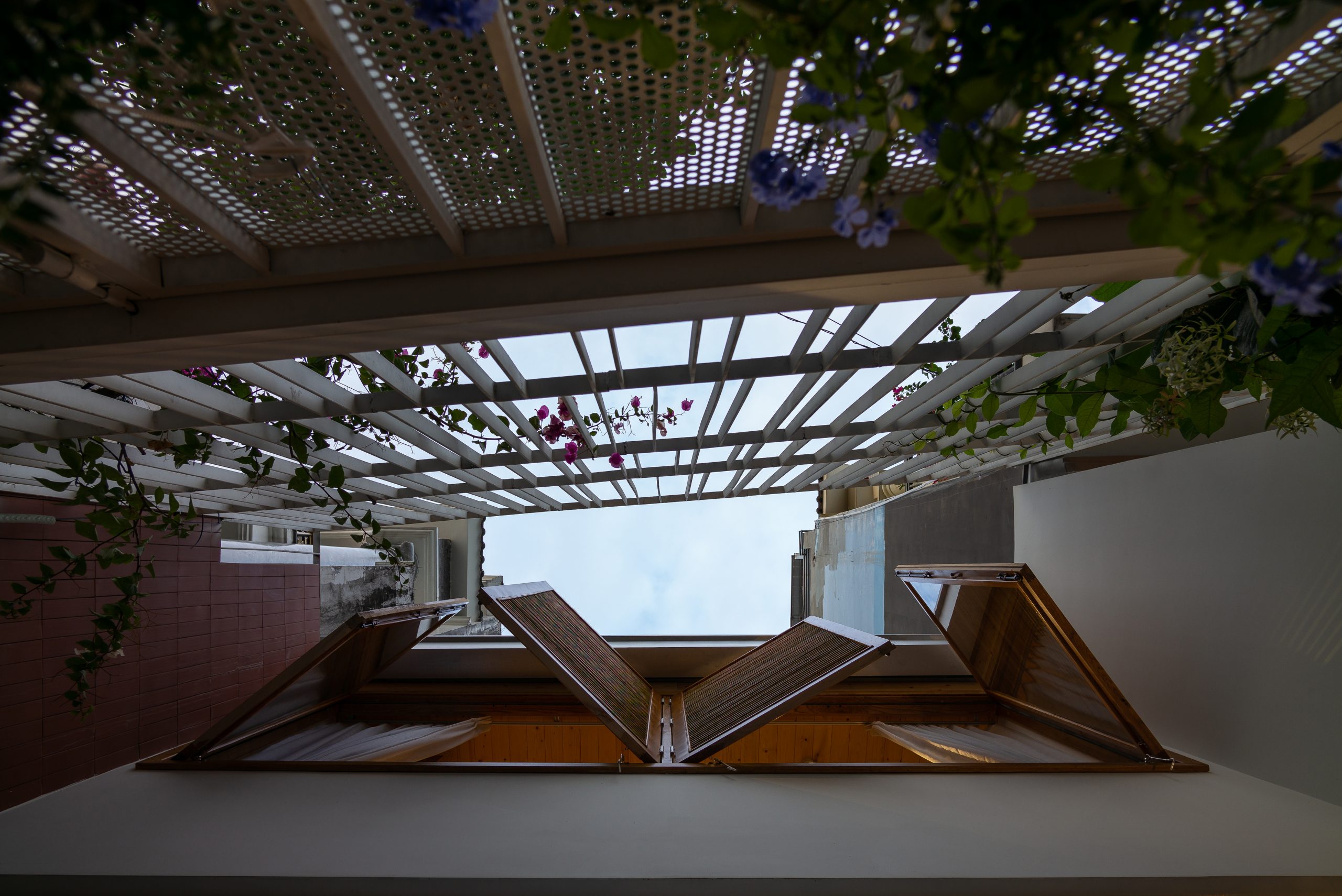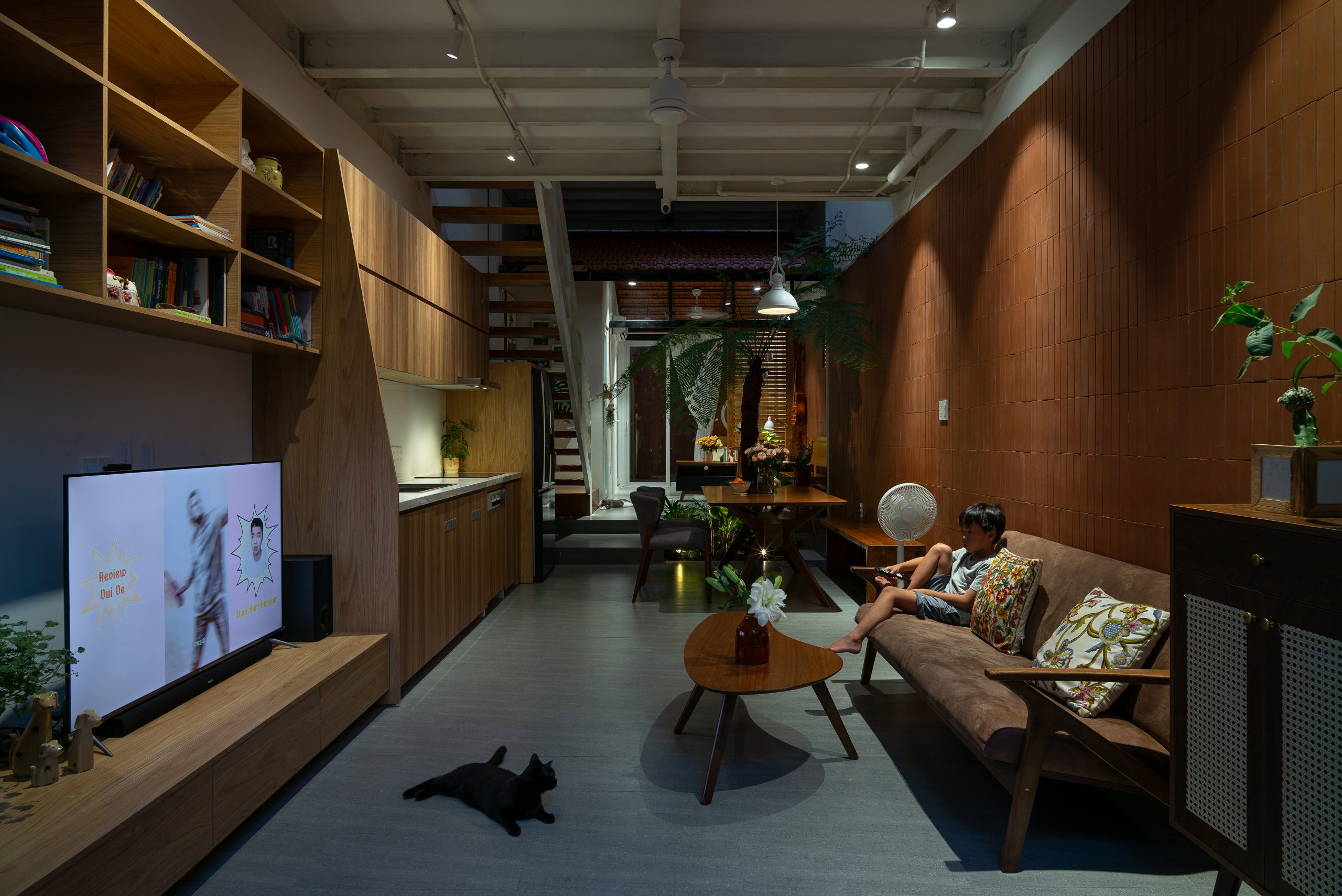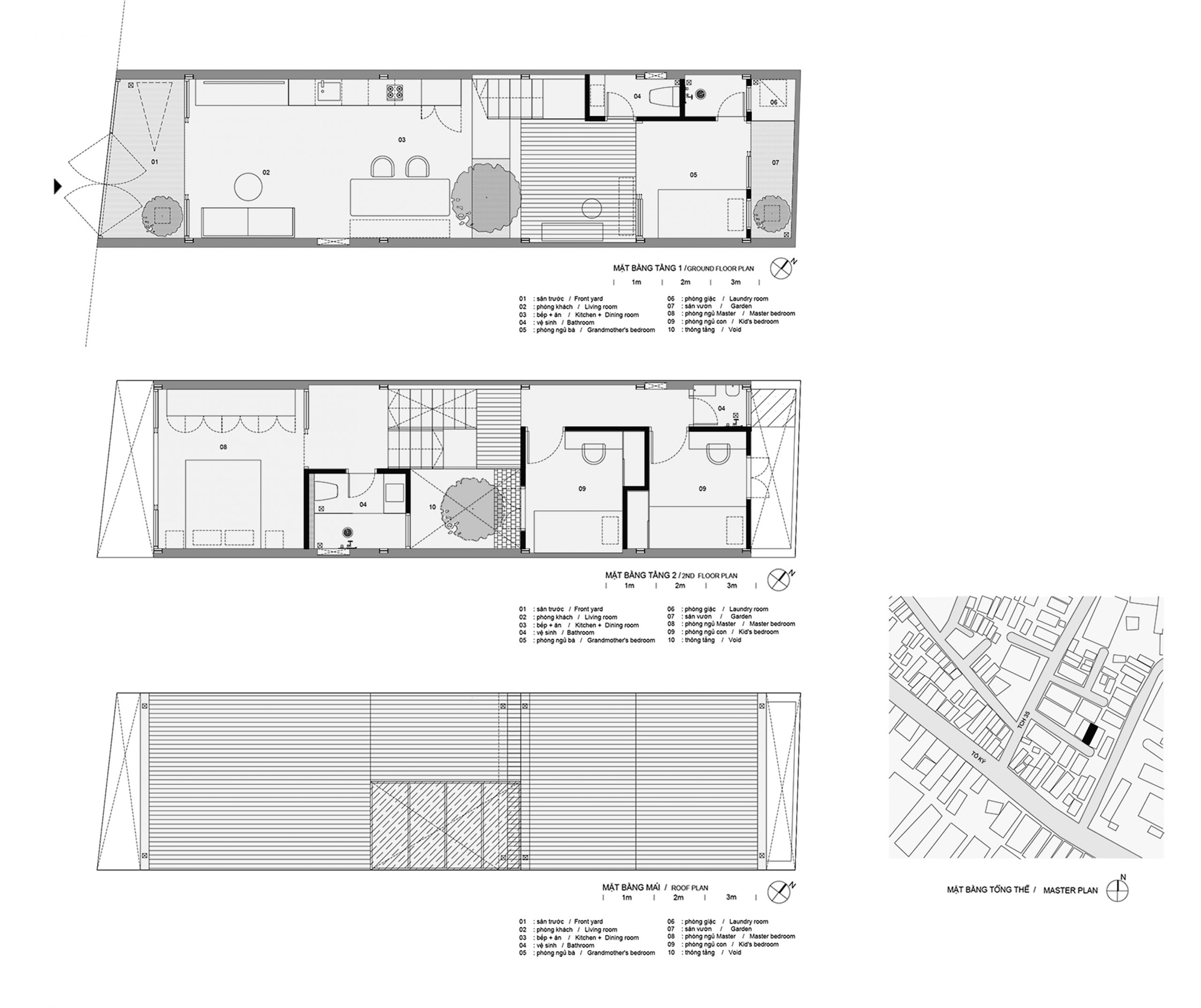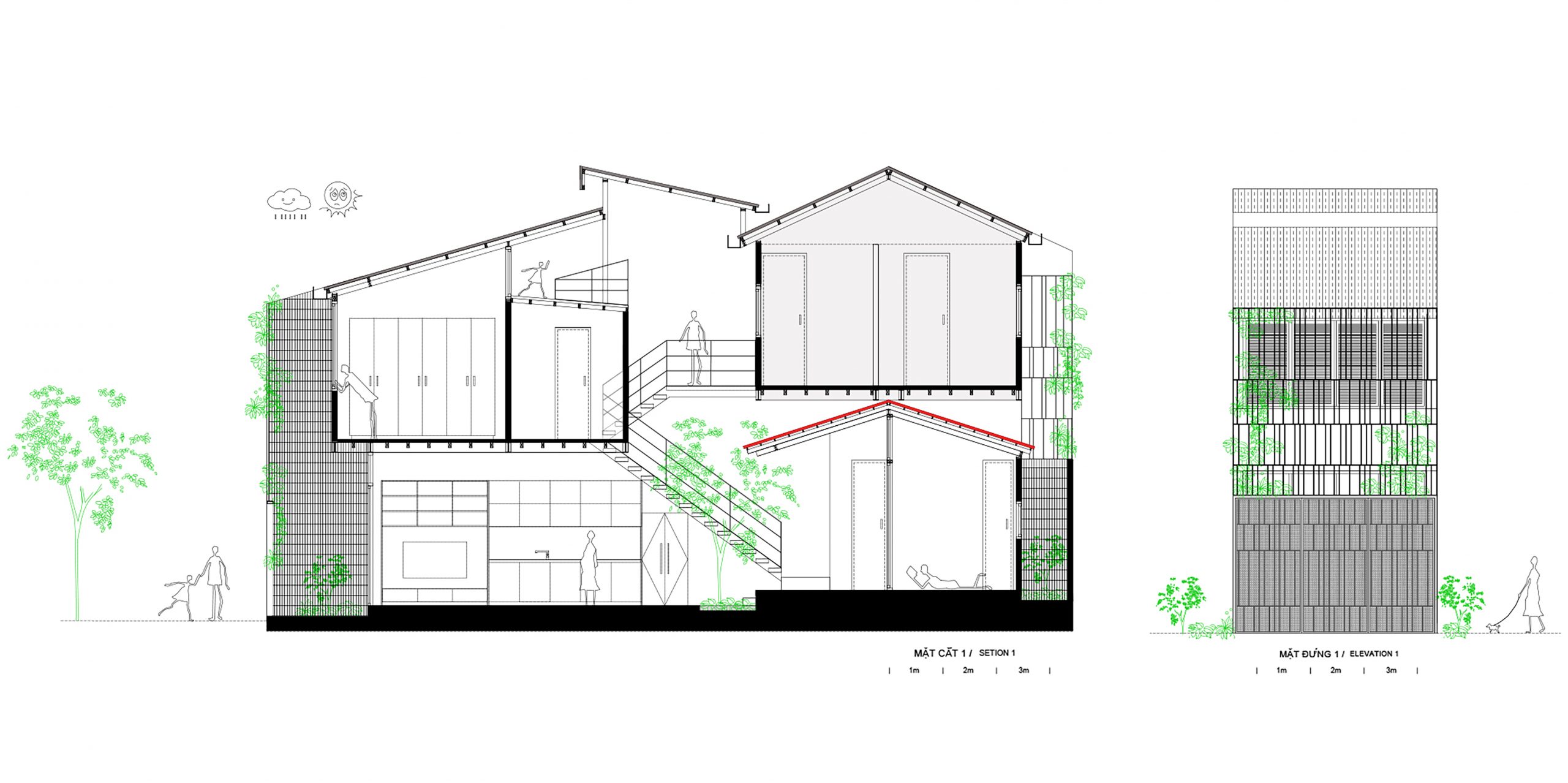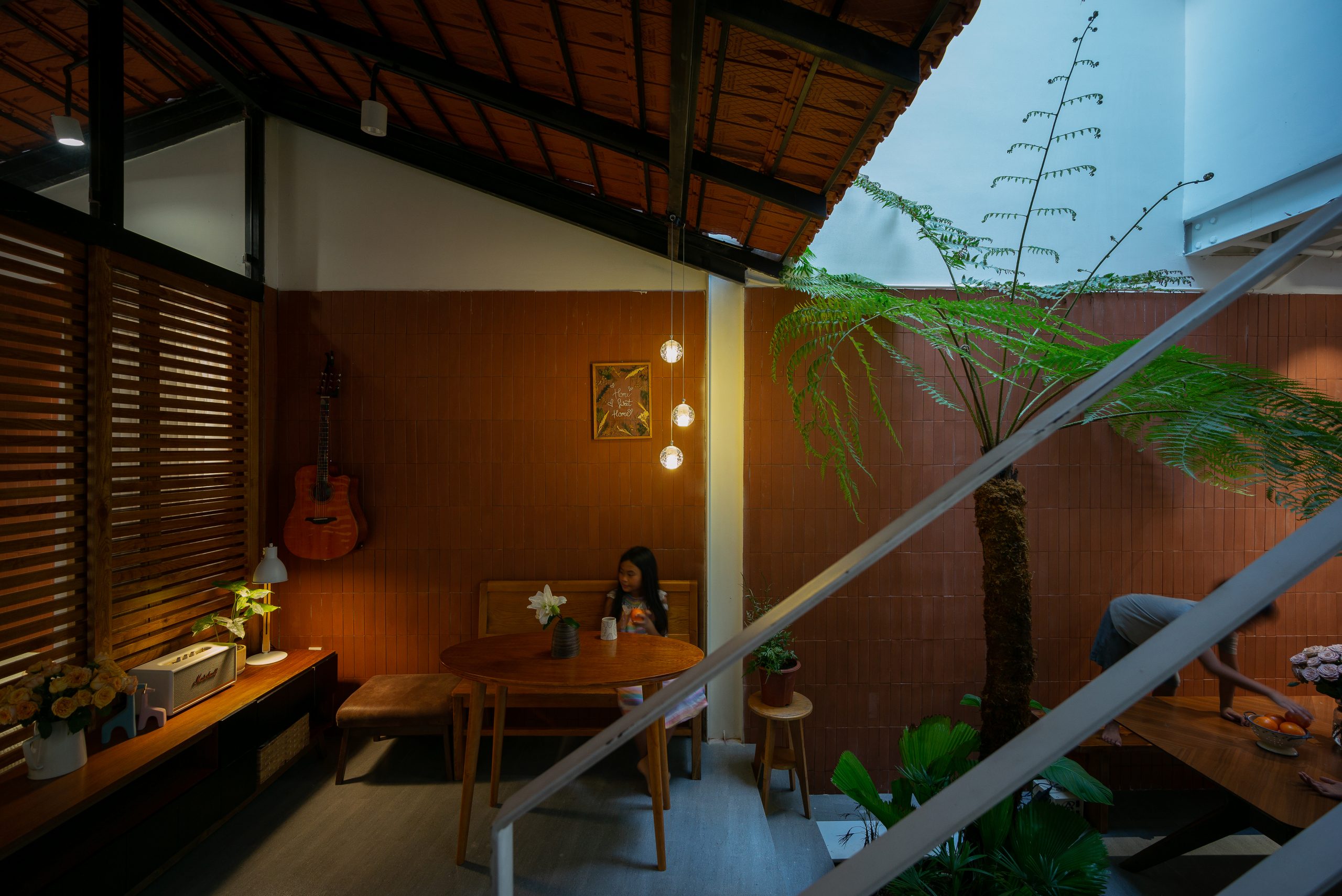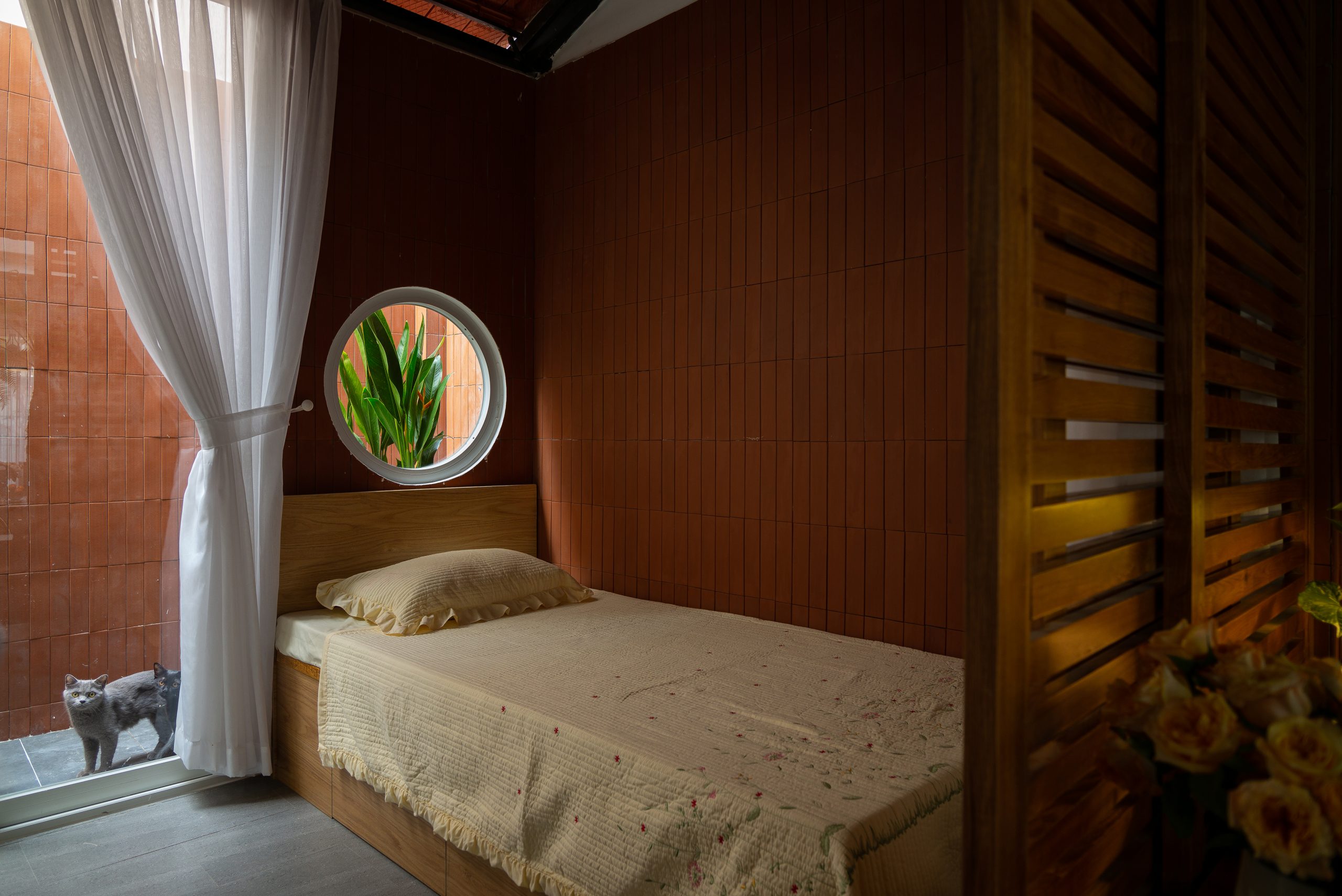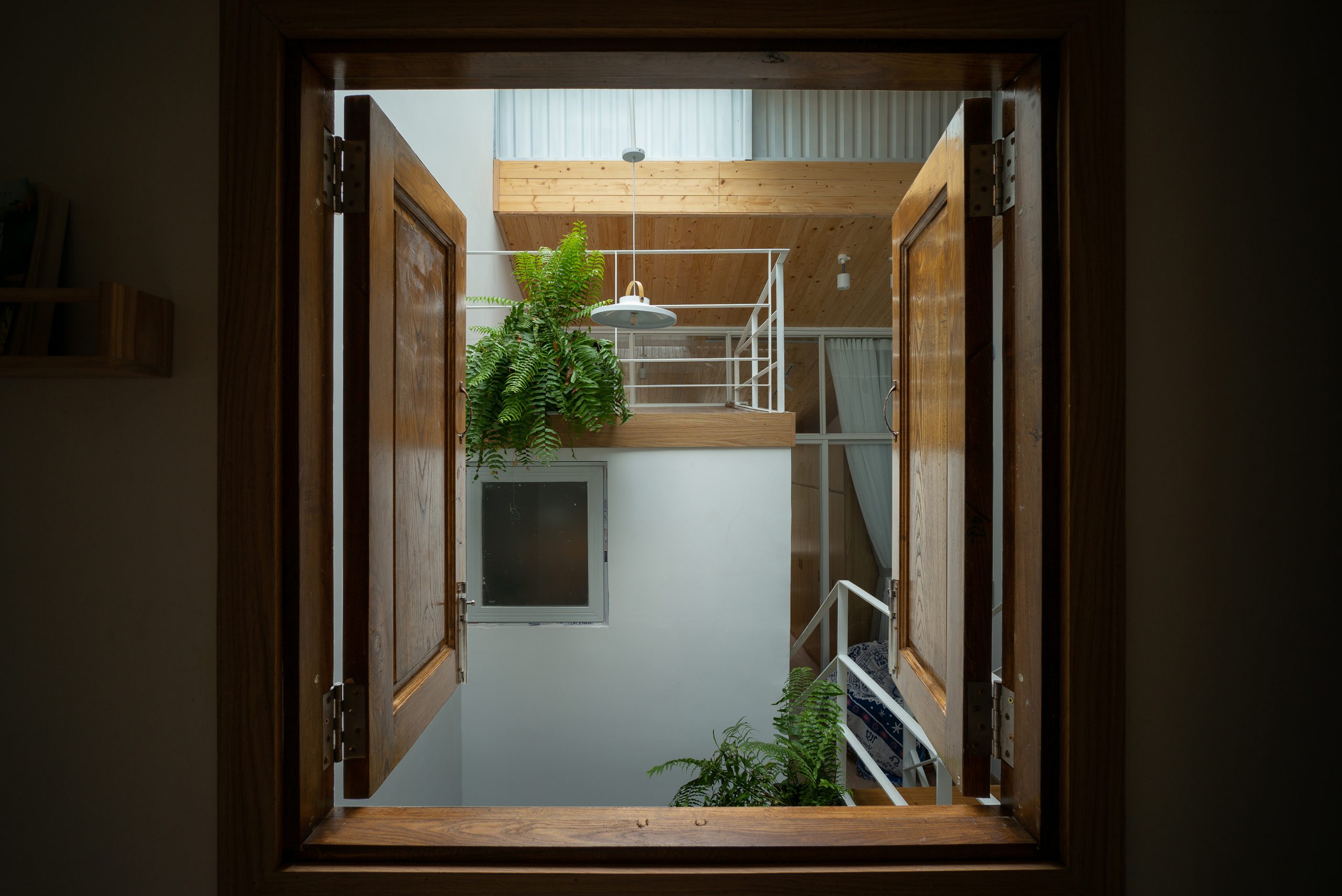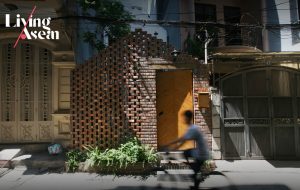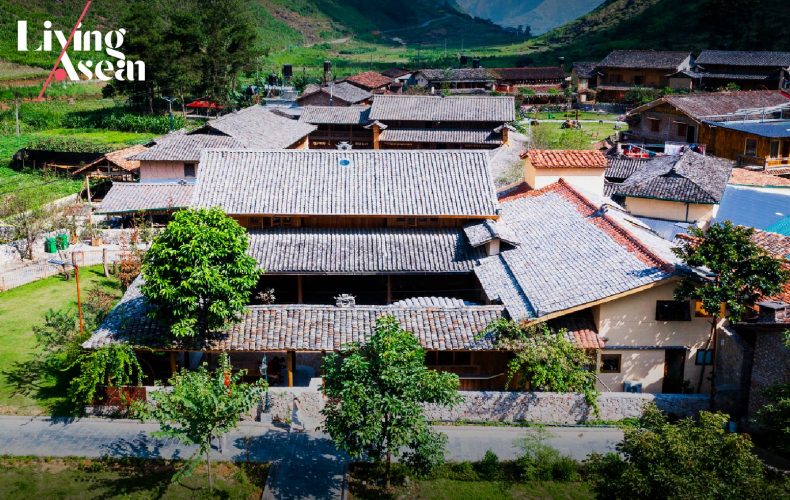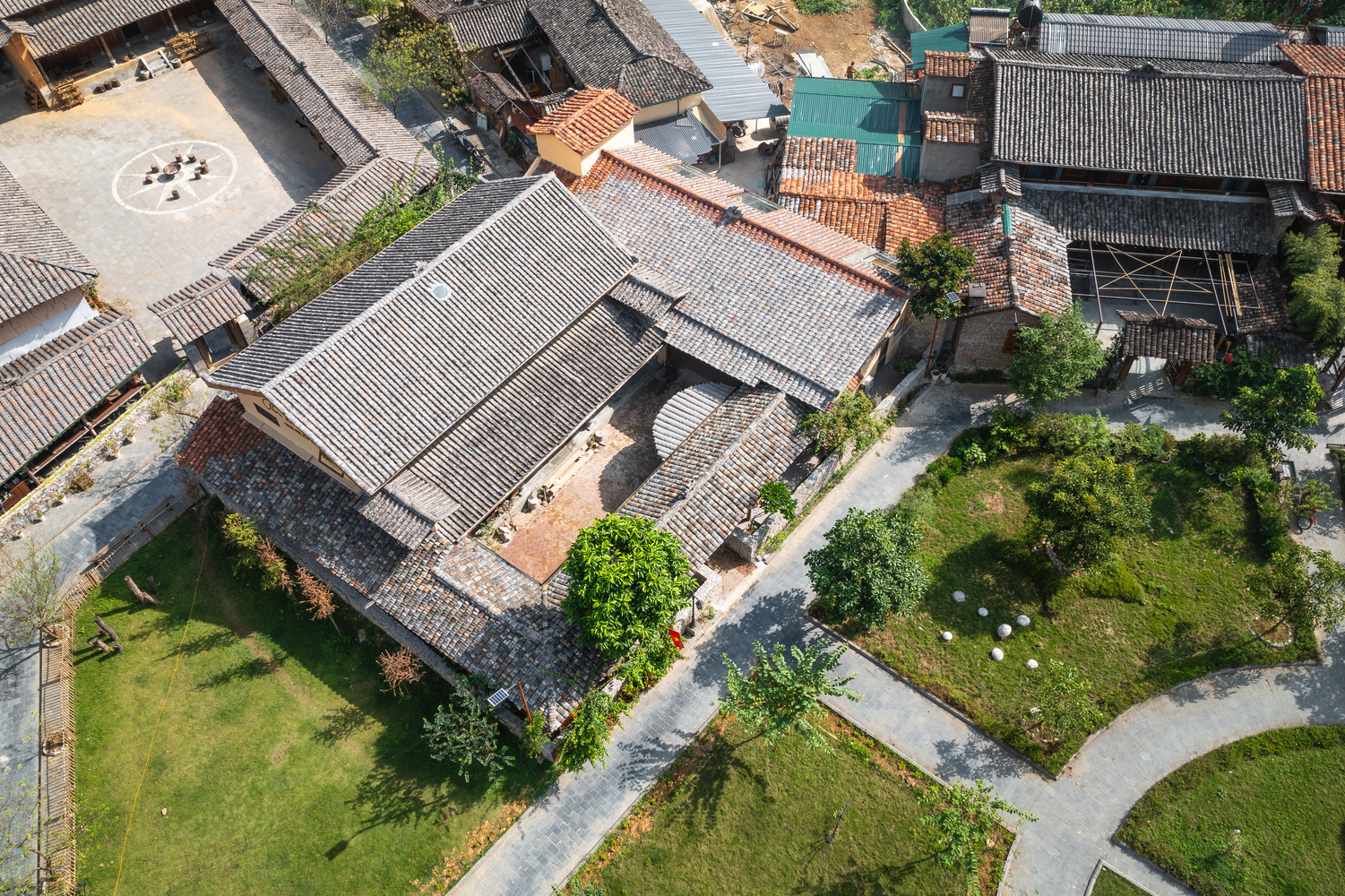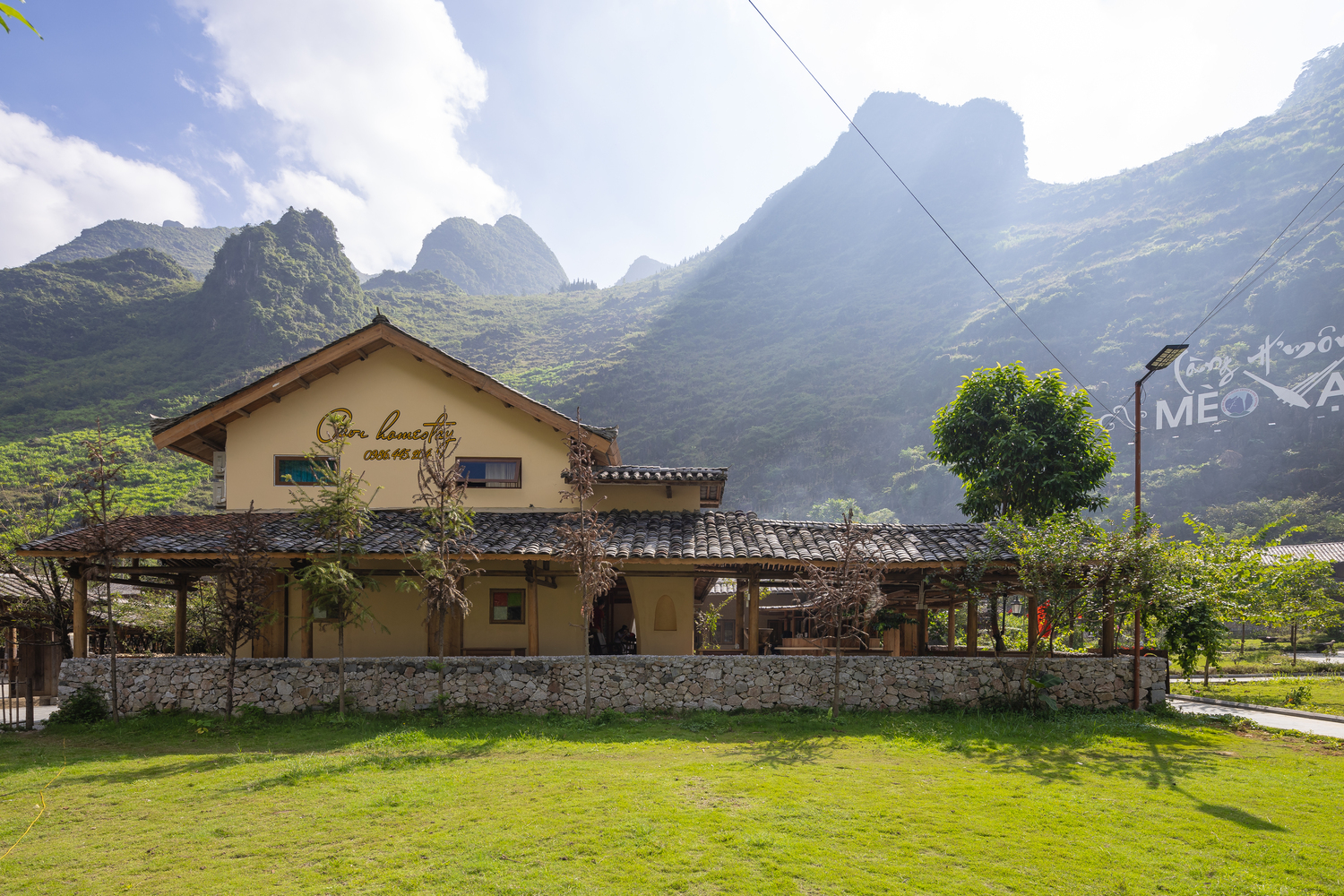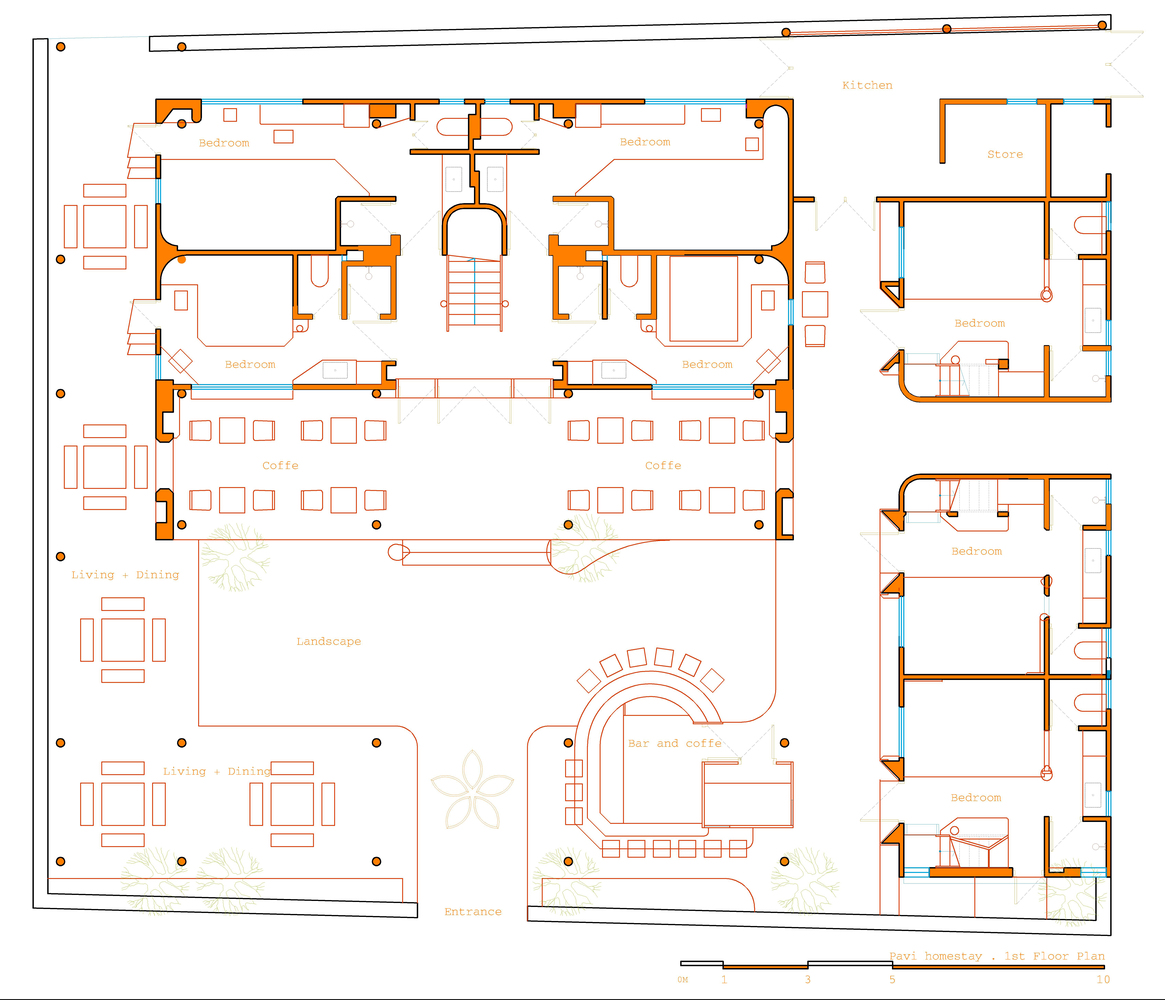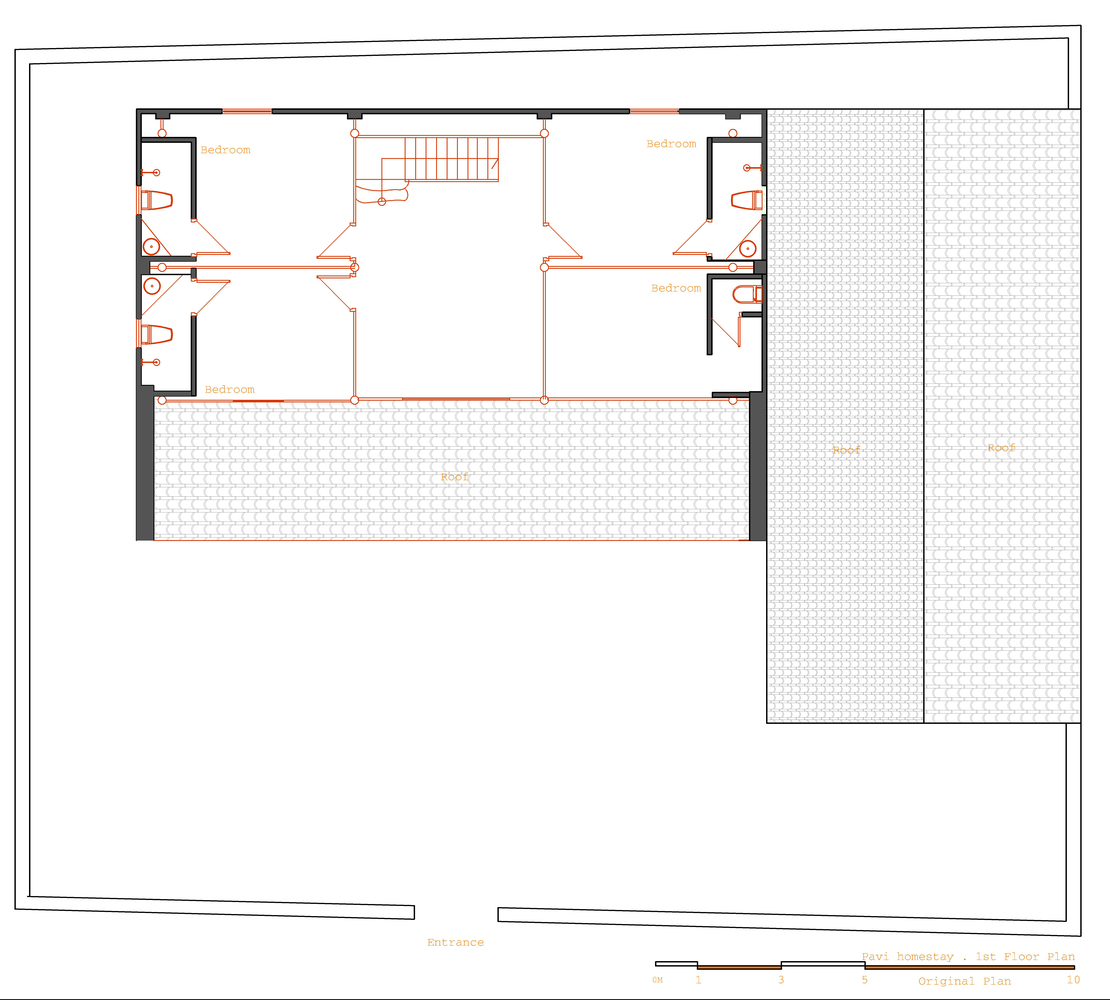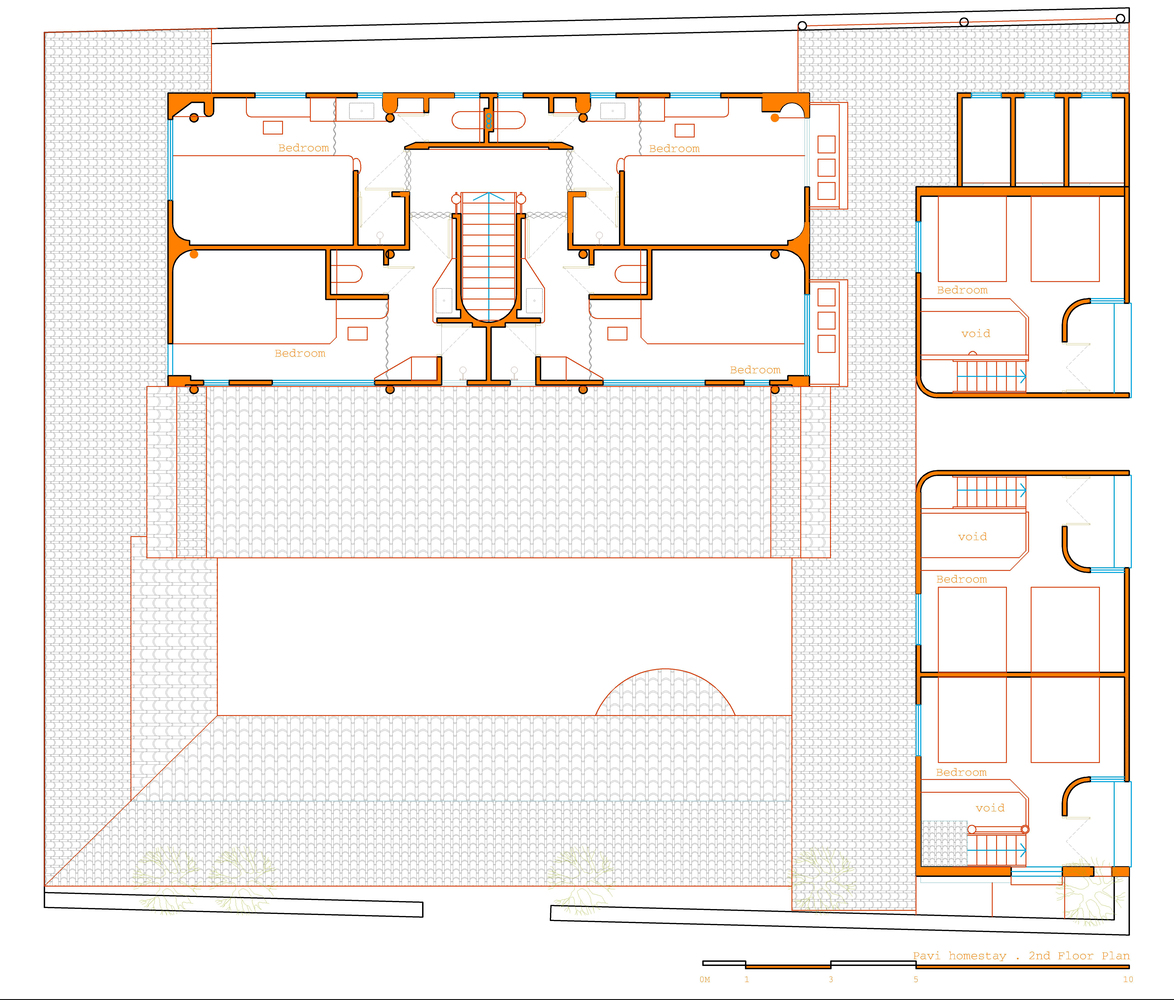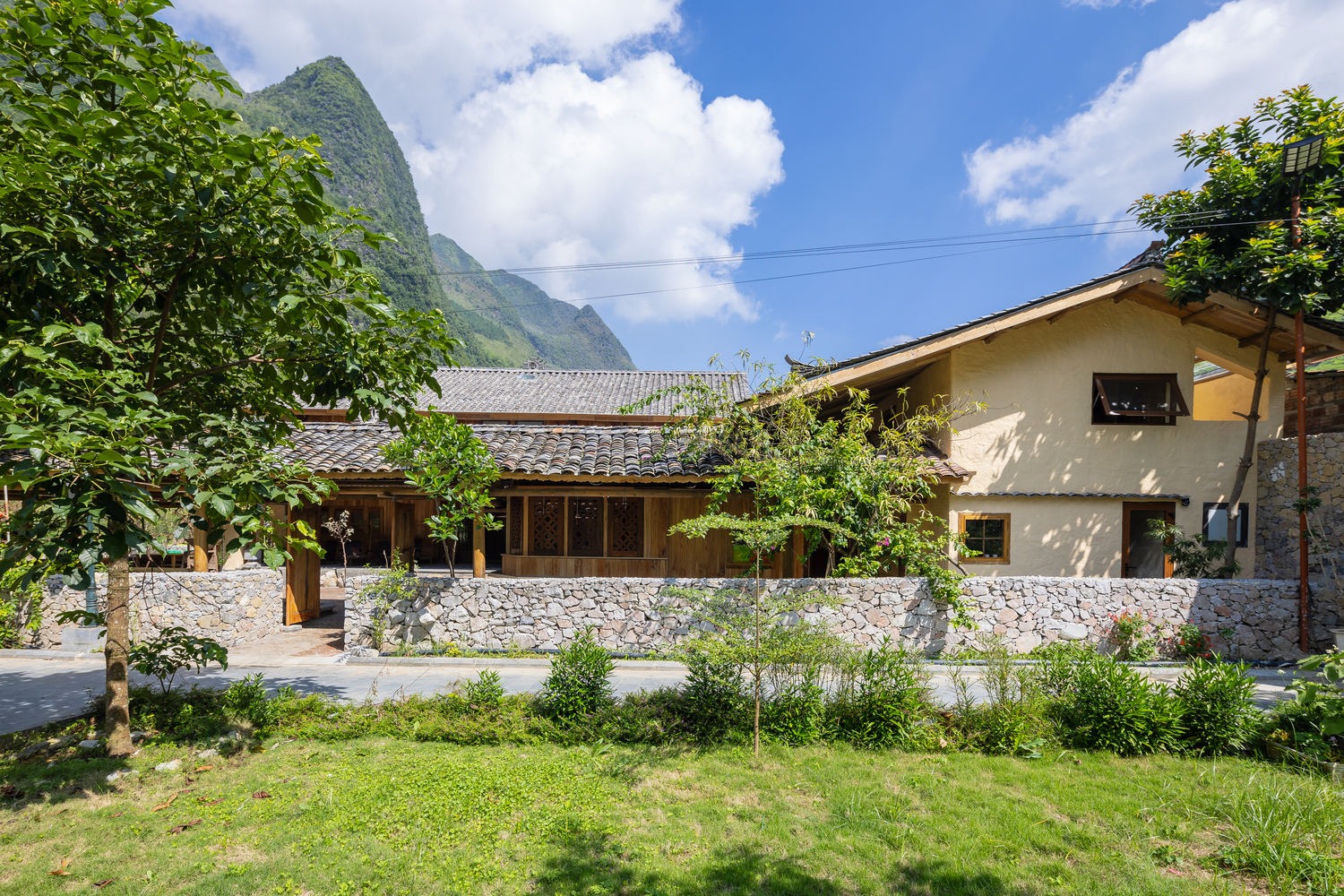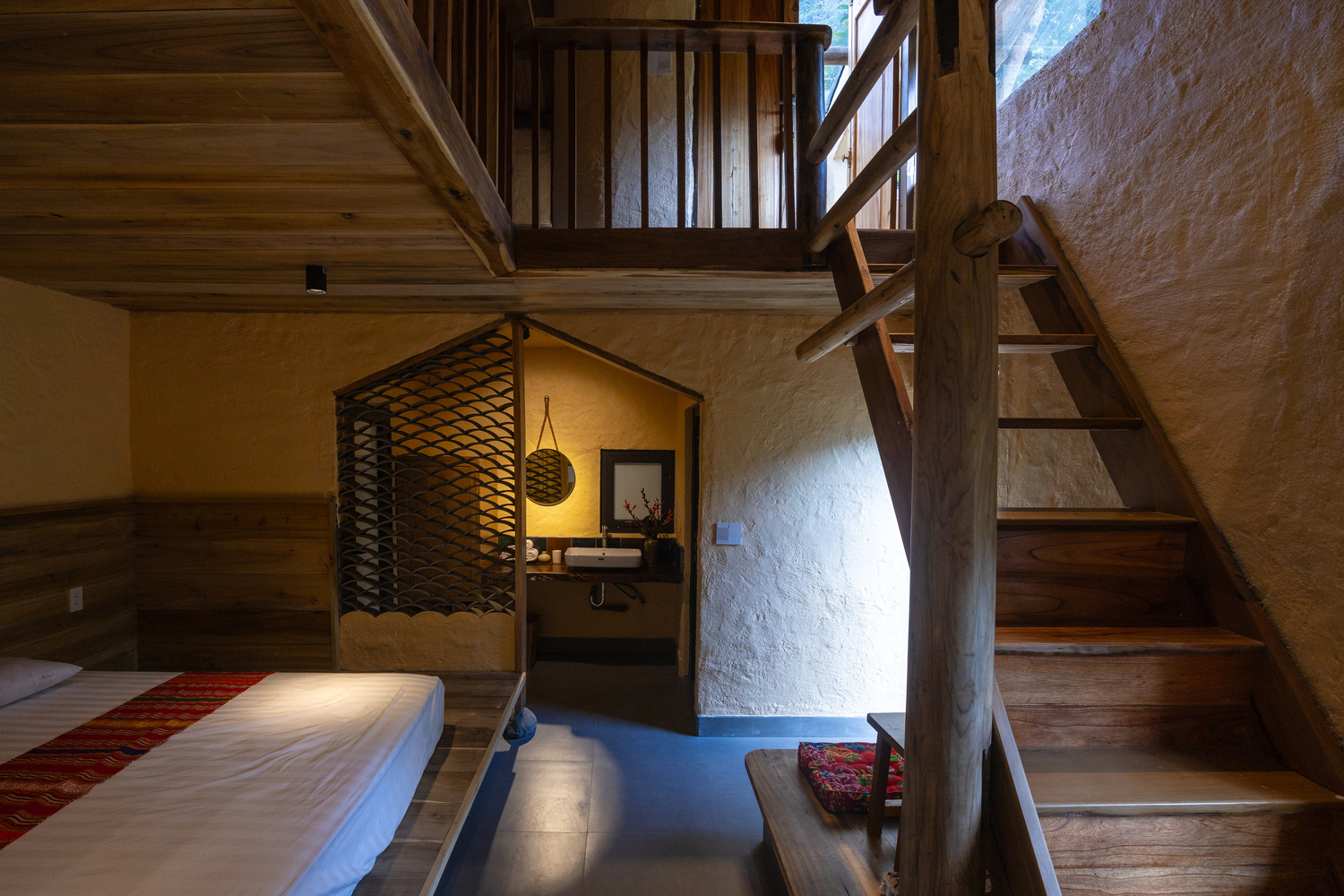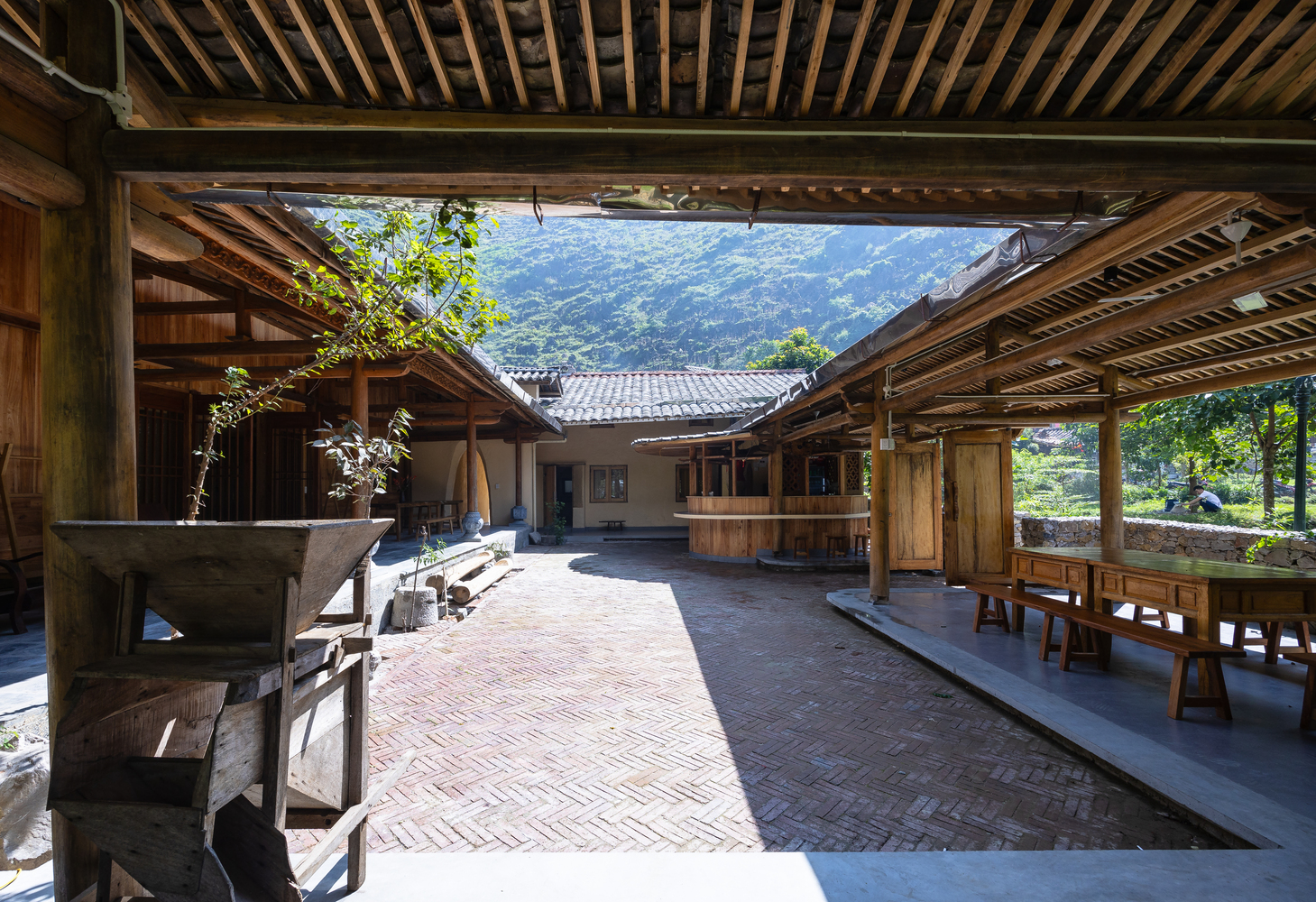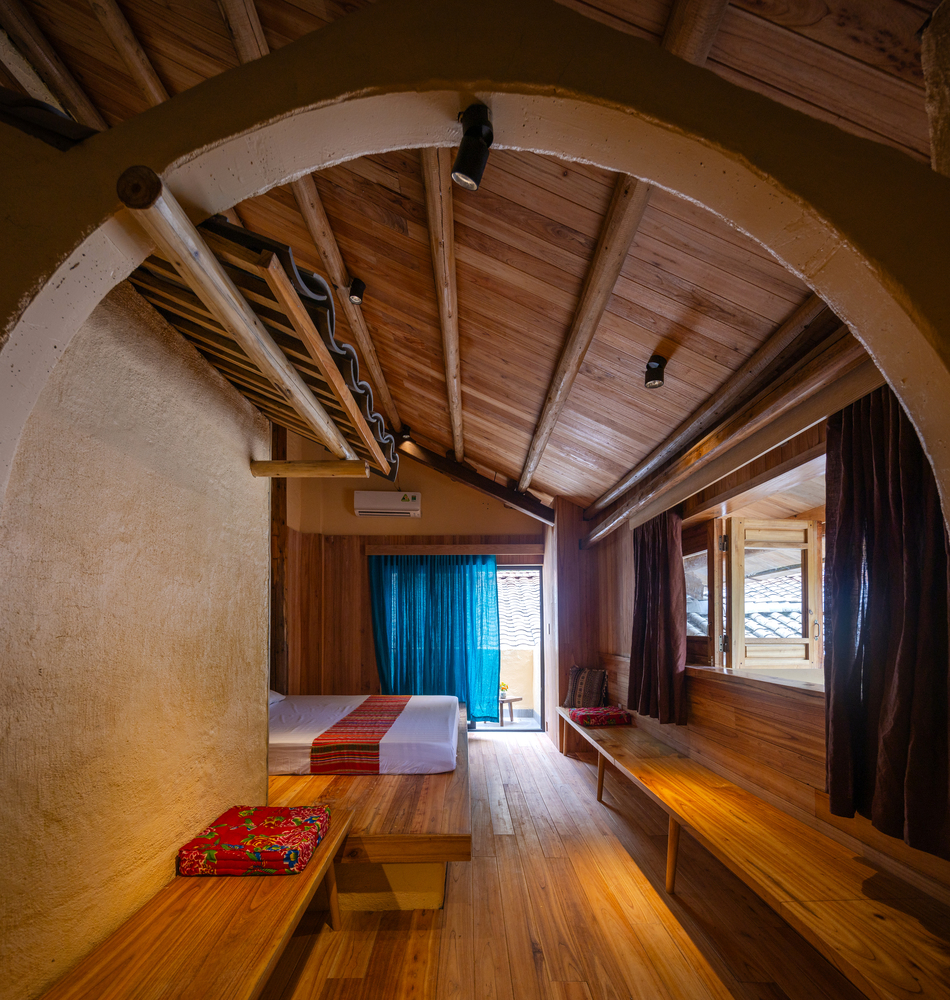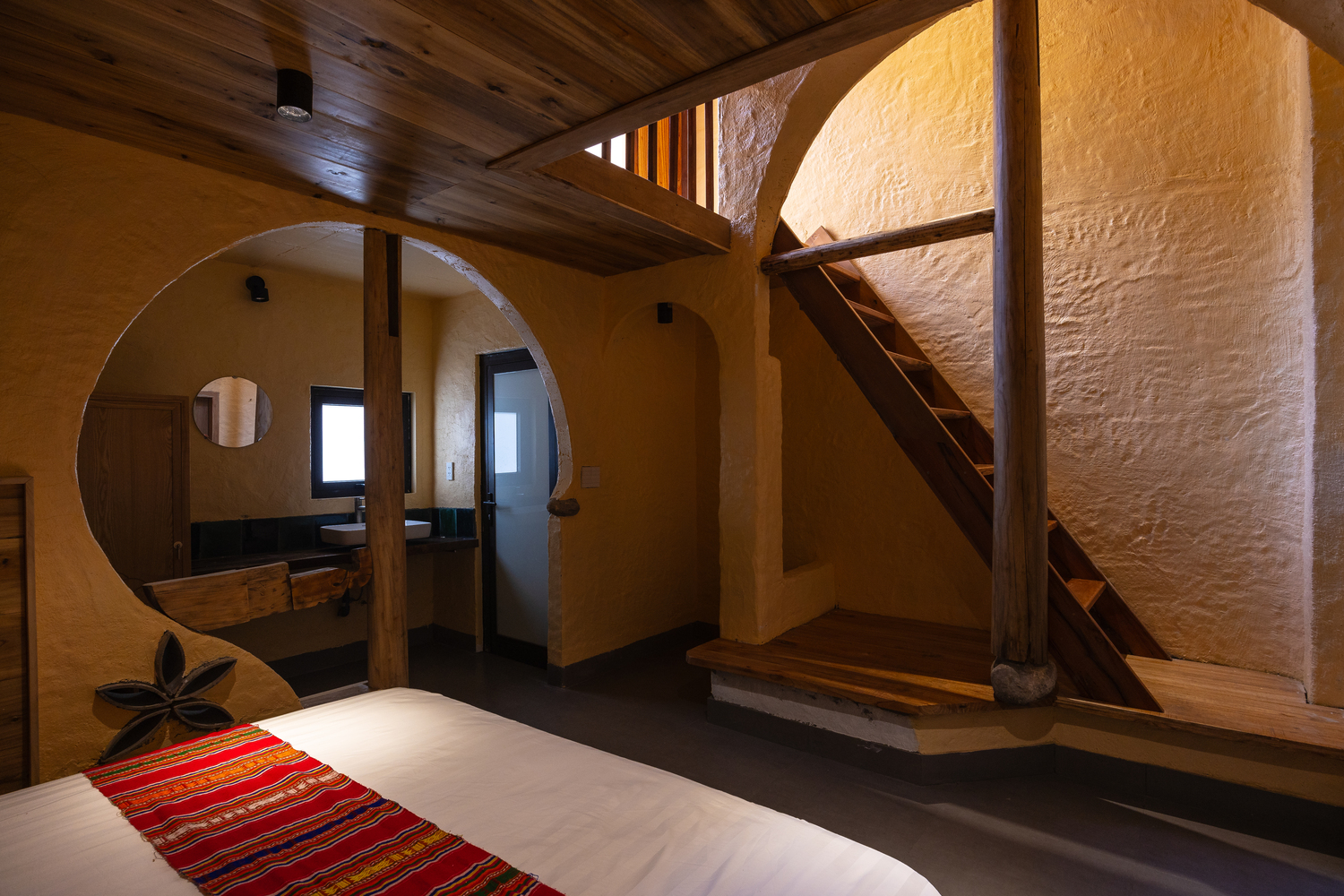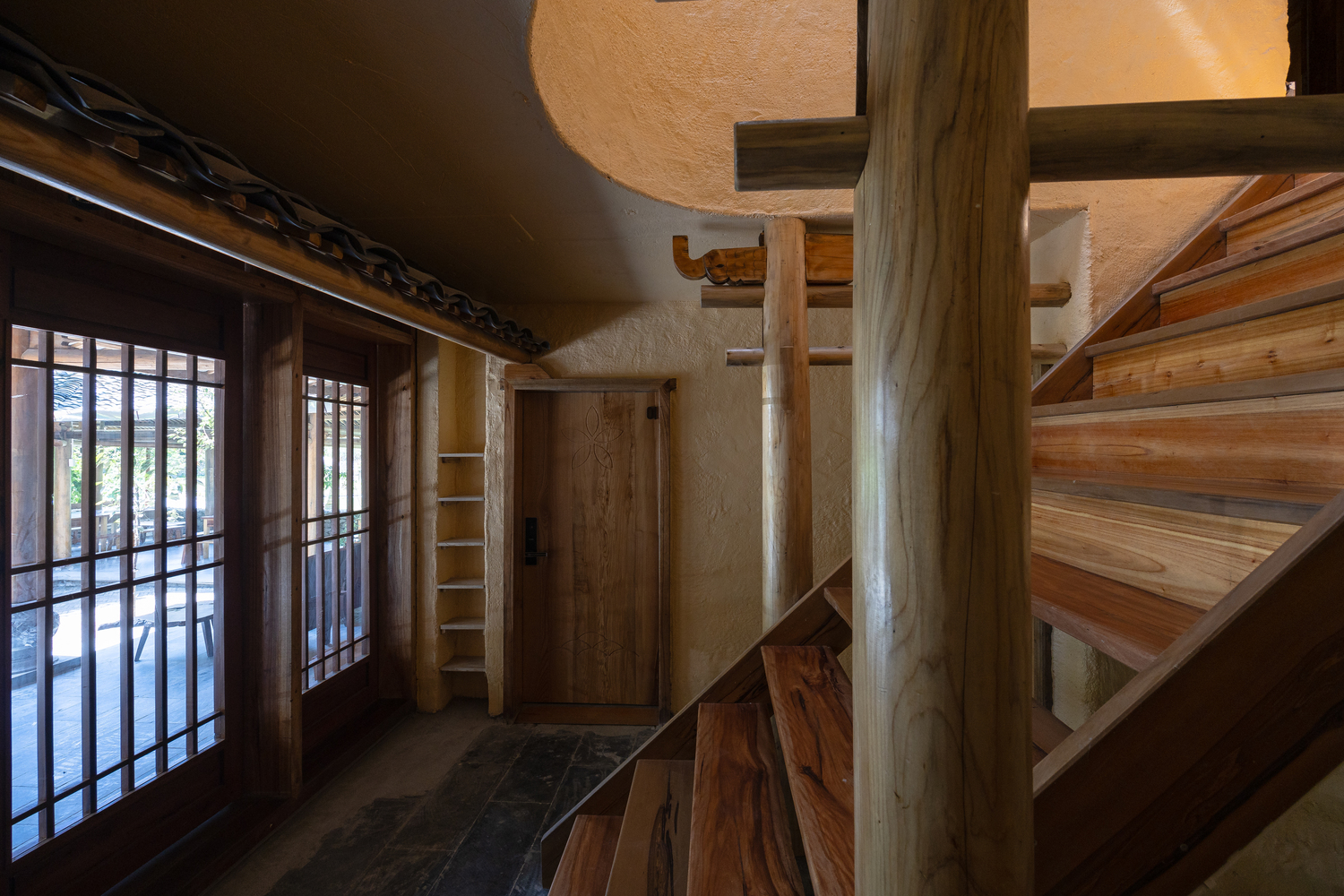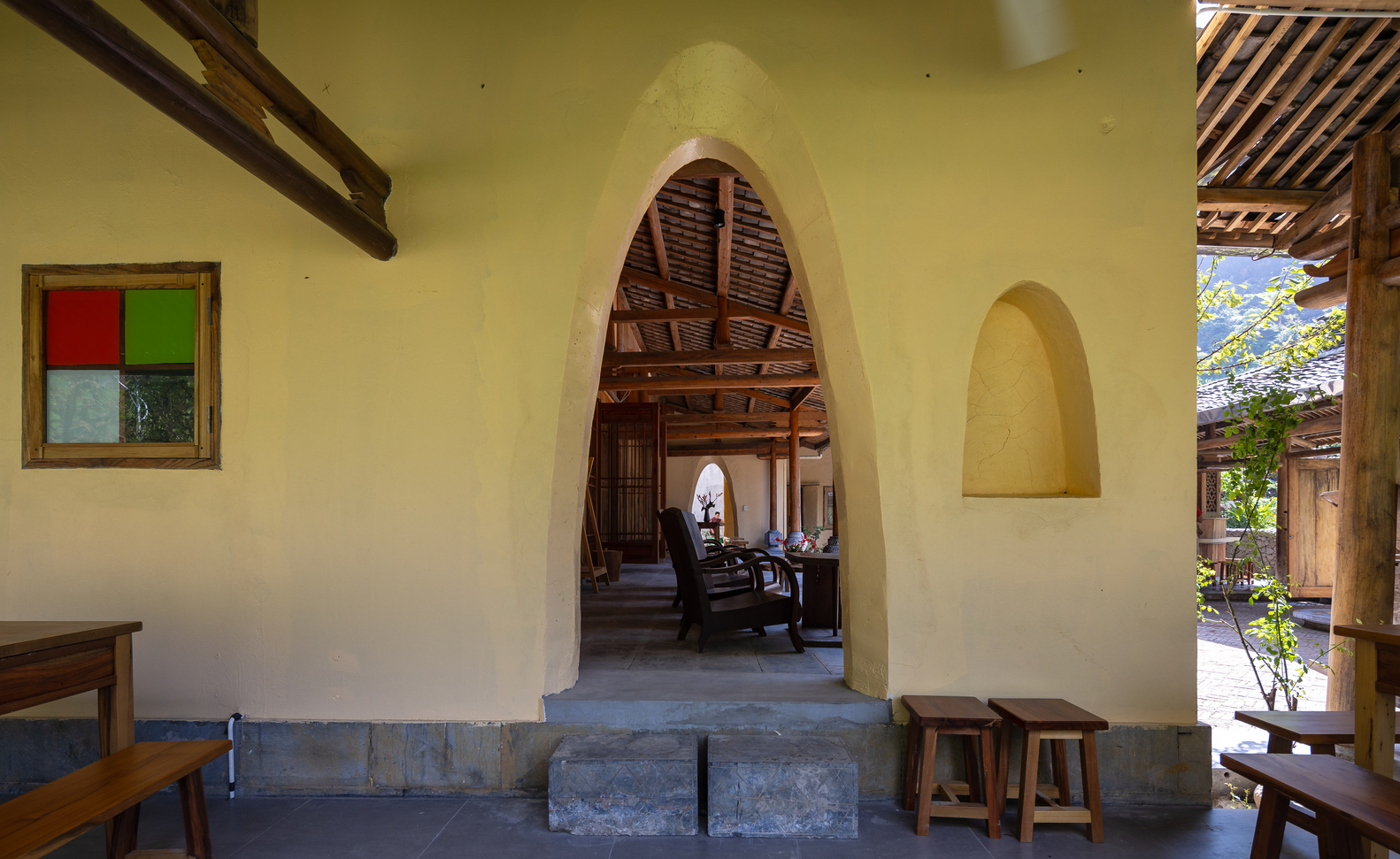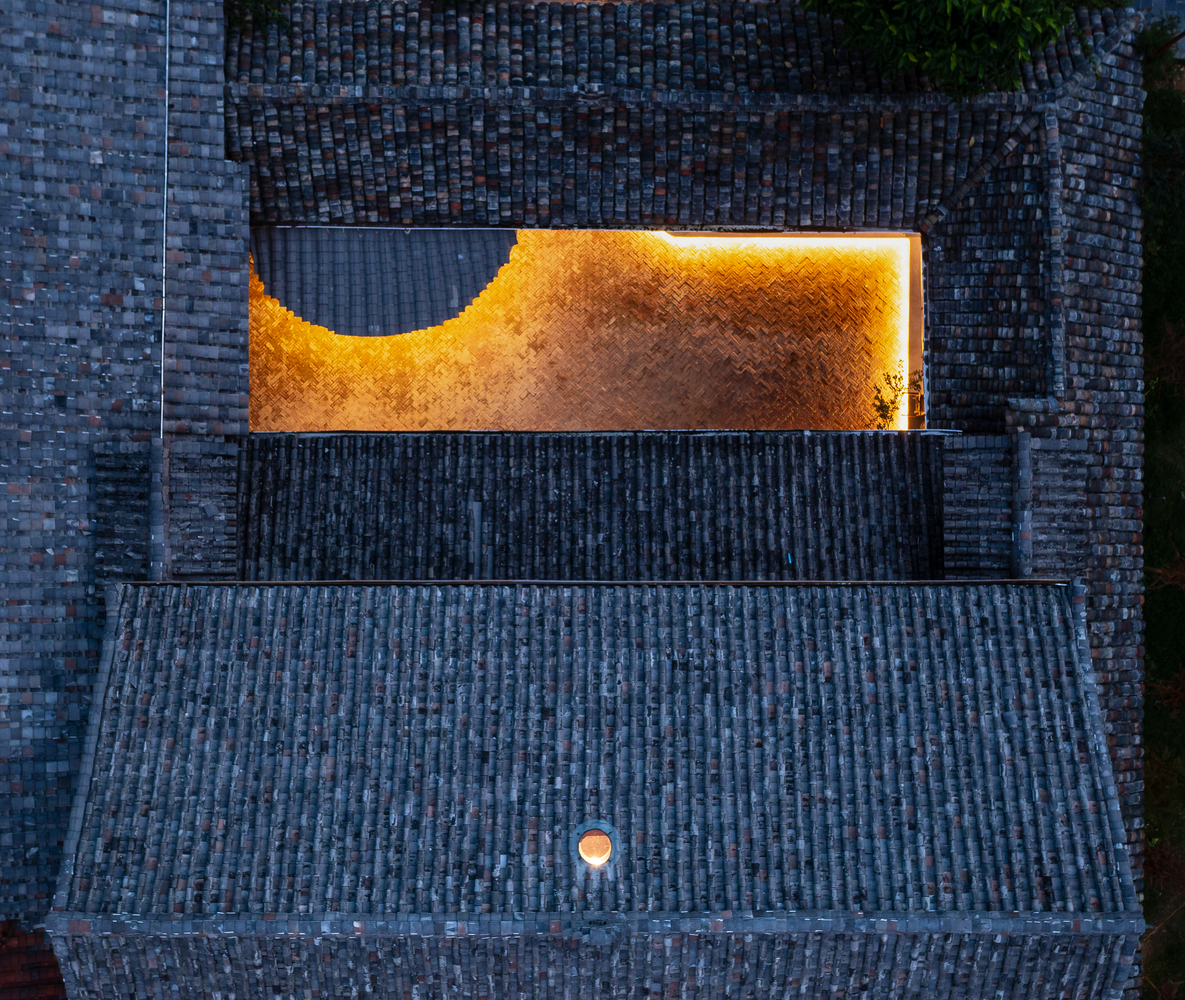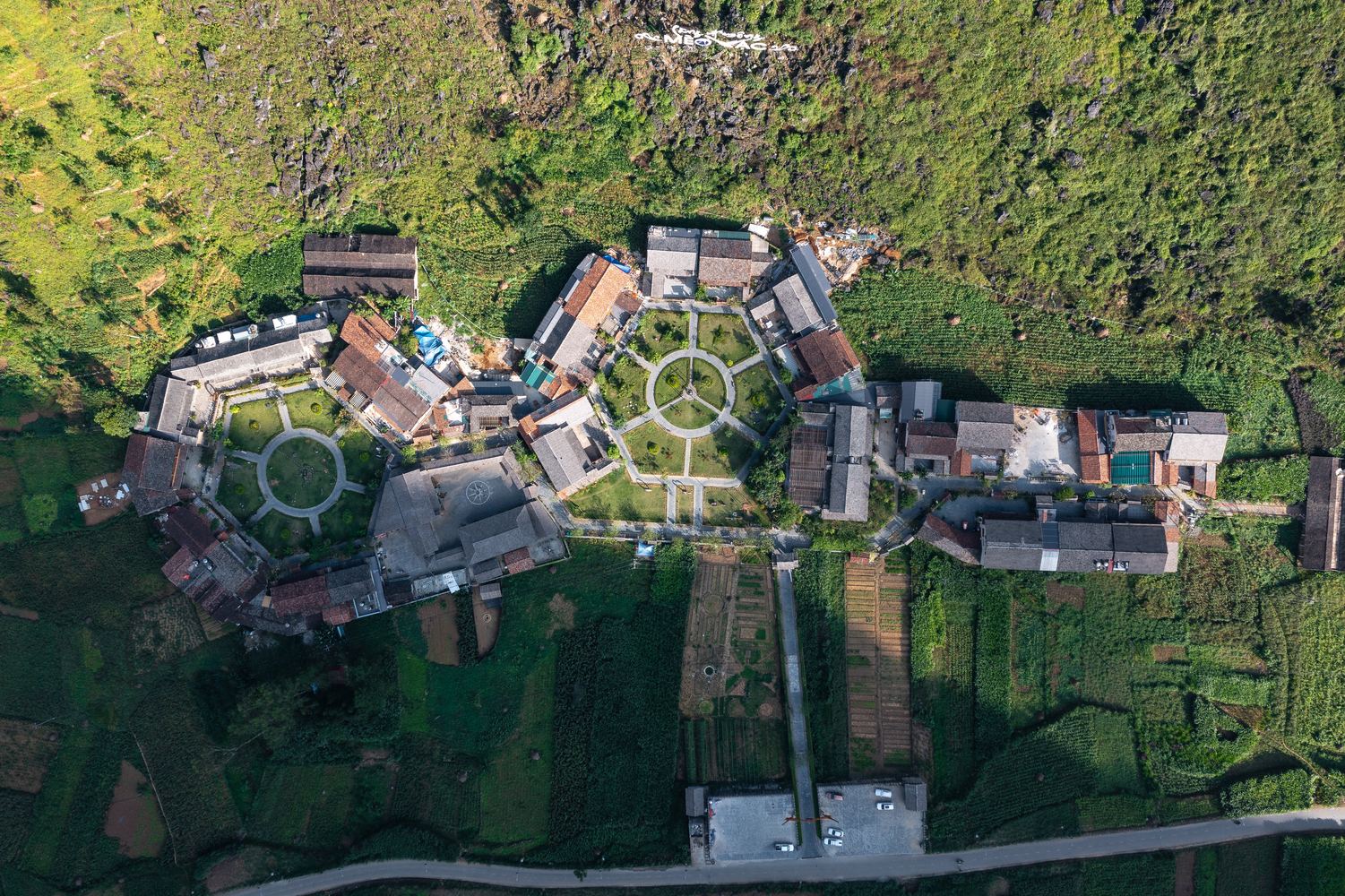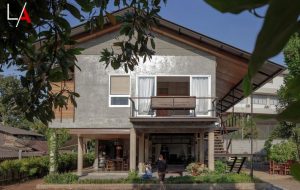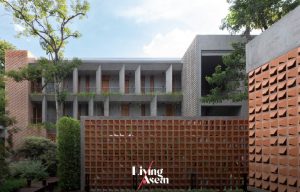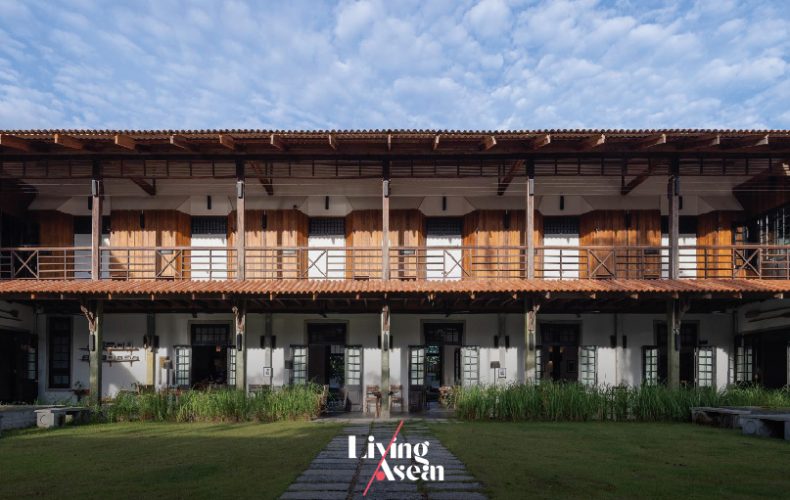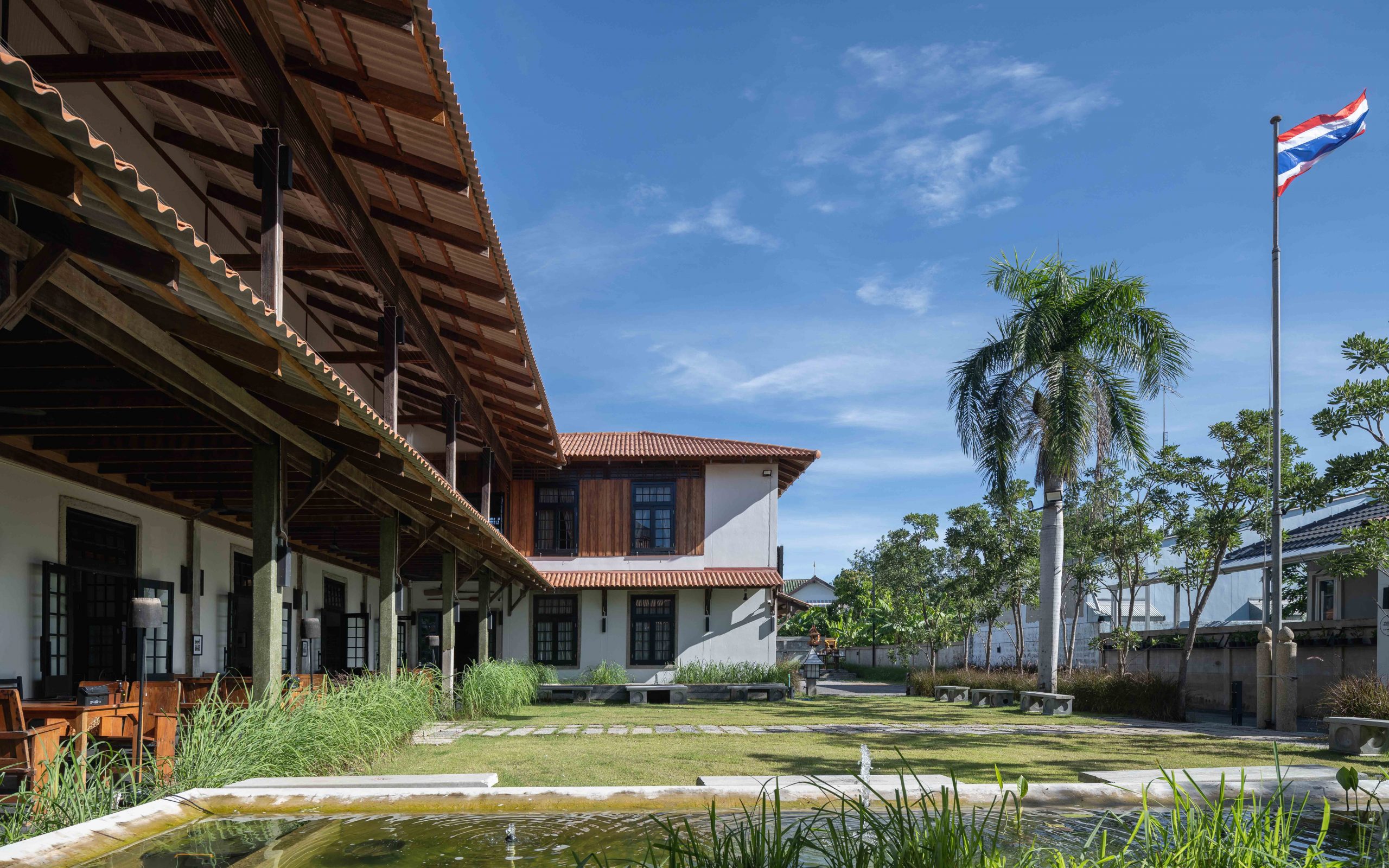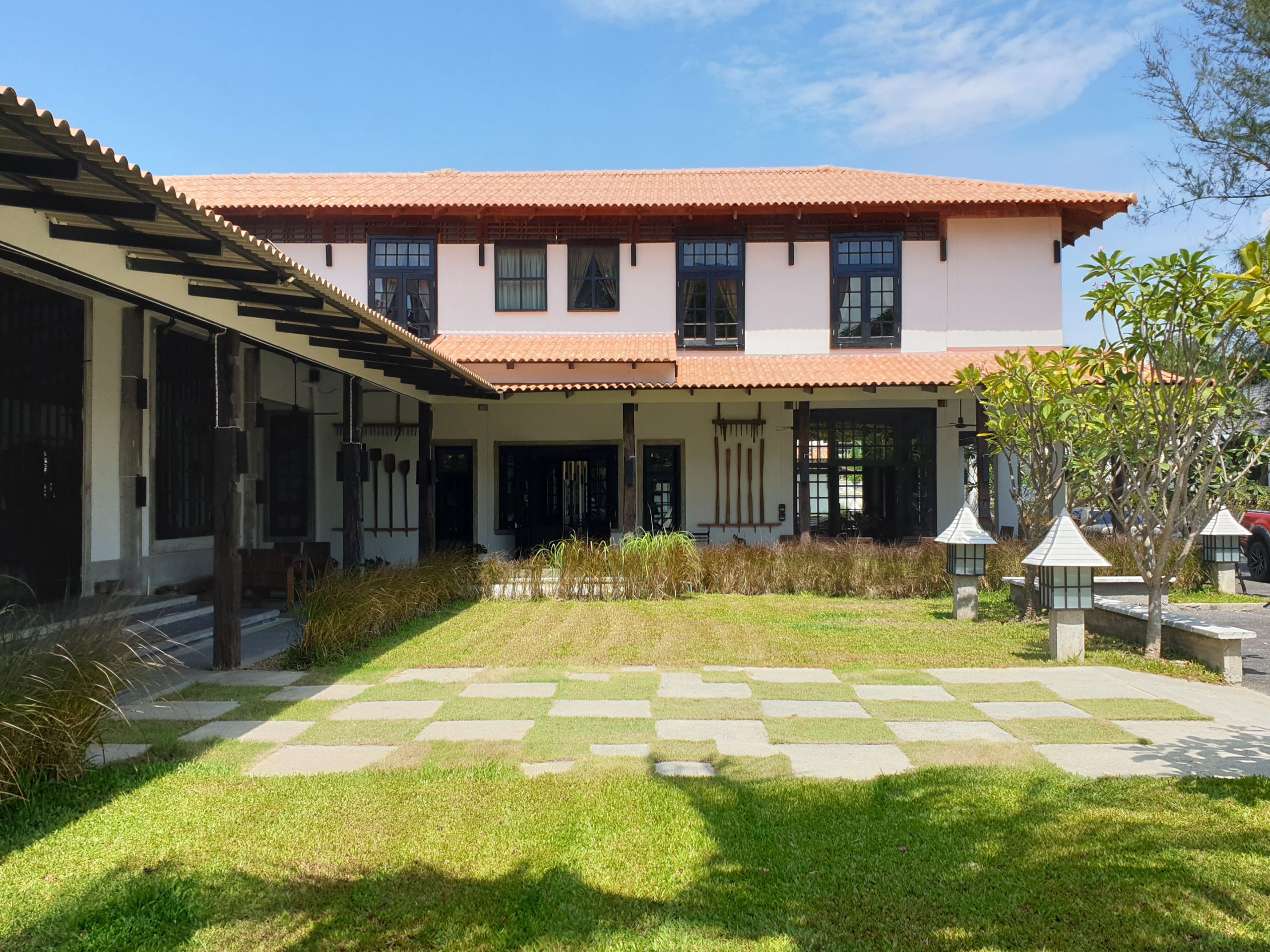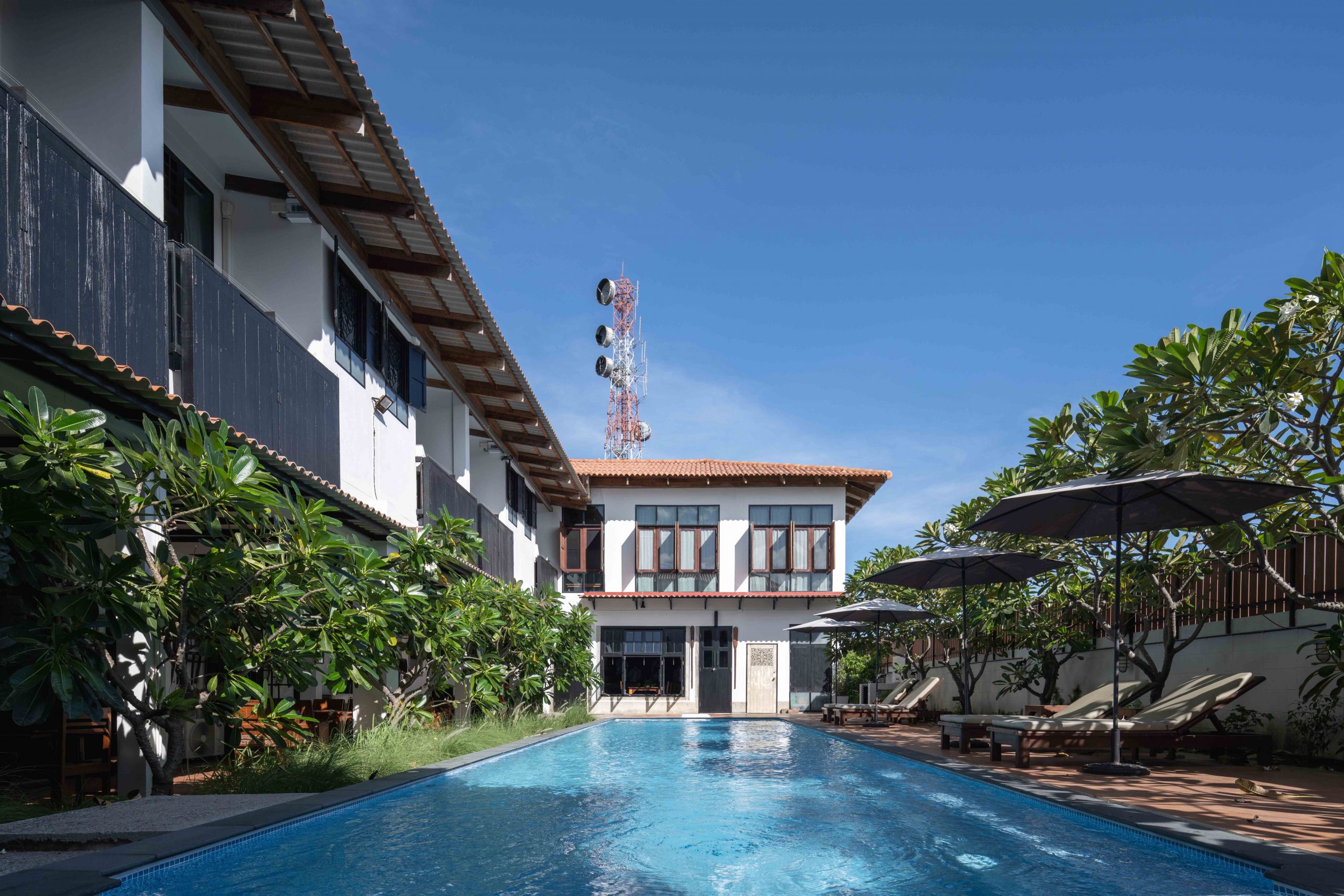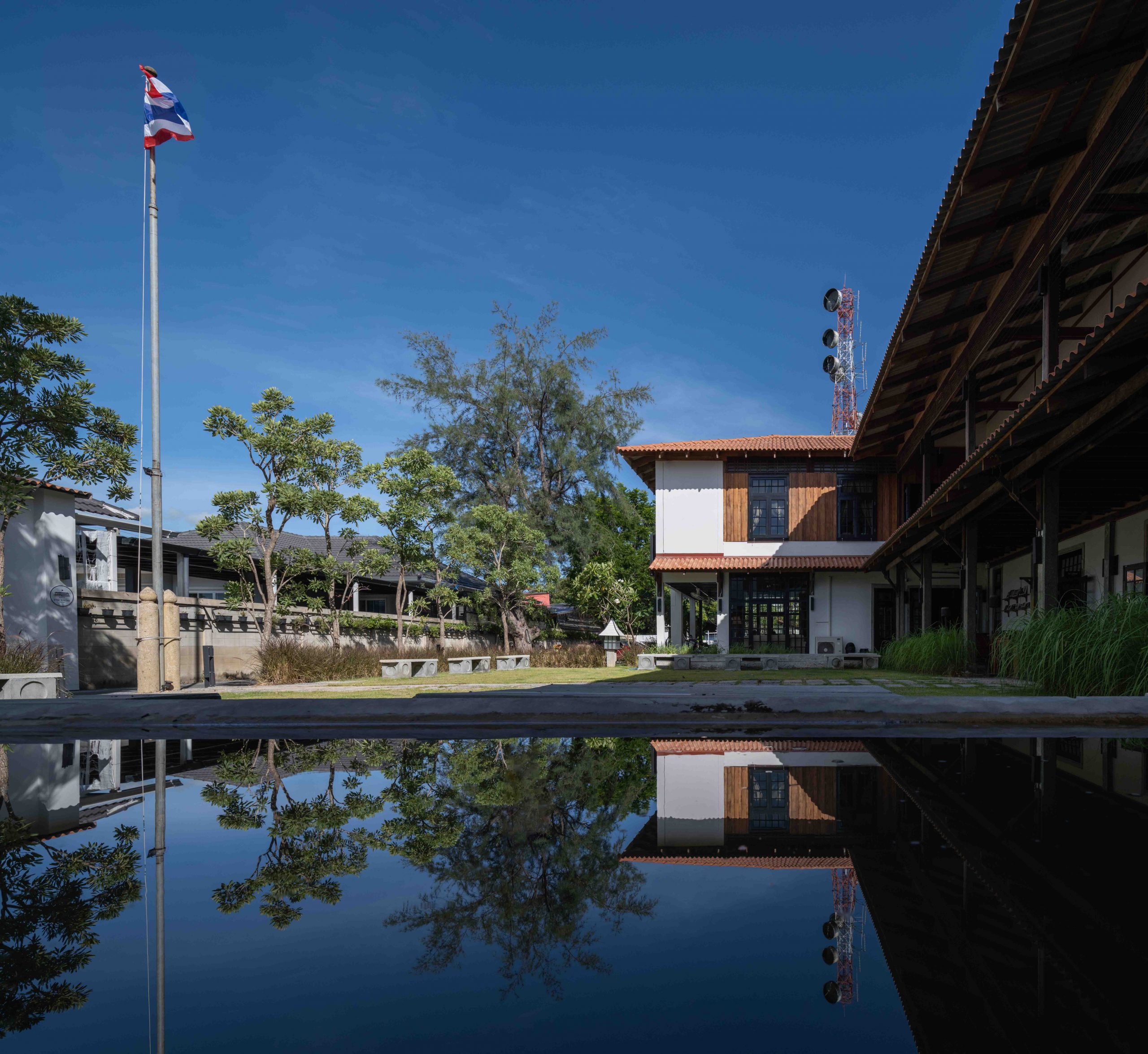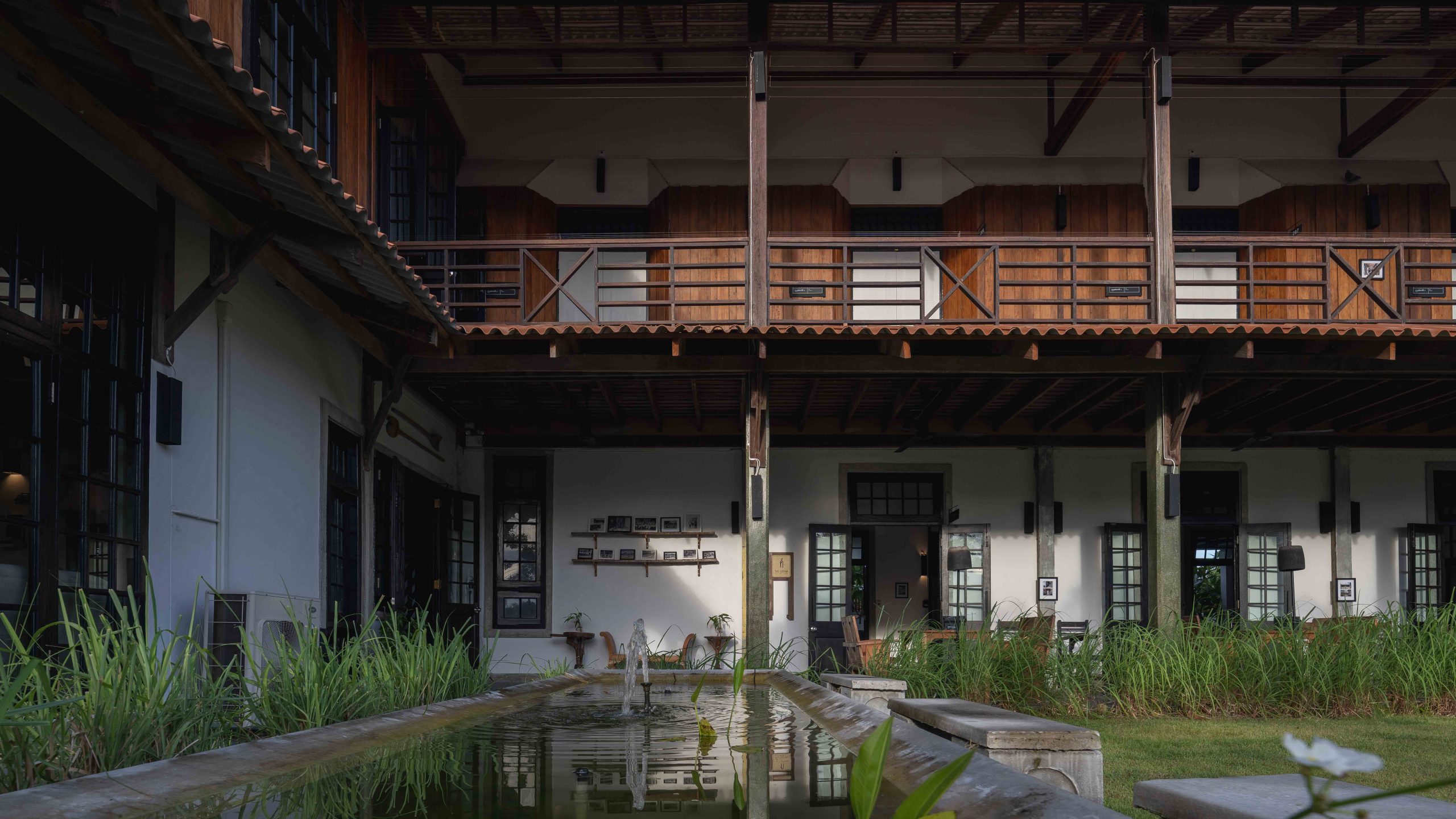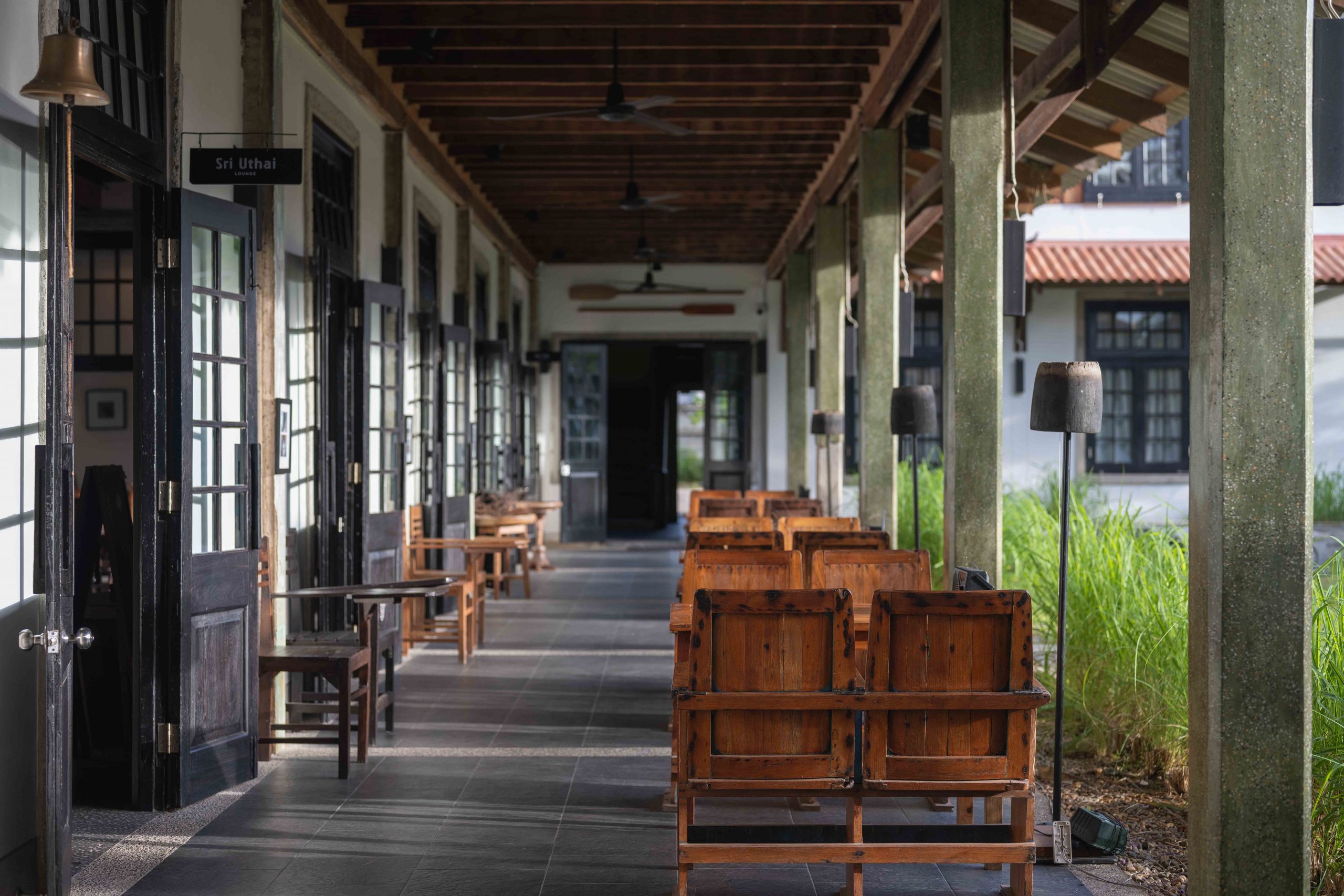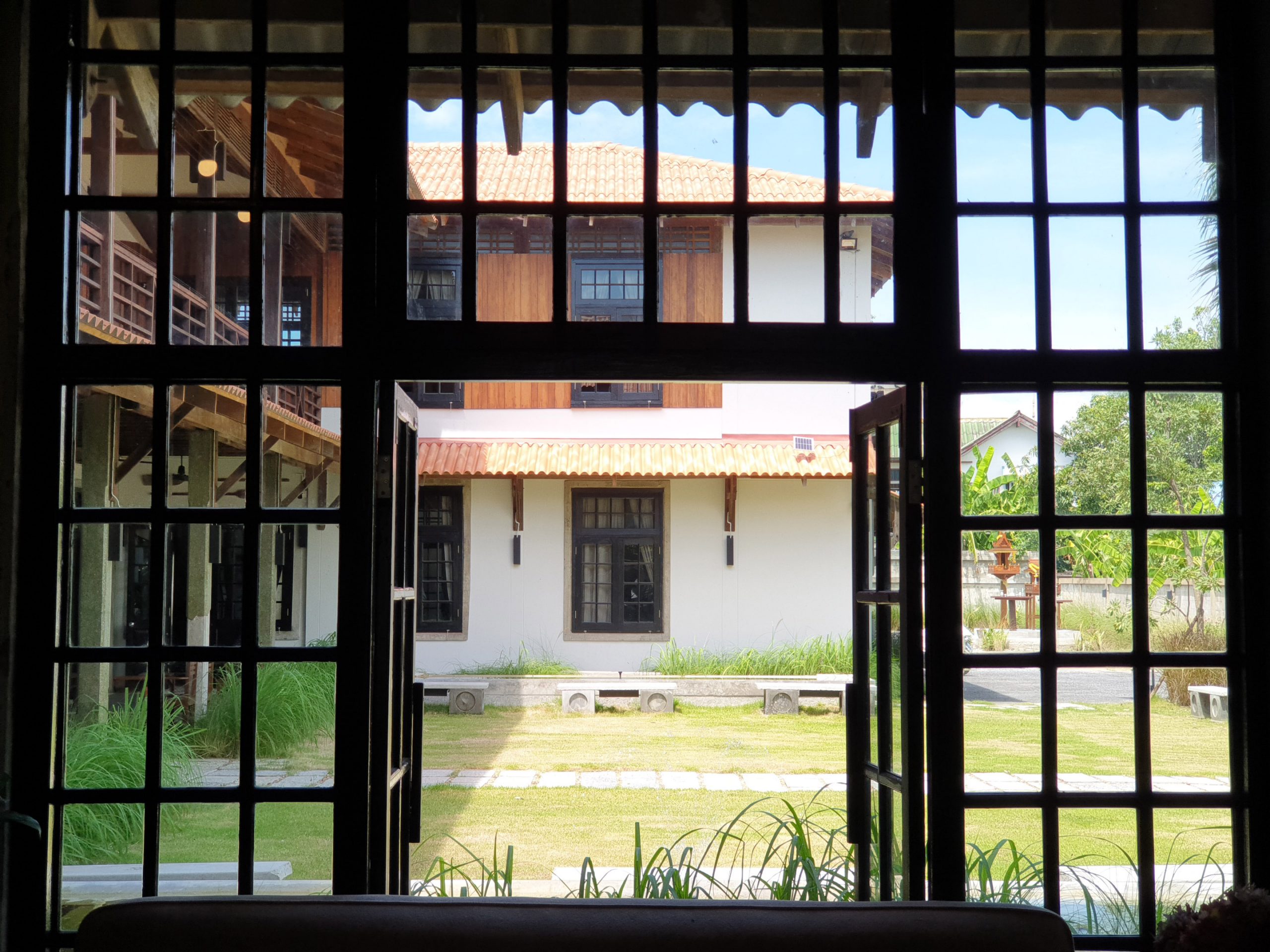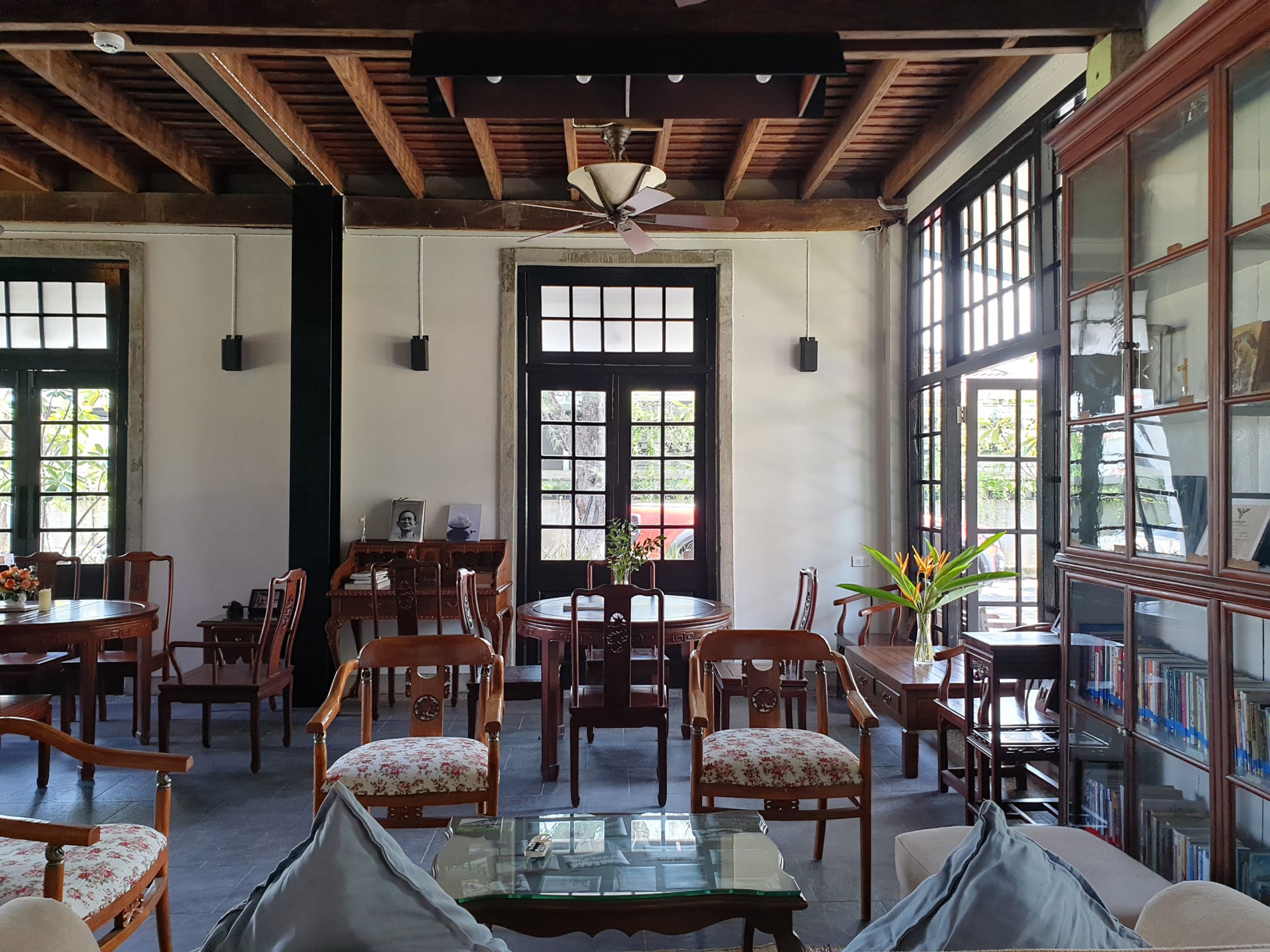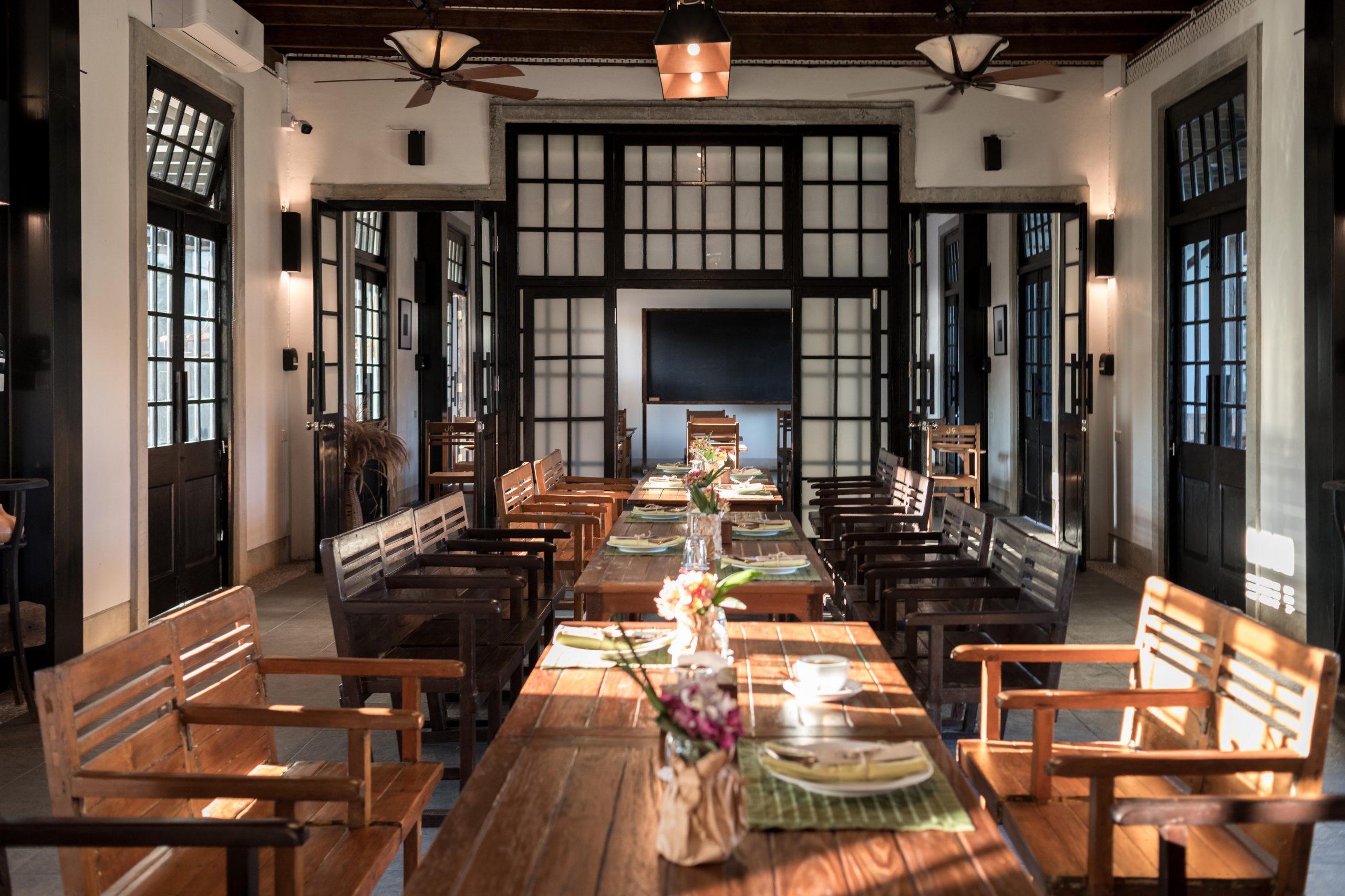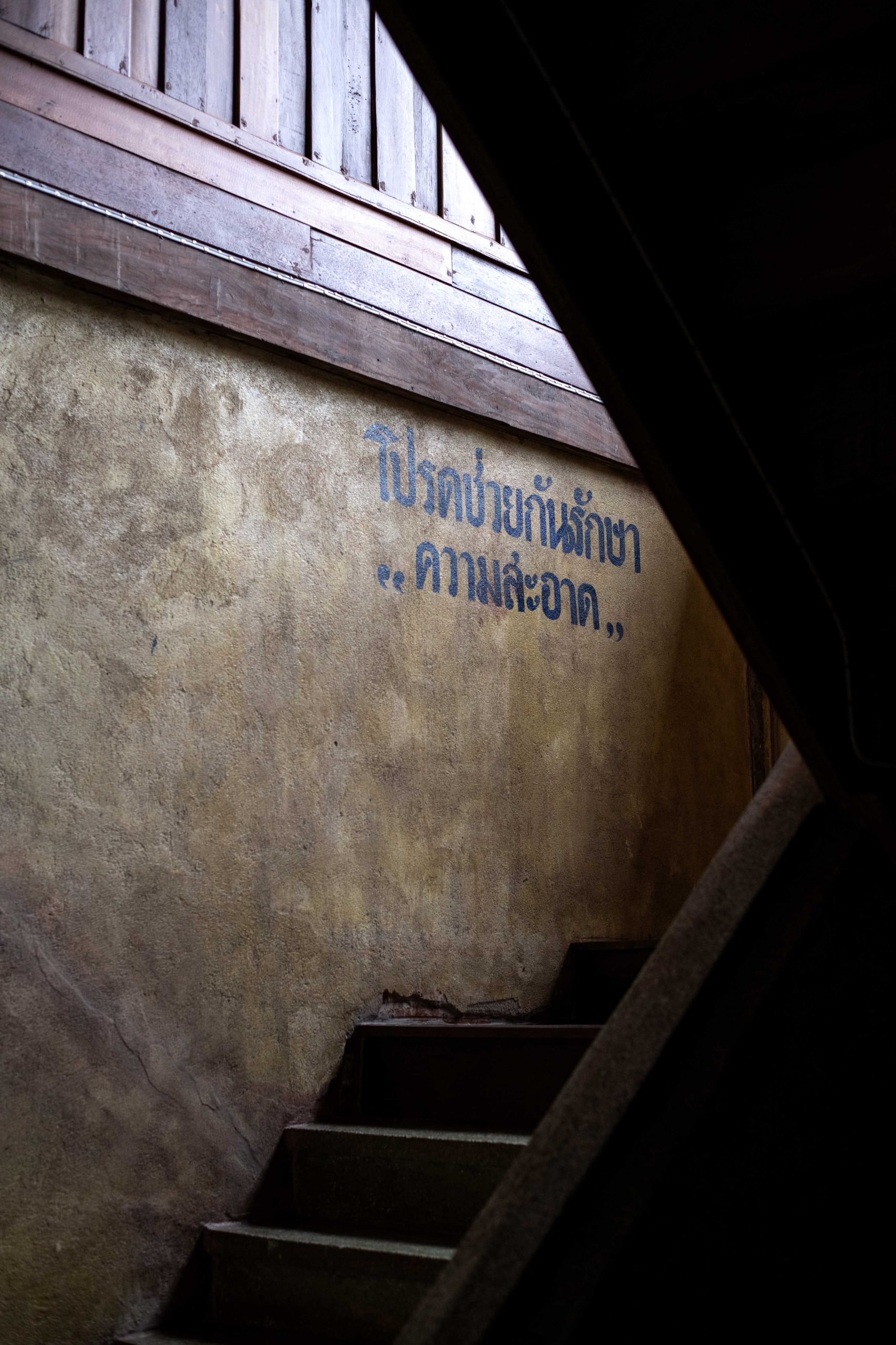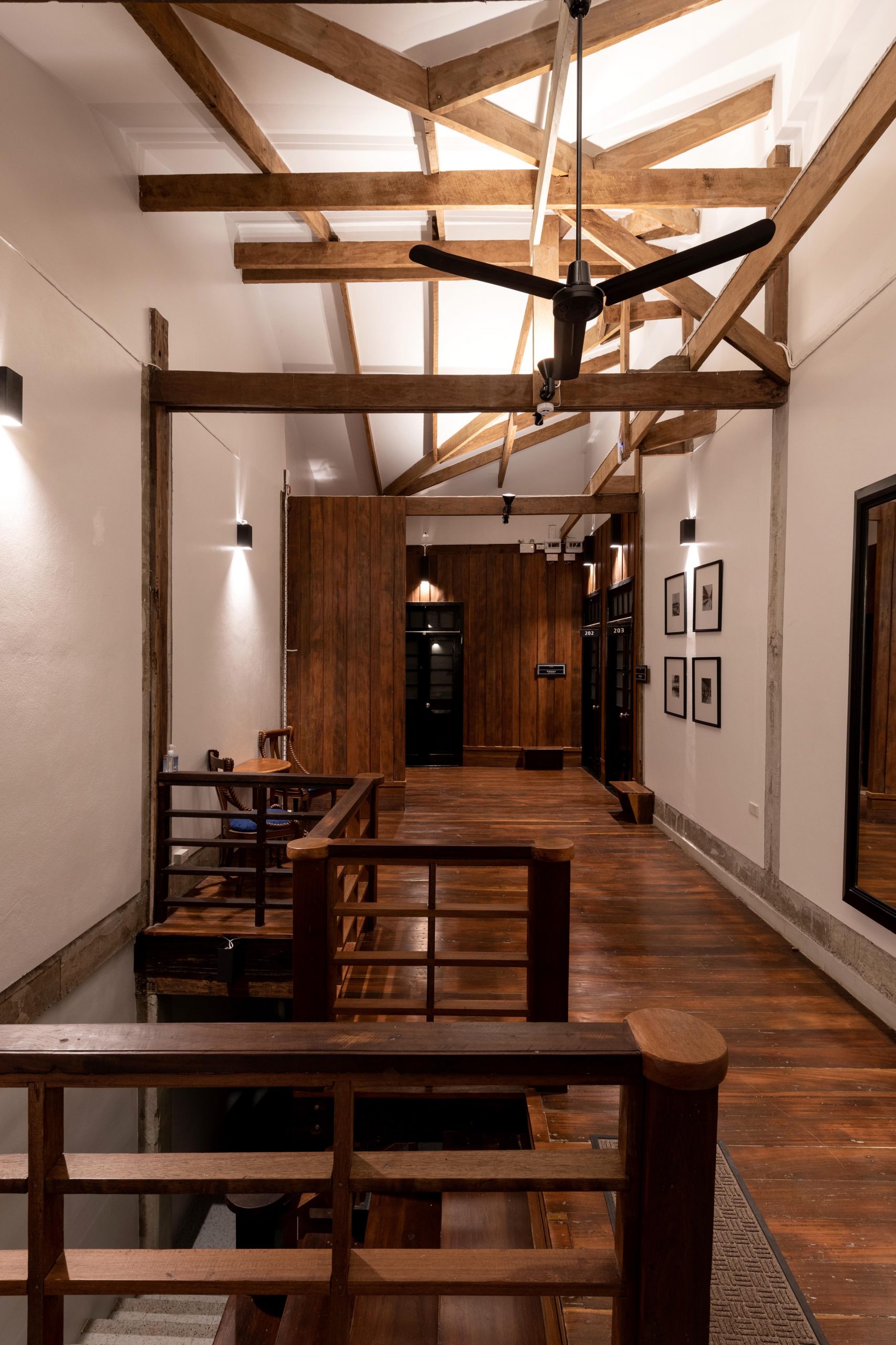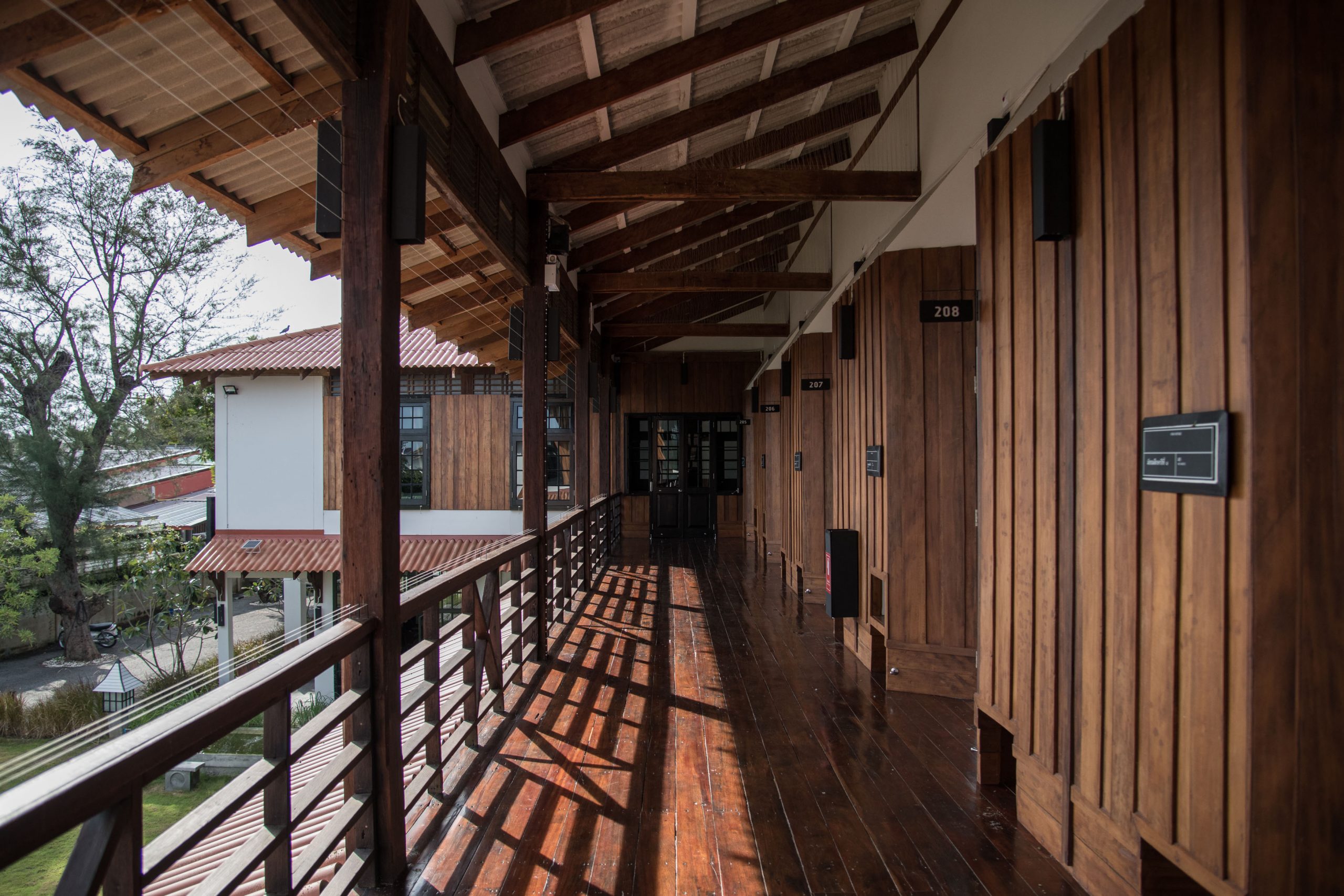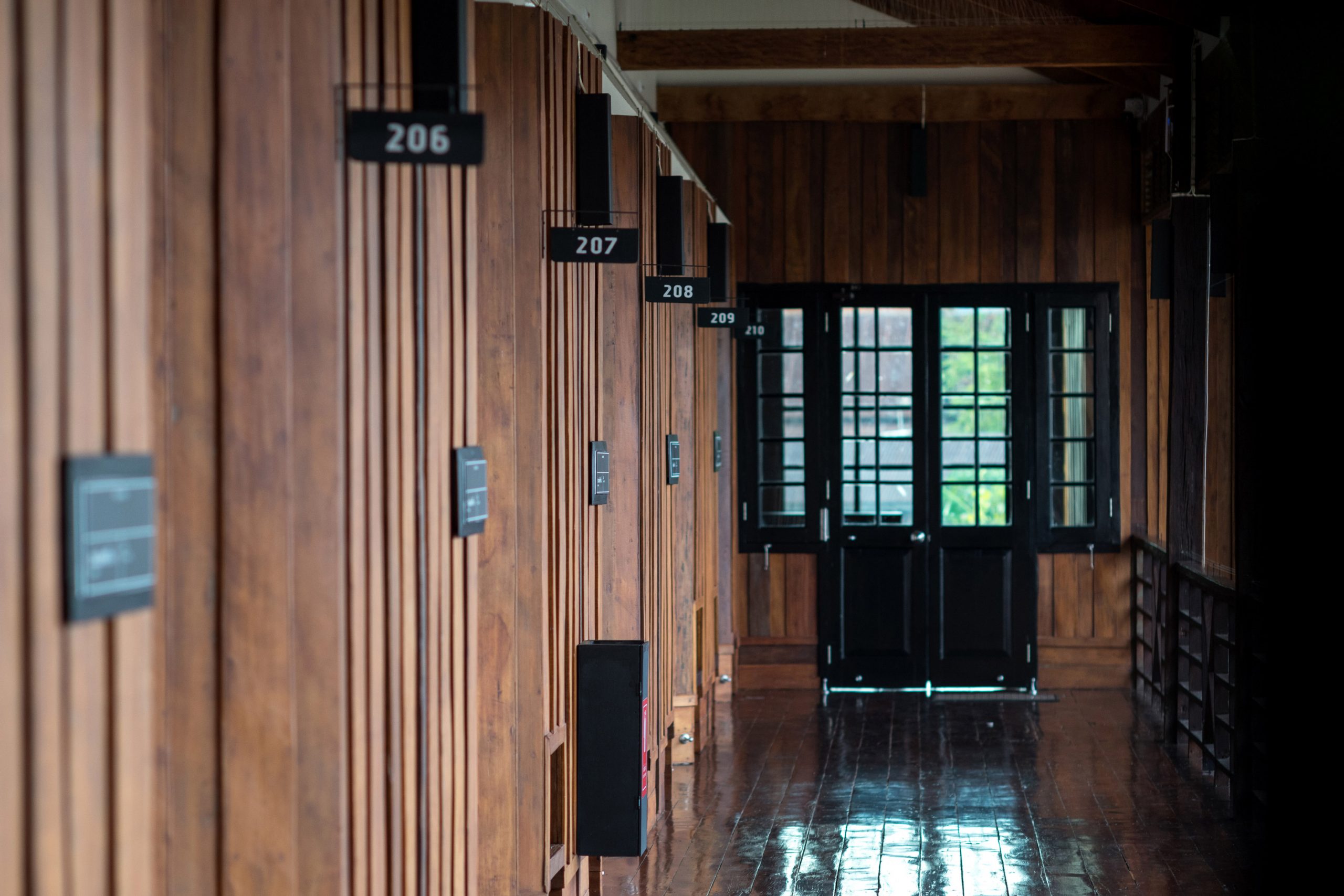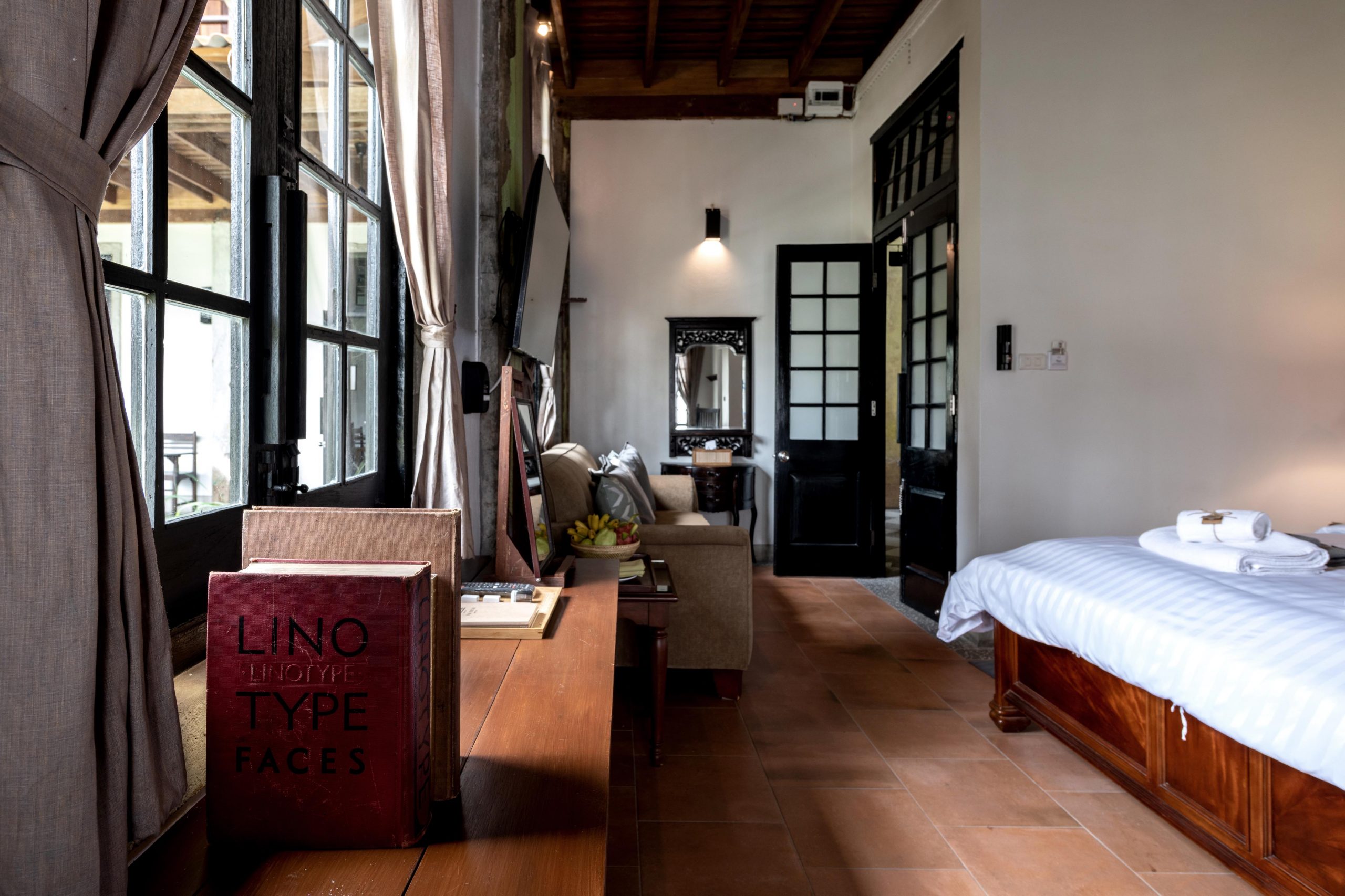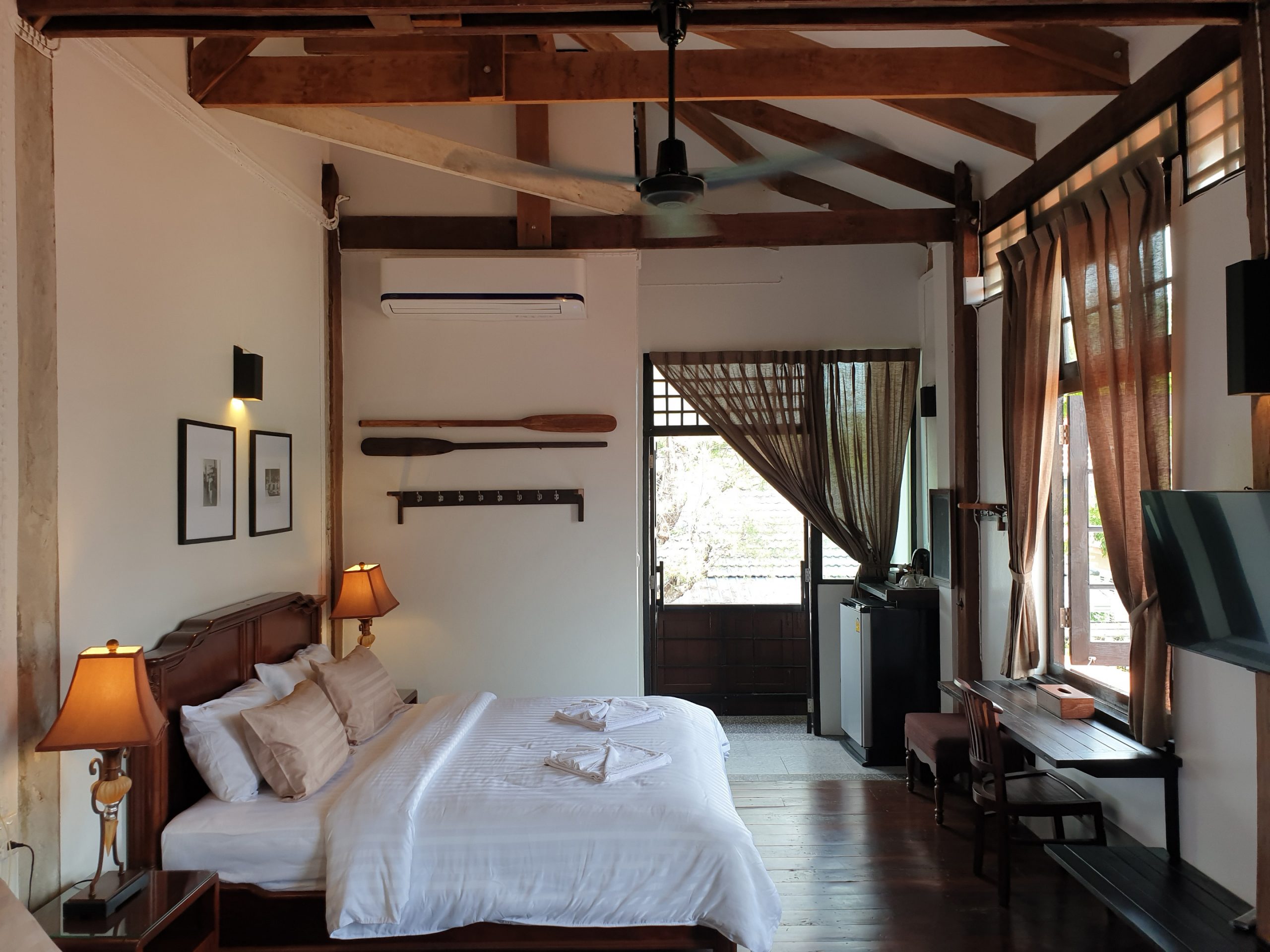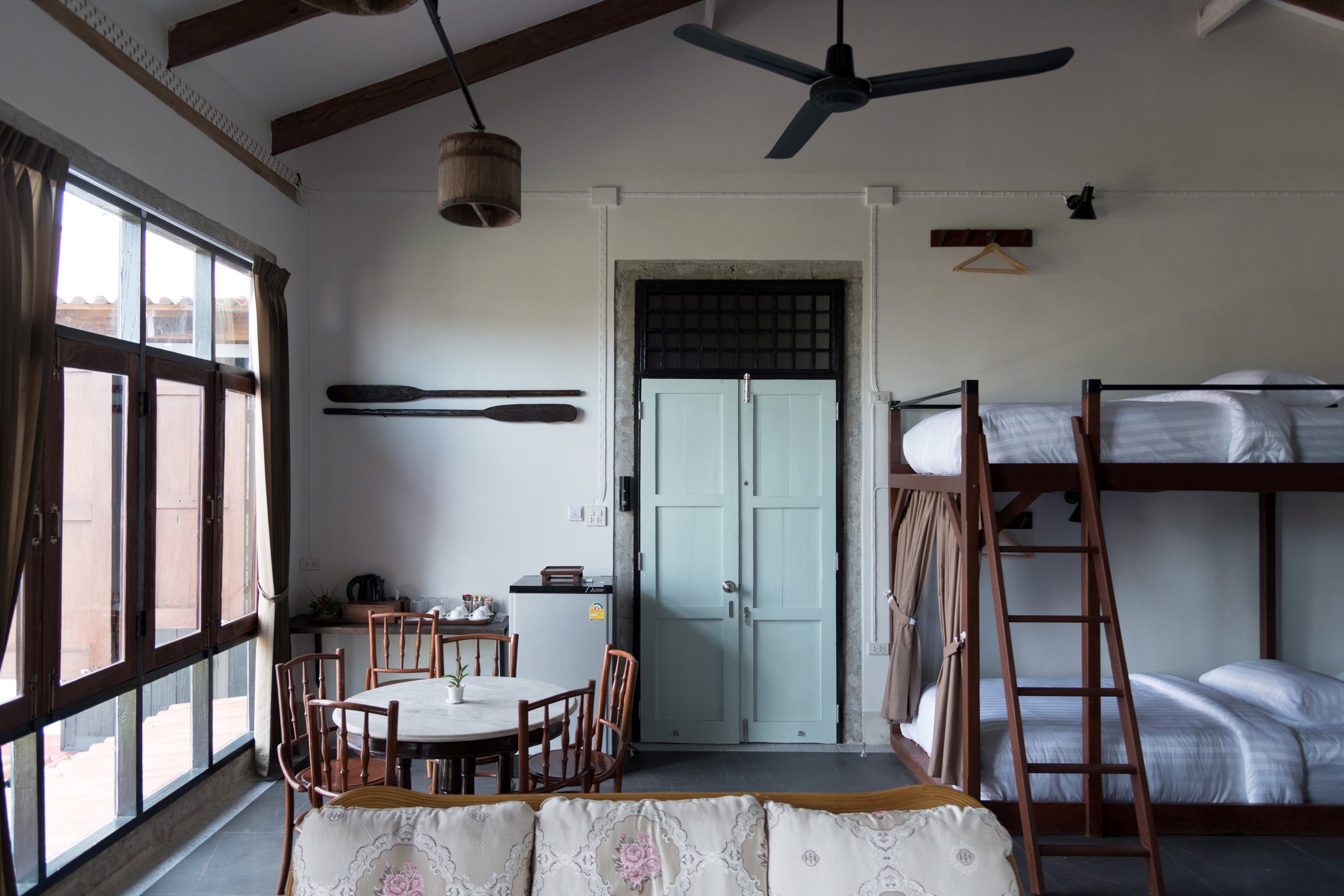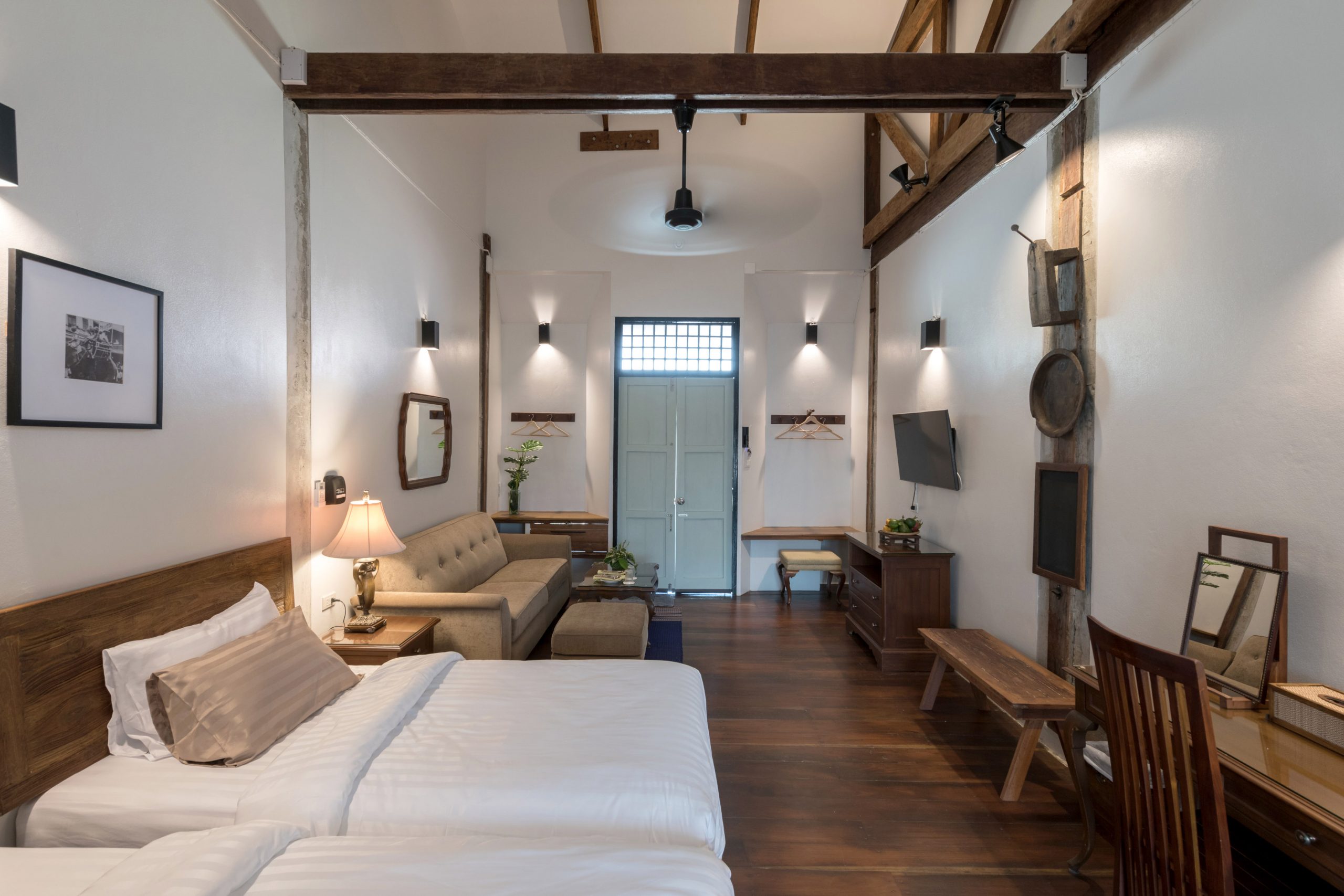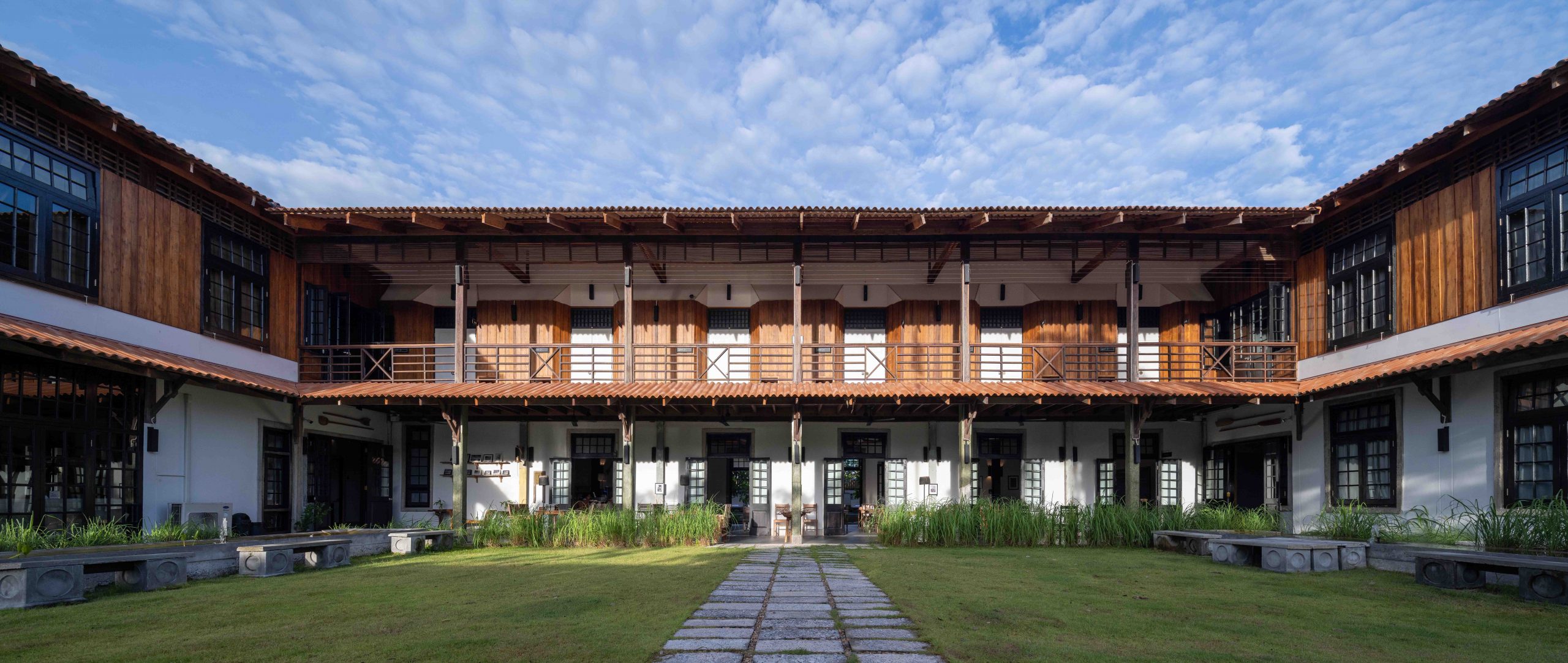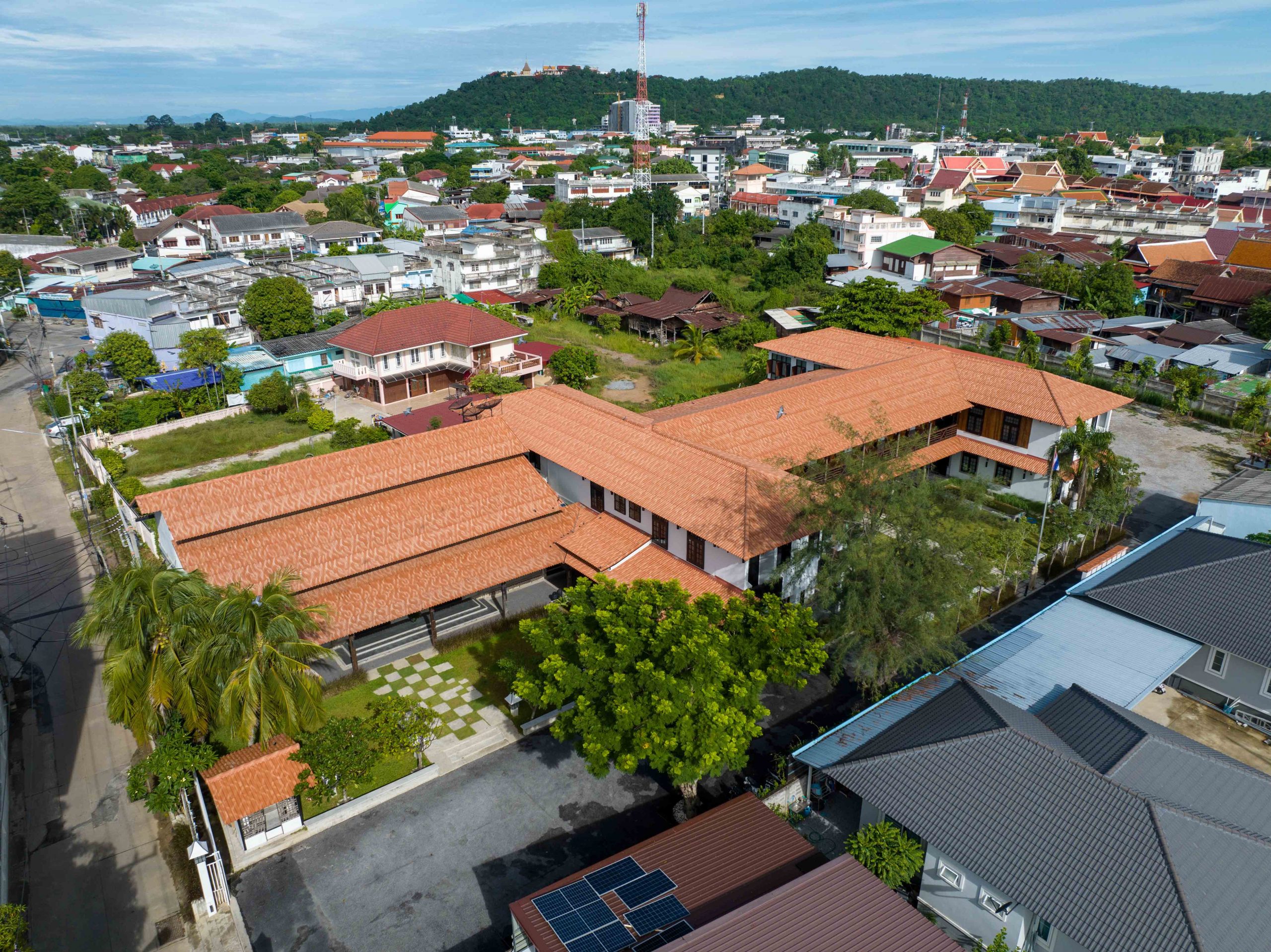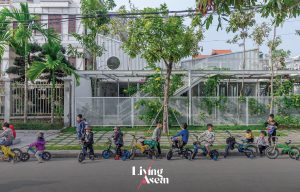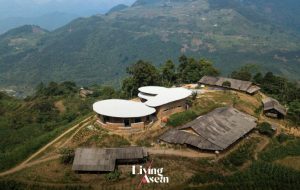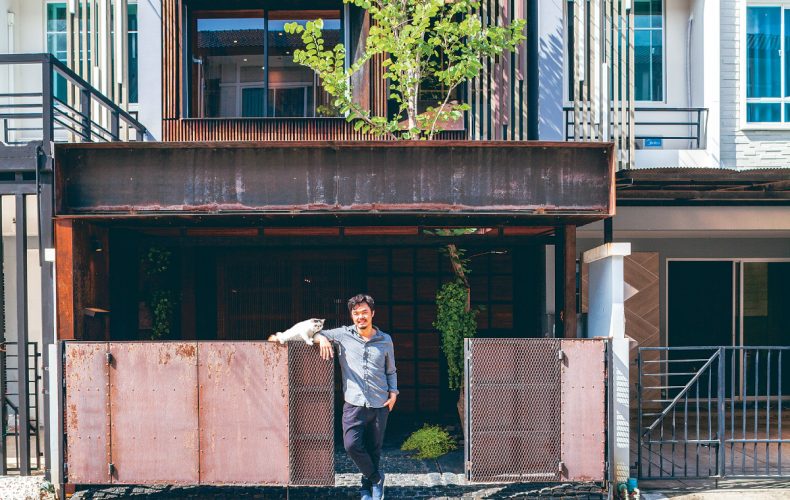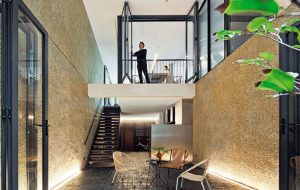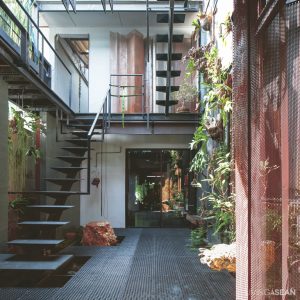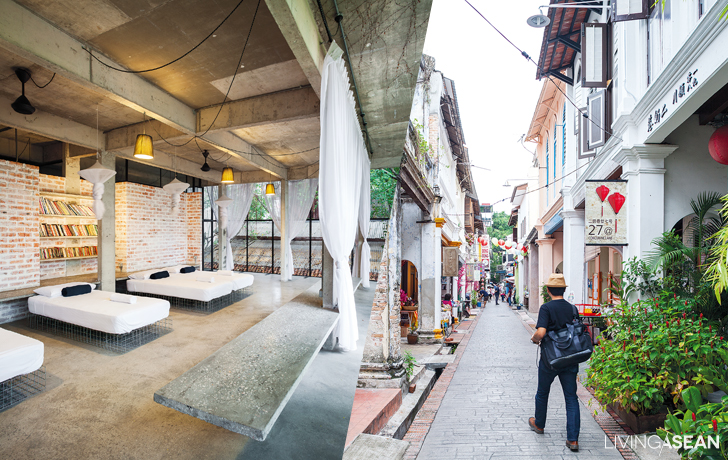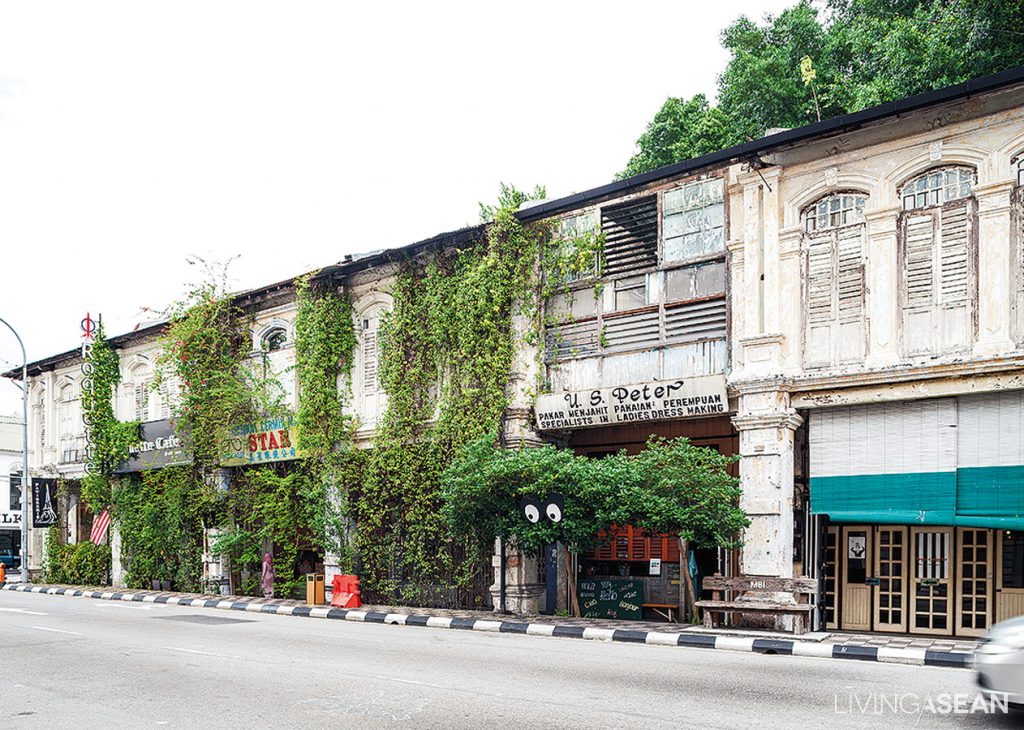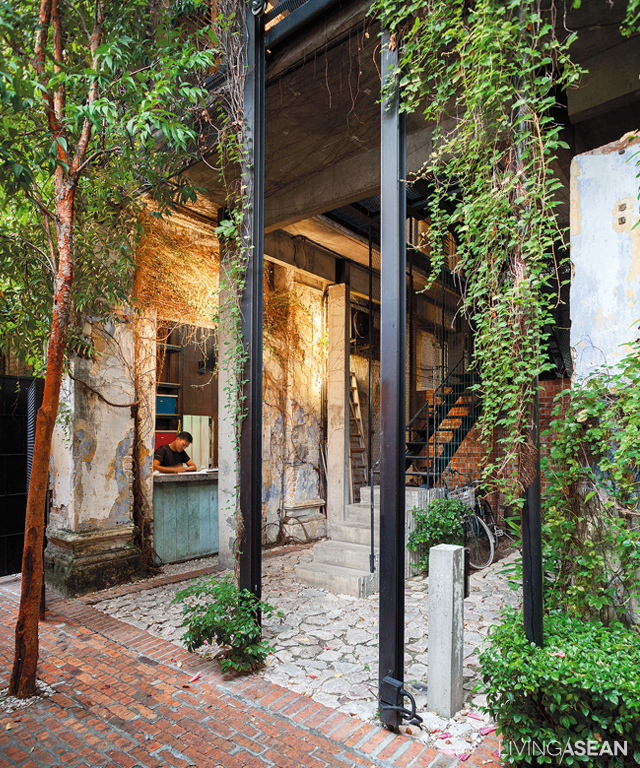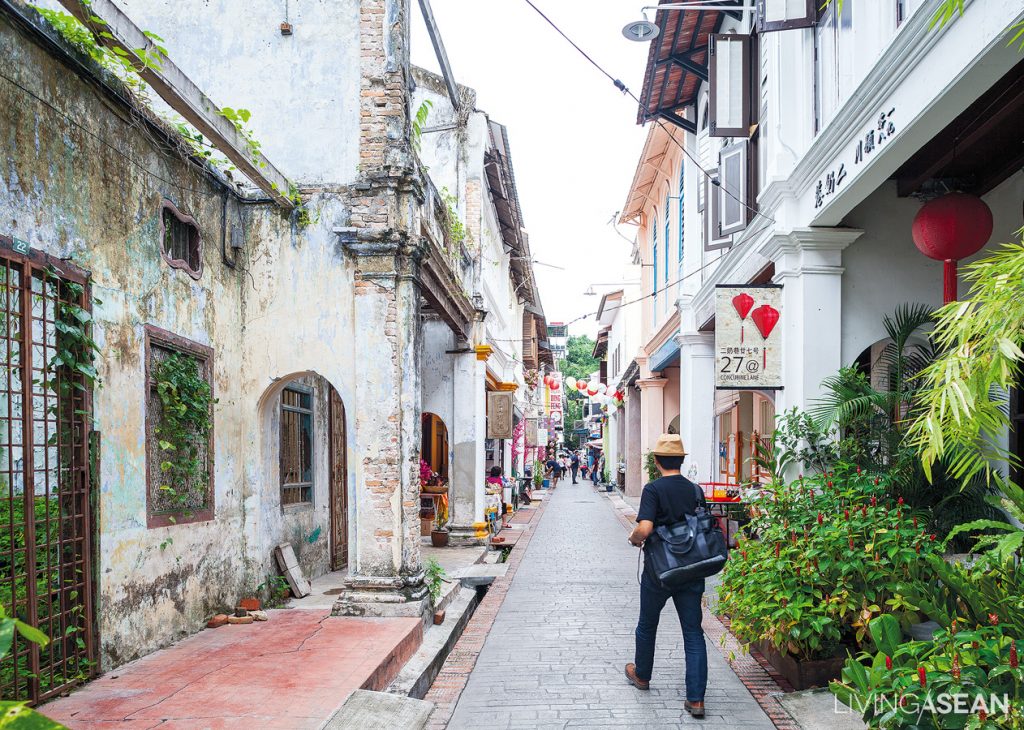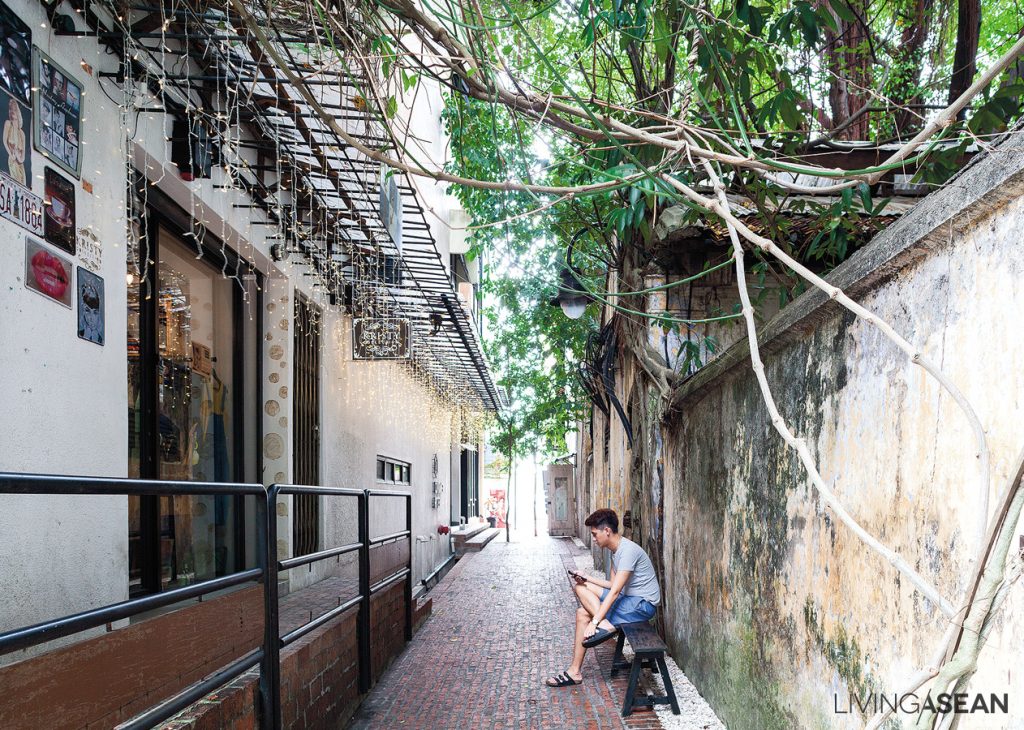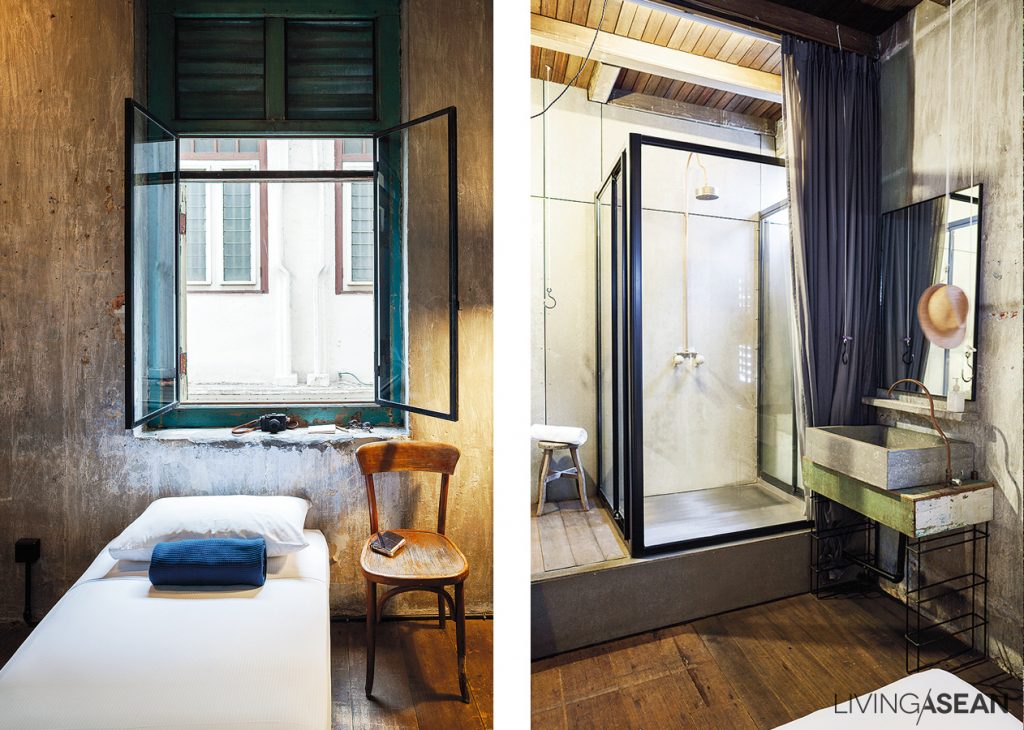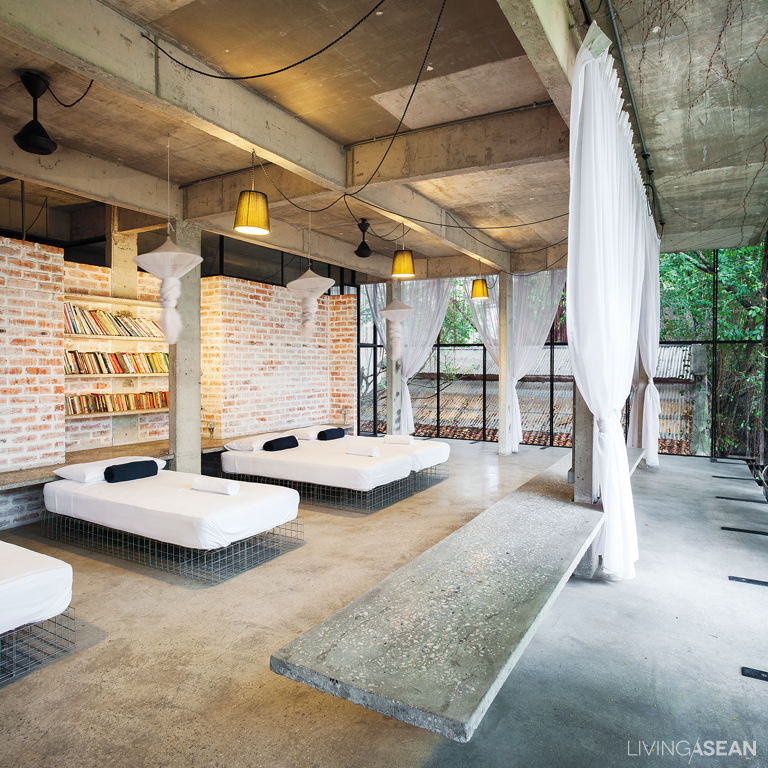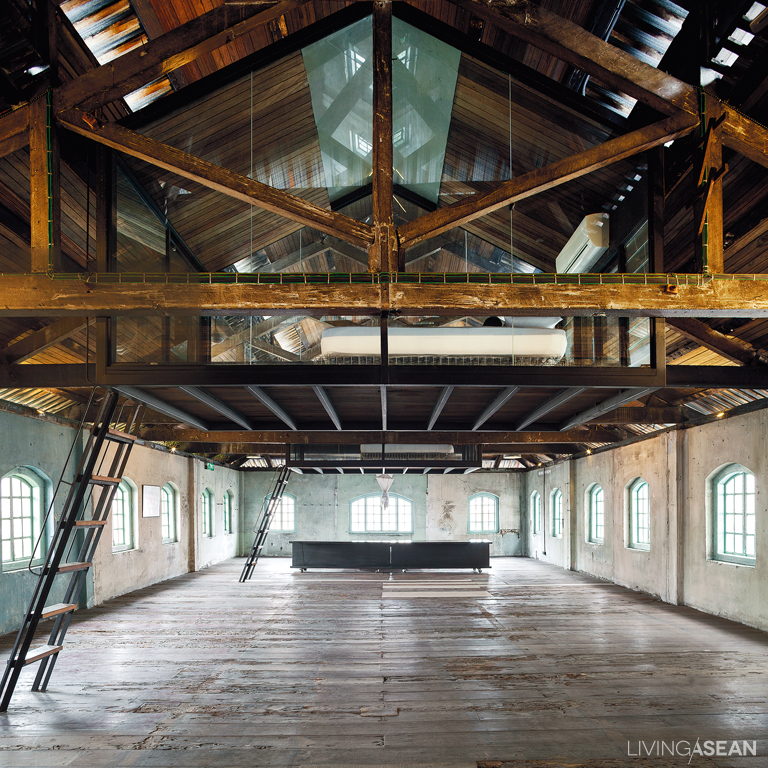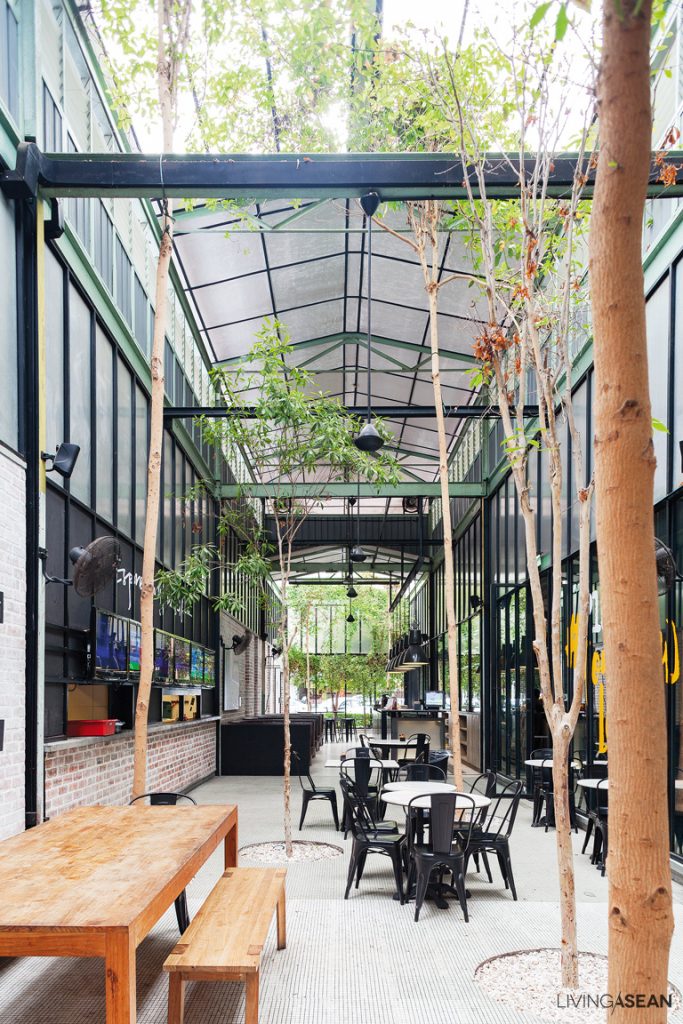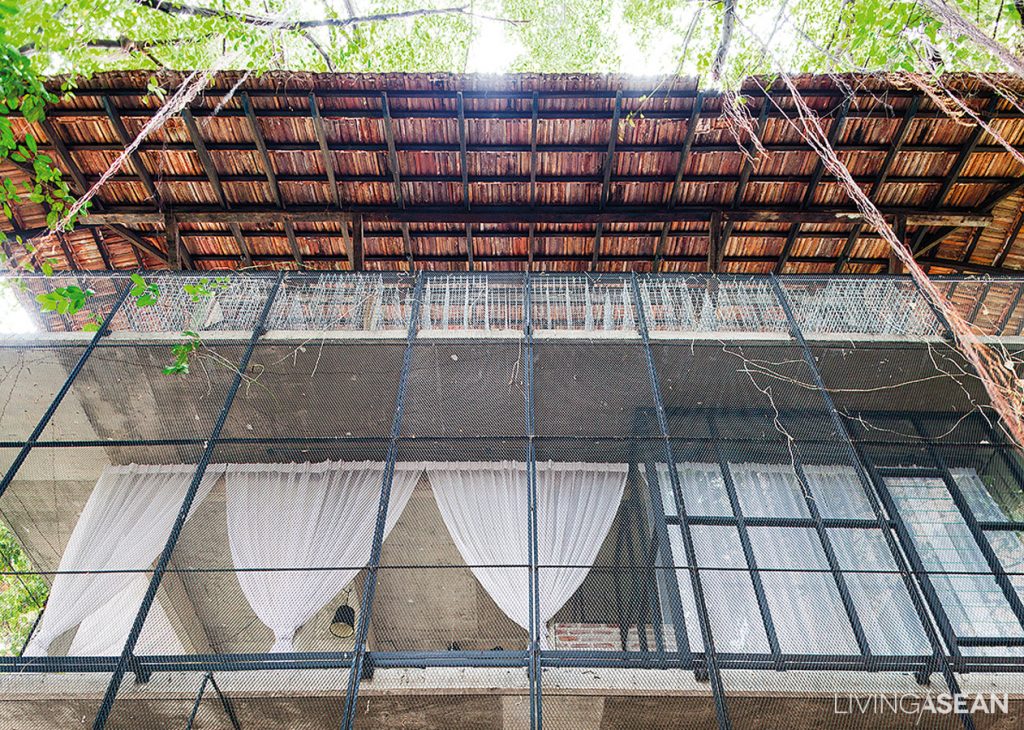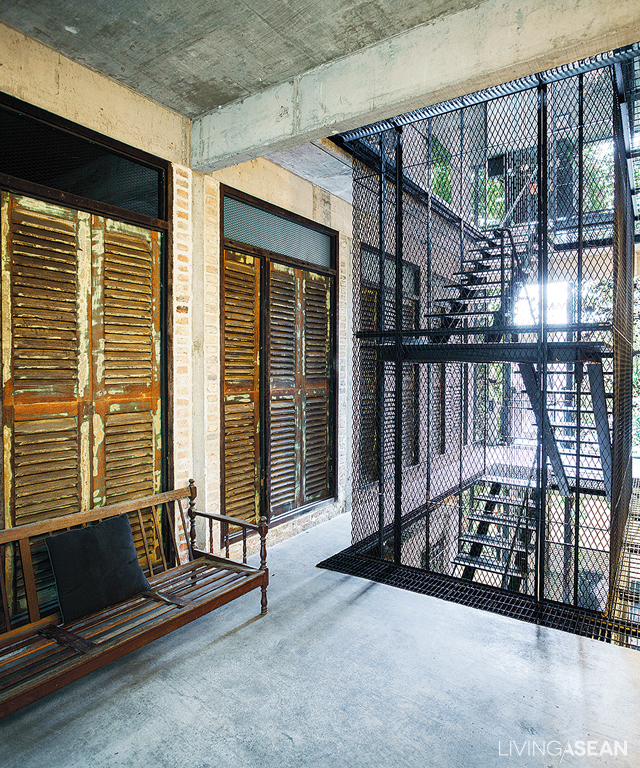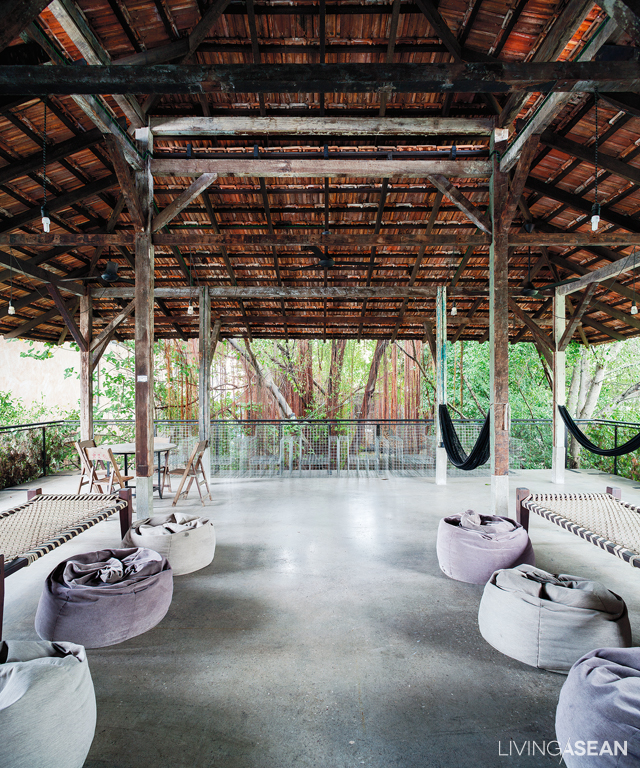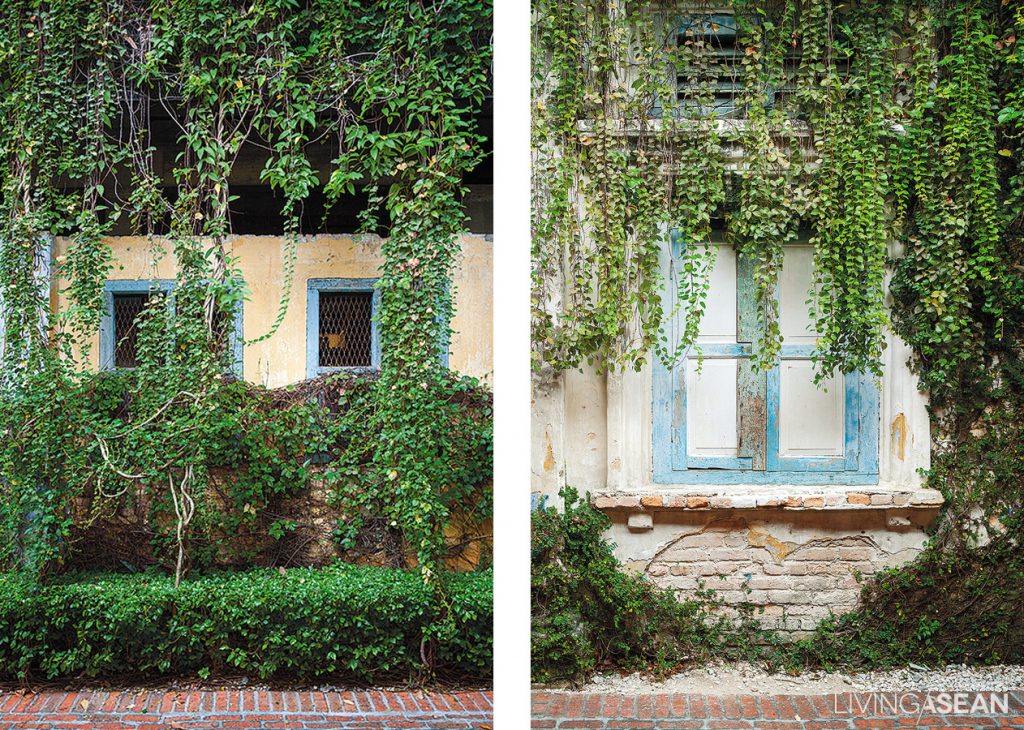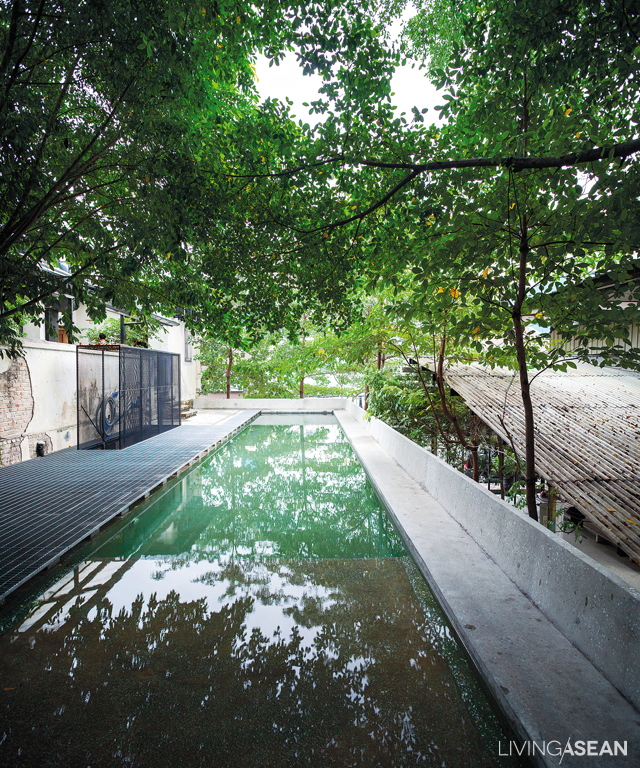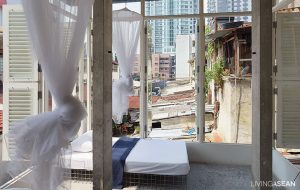Rab-A-Bit is a small community restaurant in Mae Rim, a district to the north of downtown Chiang Mai. Originally a café, the building is tastefully renovated as a restaurant exuding an air of tranquility with spectacular rice fields and a rich cultural tapestry. Built mostly of local materials, it’s a design that embraces a humble appearance and follows the principles of long-term sustainability.
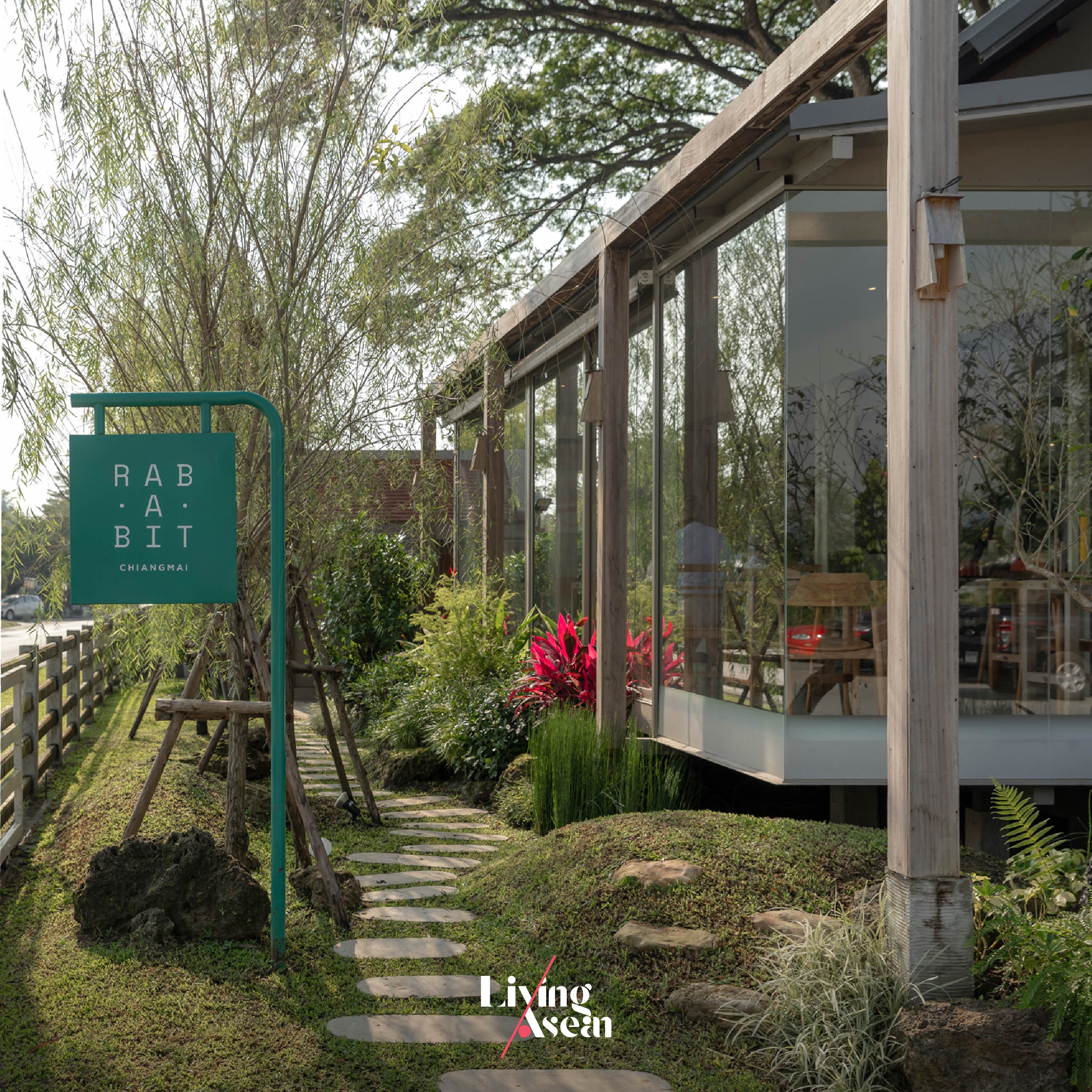
Housescape Design Lab, a Chiang Mai-based architecture firm, is tasked with renovating the building belonging to Prof. Chunlaporn Nuntapanich. The professor himself is an architect renowned for his many masterpieces that blend with the environment and embrace the local culture.
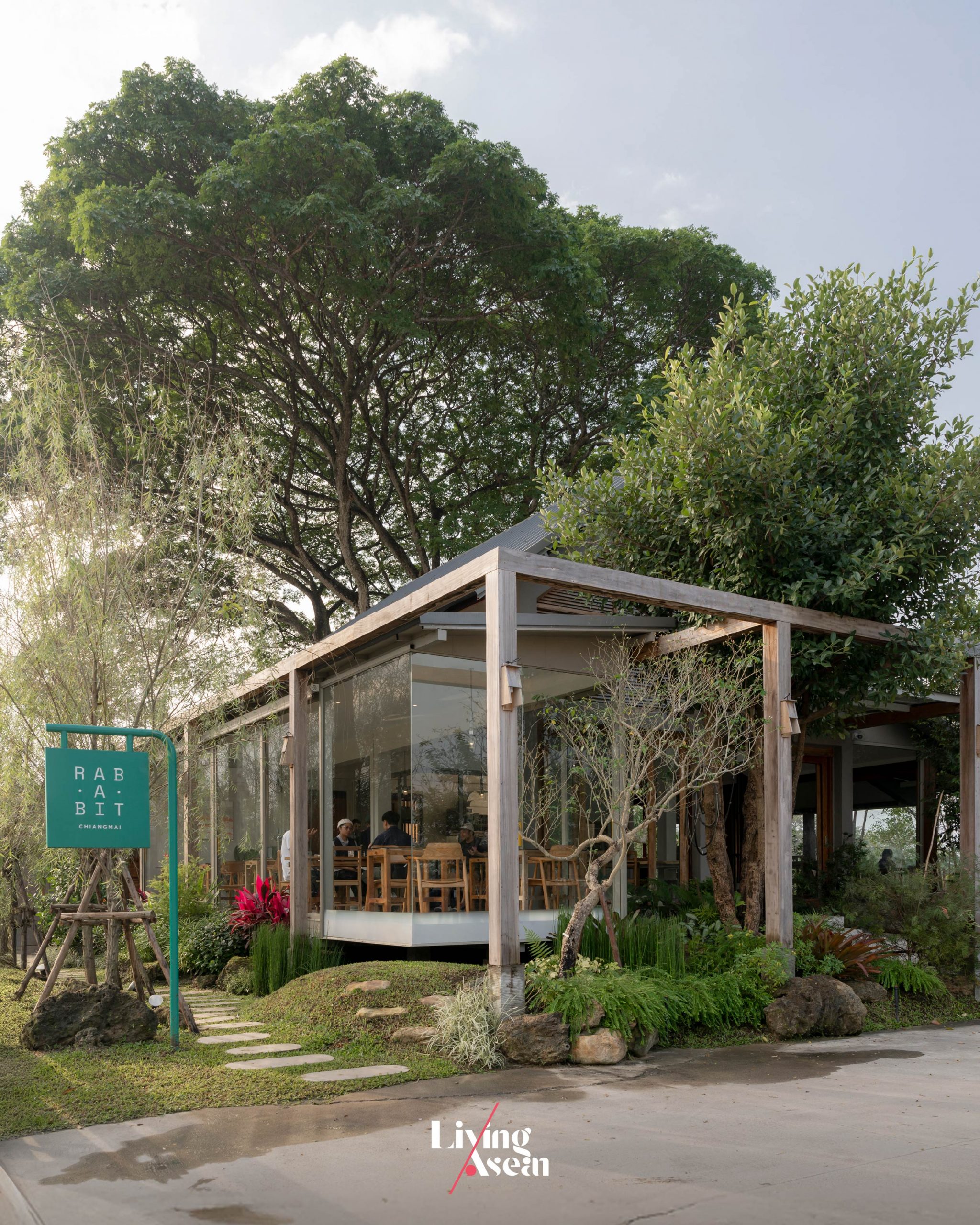
In this particular case, the original architectural plan remains intact. The interior is restored to all its former glory, while a stunning open-concept layout brings a refreshing change. As a result, more square footage is gained without changing the floor plan. Plus, a roof inspection and repair ensures there are no leaks.
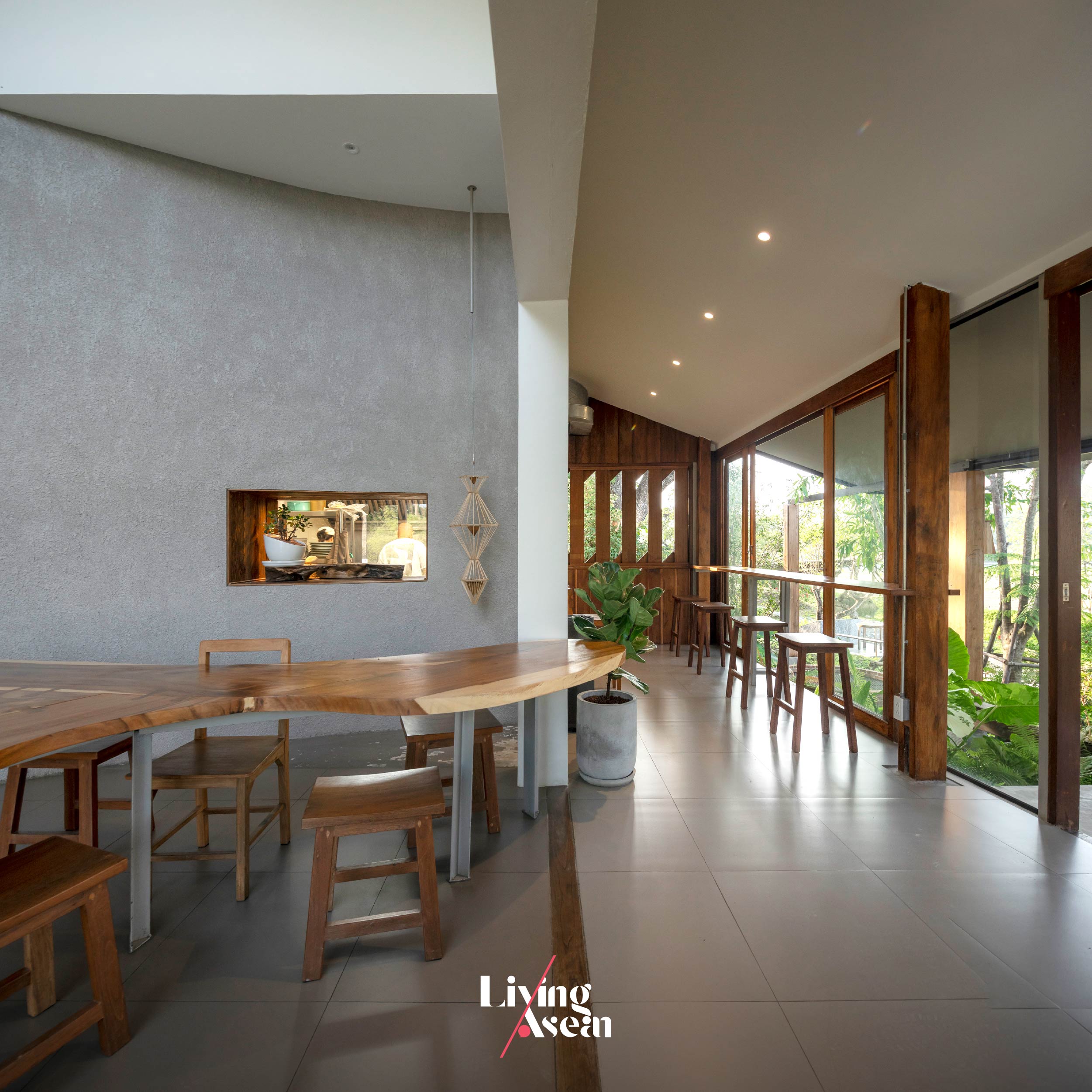

The project was completed in a short space of time to minimize disruption’s impact on business. This was achieved by careful planning in the pre-construction phase whereby all the necessary materials were gathered and prepared to ensure a smooth building process.
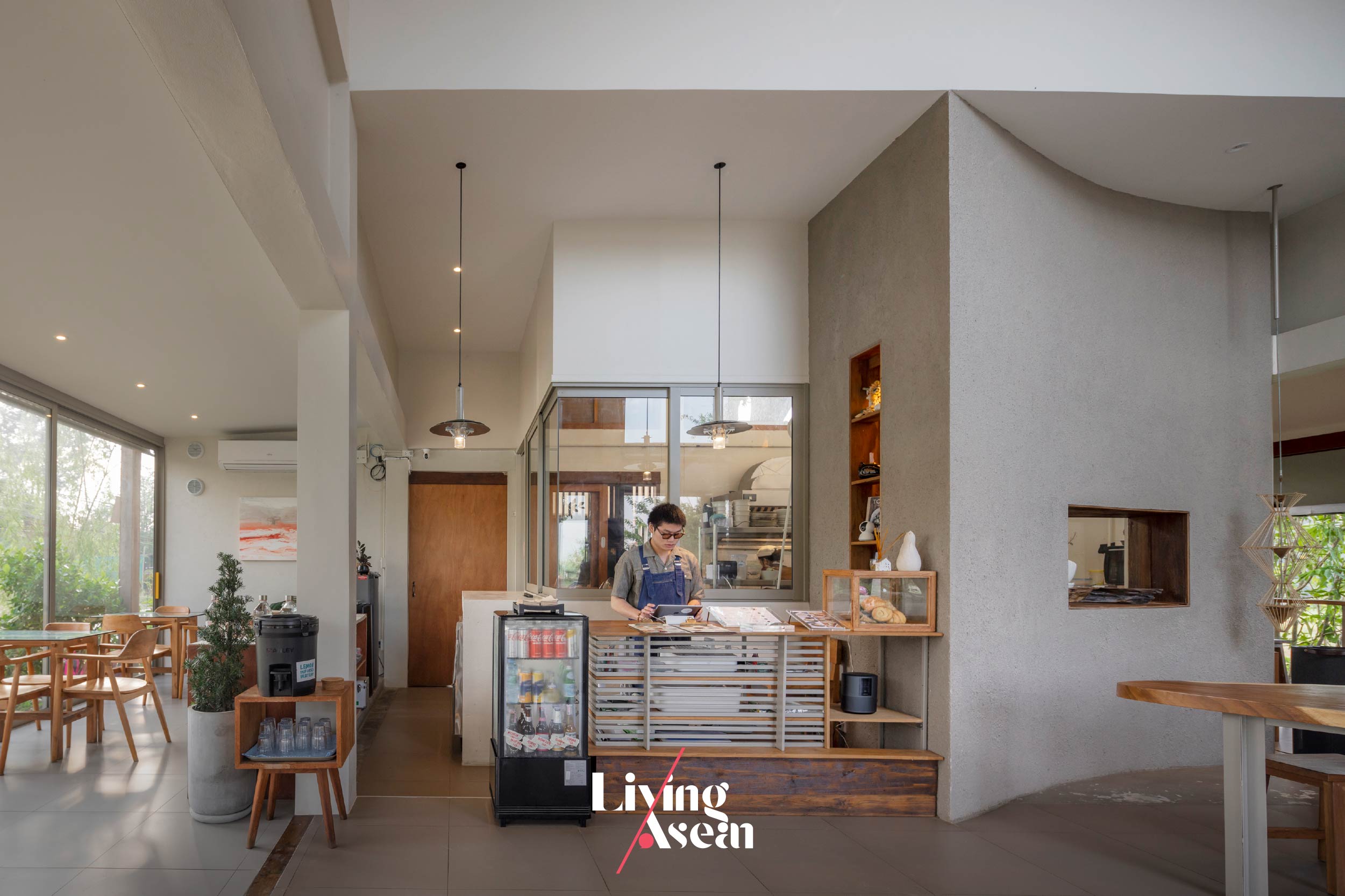
Plus, there was no need for a complete teardown to make room for an entirely new building. For strength and durability, the architect preferred instead to reinforce the timber framing in existence at the time with steel structural members. This gave him plenty of time to incorporate additional spaces and functions into the design. They included a customer waiting area inside the building, dust control measures plus safety and protection in bad weather.
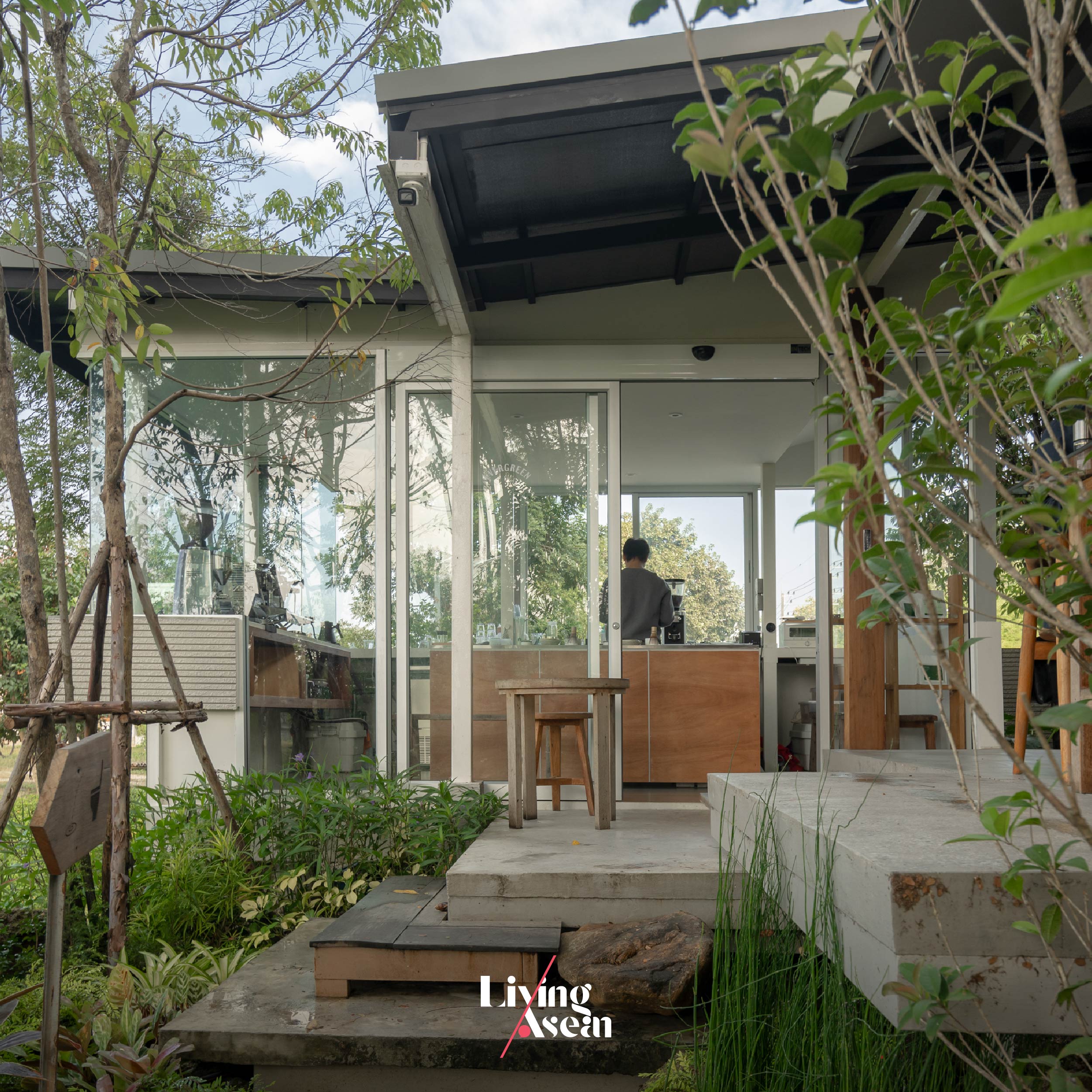
There is beauty in simplicity and strategies to meet customer expectations. Rab-A-Bit is built to last a very long time with all functional areas working effectively from the dining room to the kitchen and prep stations. All in all, the pleasant atmosphere makes the restaurant stand out as a peaceful destination for lovers of nature. For others, it’s a green space to spend time and enjoy the sight, hearing, taste, smell and touch of the countryside. From business perspective, it’s thoughtfully devised to attract and keep repeat customers.
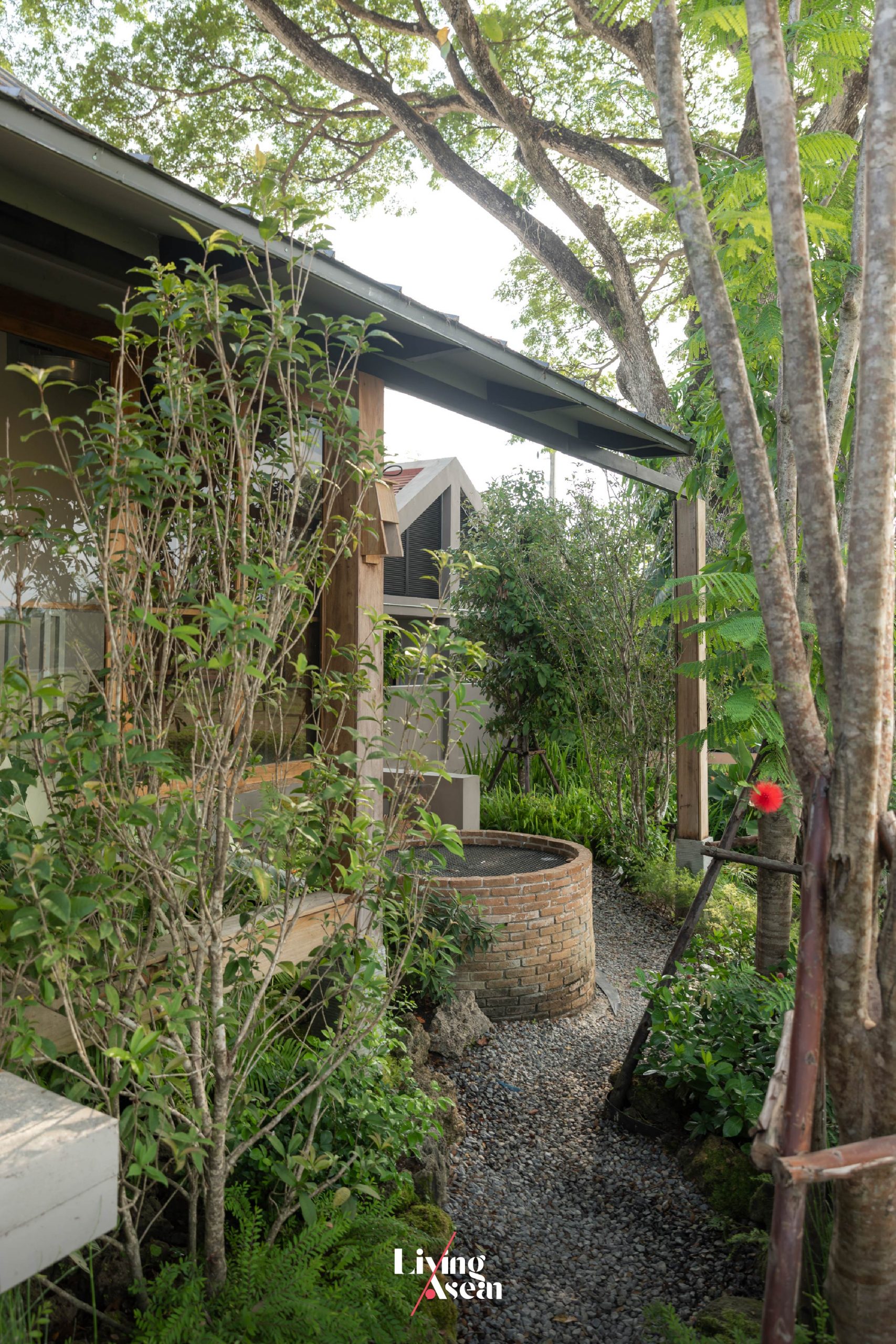
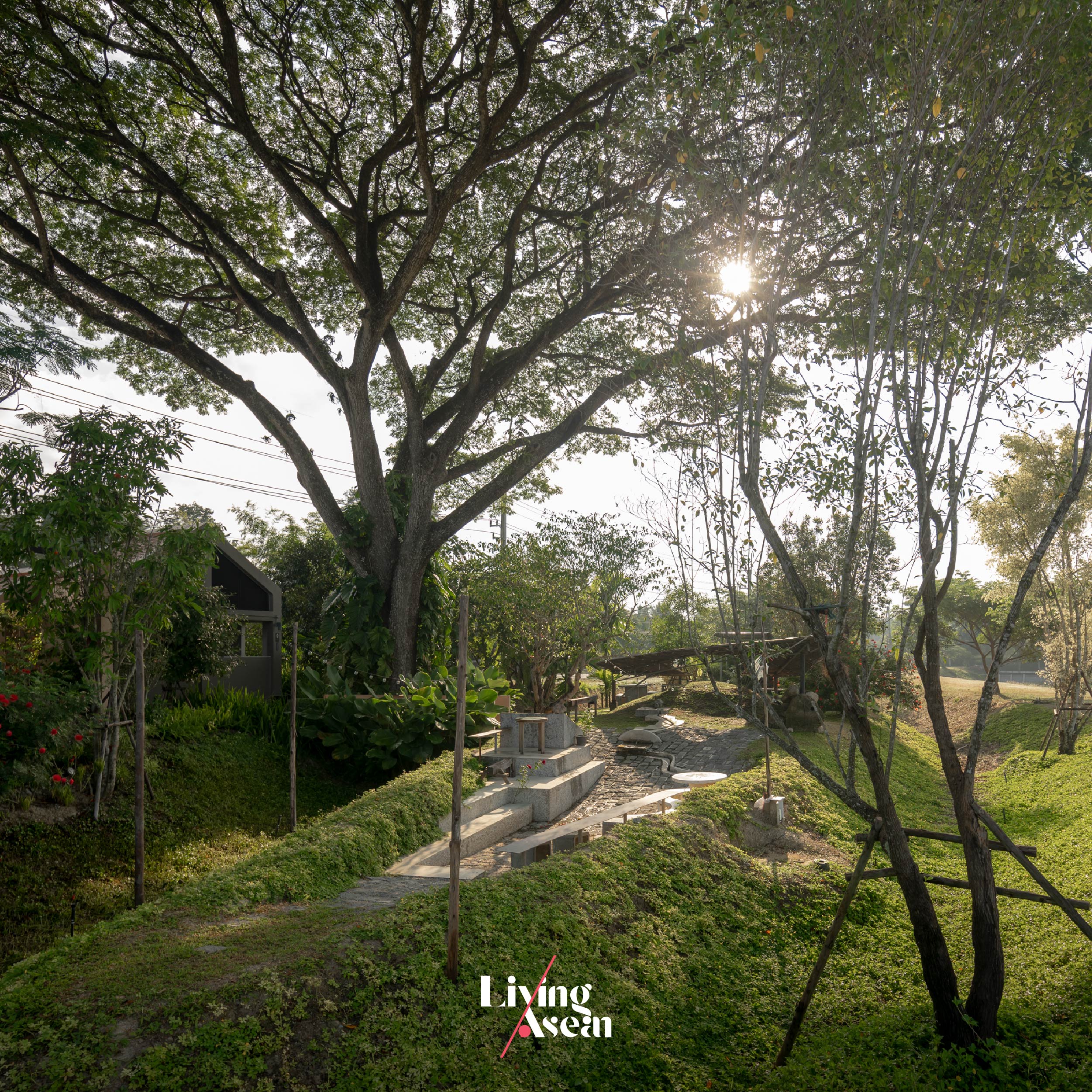
Rab-A-Bit is an intriguing combination of the culinary delights and crafts indigenous to the area. It’s built of solid natural wood by local artisans skilled in traditional carpentry. Walk in the door, and you come into a room bedecked with handicrafts of the Northern Region that give the restaurant its character. Together they blend perfectly with nature, becoming one with the rice fields around.
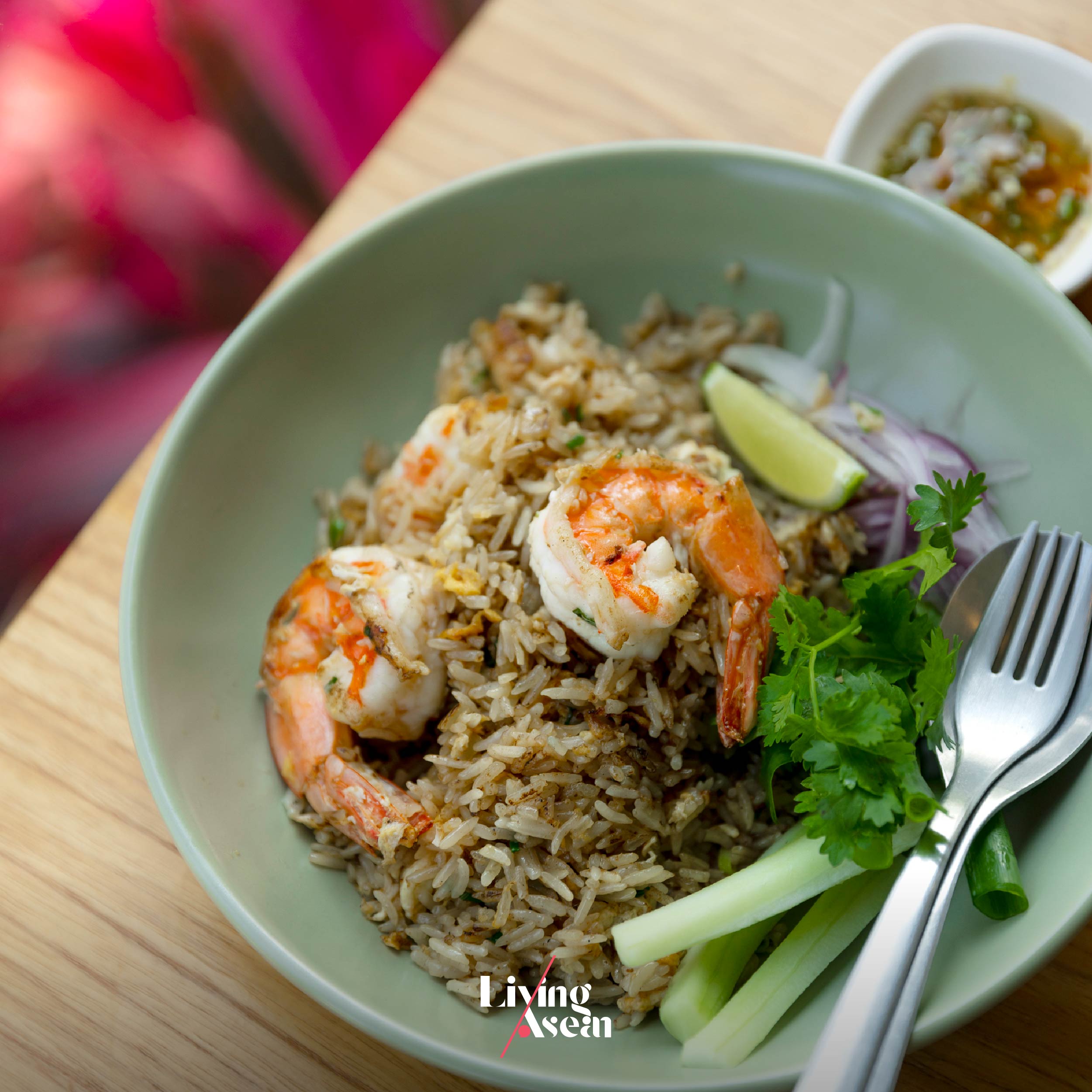
Clearly noticeable is the restaurant’s clean, simple appearance and attention to detail, while its flagship products are mainly authentic Thai dishes on a no-fuss menu. The restaurant owner’s specialties include shrimp fried rice that’s uncomplicated, easily accessible and very popular among the locals as well as foreigners.
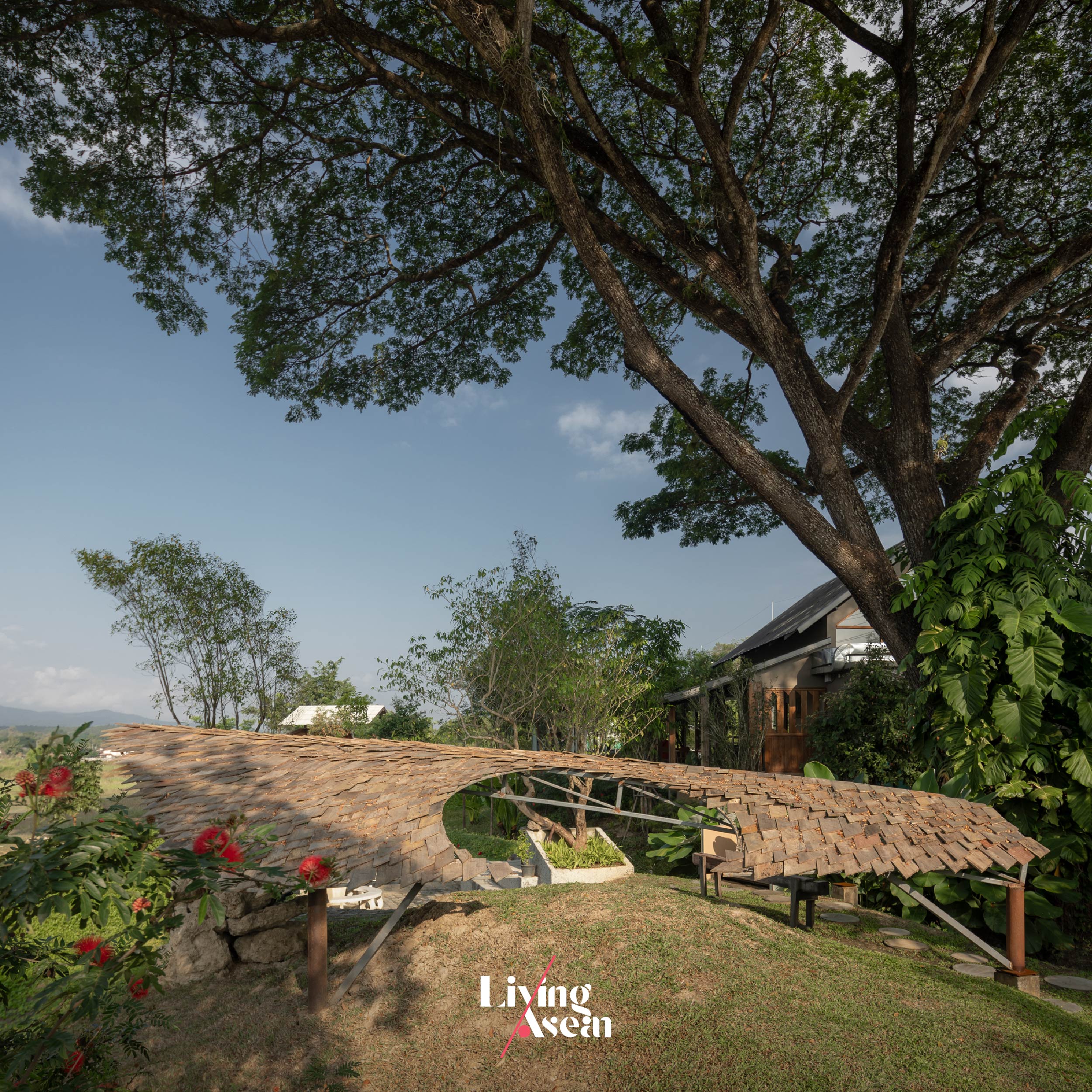
Rab-A-Bit is the story of a passion for doing small things with great love. It’s about the power of determination. As its name suggests, this place has enjoyed a good reputation that’s built bit by bit over the years, ultimately resulting in a piece of architecture that harmoniously blends with elements of the everyday landscapes in Chiang Mai.
Underneath it all is a design approach that seeks to minimize negative impacts on the environment, the society and the local economy as the region is tackling the problem of air pollution caused by seasonal slash-and-burn agriculture.
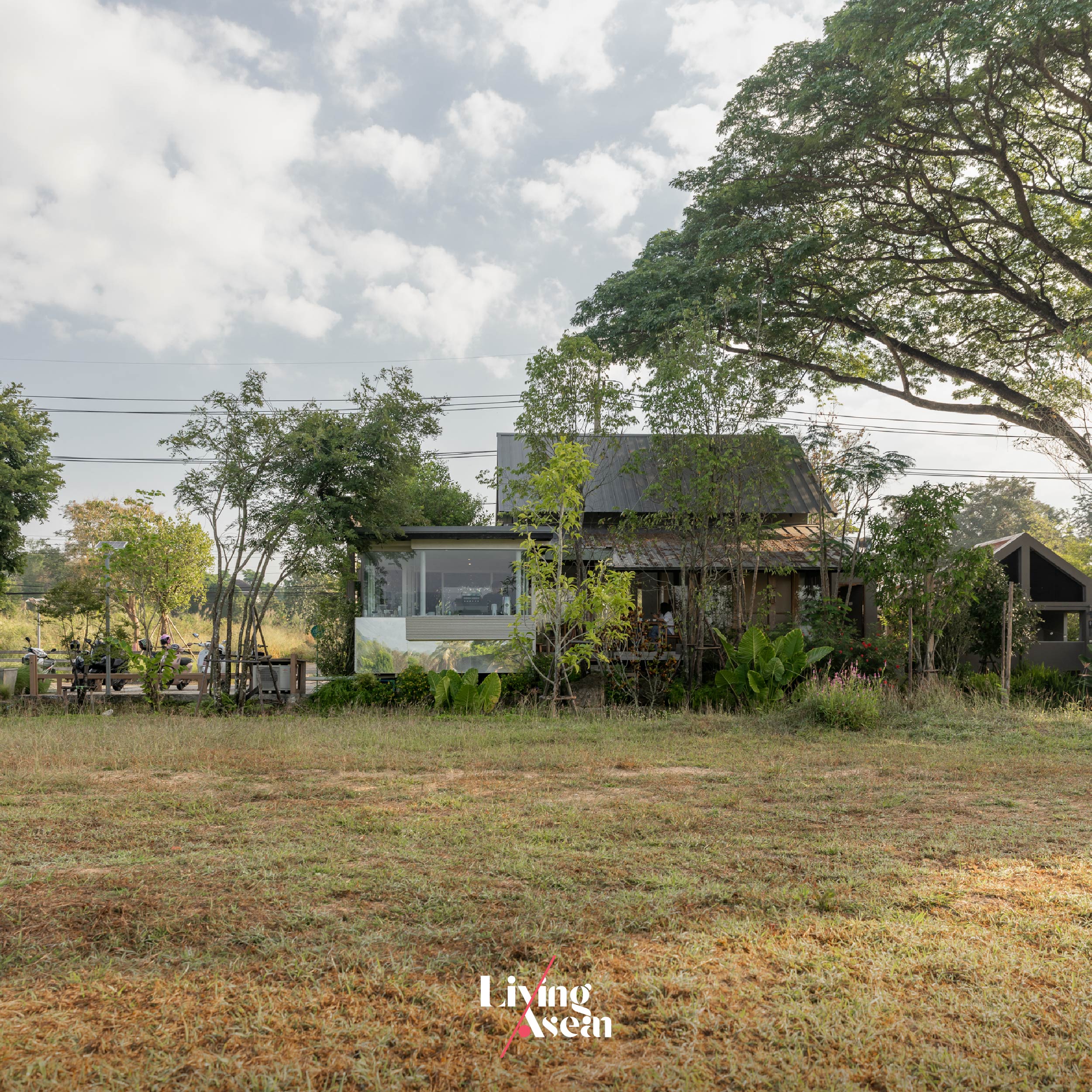
It’s obvious that sustainable design is the only way forward as shown in this restaurant that’s built of local materials by local people. It makes certain that a heritage of exquisite artisanship lives on. Add a unique dining experience, a welcoming atmosphere, and tasty healthy lunches and dinners to the list, and it’s easy to get why many come away impressed. Drop into Rab-A-Bit next time you’re in the area.
Architect: Housescape Design Lab
You may also like…
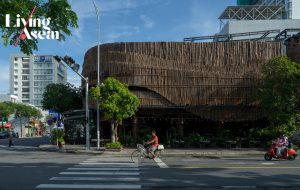 Baba Yaga Restaurant: A Restaurant Beautifully Renovated to Blend with the Surroundings
Baba Yaga Restaurant: A Restaurant Beautifully Renovated to Blend with the Surroundings
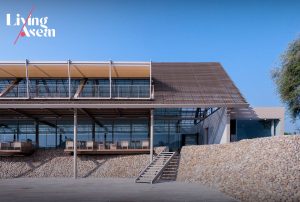 KAAN River Kwai Restaurant: A Nature-Inspired Riverside Restaurant Decorated with a Masterpiece of Stonework
KAAN River Kwai Restaurant: A Nature-Inspired Riverside Restaurant Decorated with a Masterpiece of Stonework


